With the calendar flipped to July, Giants.com asks 20 important questions heading into the team's 2020 training camp at the Quest Diagnostics Training Center.
For 20 days, a member of the Giants.com crew will answer one question about the roster, coaching staff, schedule, and much more.
No. 13: Which free-agent addition are you most interested to see in a Giants uniform?
Dan Salomone: Just follow the green dot. The player with it on his helmet is the one who relays play calls from the coordinator to the men in the huddle. On defense, that will most likely be Blake Martinez. Originally a fourth-round draft choice by Green Bay, Martinez leads the NFL with 441 tackles since 2017 and is second only to five-time All-Pro linebacker Bobby Wagner since he entered the league in 2016. He recorded double-digit tackles in 24 of his 61 games played. He also has familiarity with assistant head coach/defensive coordinator Patrick Graham, who was Martinez's position coach with the Packers in 2018.
"I love having the green dot," Martinez said when he signed with the Giants. "It's always been an awesome aspect that I've [been] able to have since my rookie year. I've grown more and more, and just understanding the things that I need to do within the huddle, out of the huddle, pre-snap, all those things that have just been growing throughout the years. I know Pat's extremely open and free with communication that he's going to allow me to do within a given series, within a given game. It's exciting for me to be able to have that freedom. I can't wait to be able to go out there and obviously, lead the Giants defense."
Whether you want to call him a tackling machine or cleanup guy, Martinez said his responsibility is not to let big plays happen. The Giants allowed 79 plays of at least 20 yards last season, tied with the Lions for the third-most in the NFL. There are a lot of intriguing newcomers on this roster, but Martinez is the quarterback of the revamped defense and a promising linebacker corps.
Lance Medow: If there's one statistic that is most synonymous with winning and losing games in the NFL, it's turnover differential. In 2019, the Giants had 33 giveaways (17 INT/16 FR), third-most in the league, just behind the Bucs (41) and Panthers (35). On defense, the Giants only recorded 16 takeaways (third-fewest in the NFL) to finish with a turnover differential of minus-17. which tied with the Chargers for last. It's no coincidence that these two teams finished with four and five wins, respectively.
Last season, the offense played just two clean games without turnovers. The first one didn't come until Week 14 in Philadelphia and, the second, two games later at Washington. In 11 of the other 14 games, the Giants turned over the ball at least two times in each contest and had six games with at least three giveaways. Daniel Jones was responsible for 23 of the team's 33 turnovers with 12 interceptions and 11 fumbles, including at least one lost fumble in five straight games from Weeks 7-12. No matter how you break down these numbers, the Giants need to cut down on their turnovers if they want to maximize possessions and take pressure off the defense.
Turnovers and the lack of scoring go hand in hand, and that was brought to the forefront in 2019. Last season, the Giants averaged just over 21 points per game (tied for 18th in the NFL). In nine of their 16 games, they failed to score at least 20 points. If you turn over the ball at the rate New York did last season, you're going to lose possessions/scoring opportunities. The message for this season is crystal clear: protect the ball at all costs.
John Schmeelk: Last season, the Giants ranked 29th in the NFL with 7.6 yards allowed per pass play - this put them in the bottom quarter of the league with the Bengals, Raiders, Dolphins, Cardinals, Lions, Jaguars and Falcons (all non-playoff teams). Six selected in the Top 10 of the draft, and four, including the Giants, were in the Top 5.
I don't care what the Giants do offensively, or against the run defensively. None of it will mean anything if they don't creep their way closer to the middle of the league in yards allowed per pass play. Staying near the bottom of those rankings would inhibit the offense from sticking with a run-first philosophy and force them into too many passing situations that can lead to more turnovers.
There are two facets to improving the pass defense: pass rush and coverage. Spare James Bradberry, the Giants lack established players with long track records in either area of the defense. Lorenzo Carter, Oshane Ximines or Kyler Fackrell need to be consistent pass rushers. Multiple players from the young defensive back group are going to have to step up to be starting caliber NFL players. The season depends on it.
John Schmeelk: Cornerback James Bradberry. The Giants' biggest question mark coming off last season was their pass defense. They released Janoris Jenkins and carried over a room full of young cornerbacks. They needed a veteran to come into the room, be a stabilizing force and bring some experience covering the opponent's best receiver.
In Carolina, Bradberry consistently followed receivers such as Mike Evans, Michael Thomas and Julio Jones no matter where they lined up. I would expect him to do the same for the Giants. Defensive coordinator Patrick Graham could also put Bradberry on an island against the opponent's second-best receiver and run double-teams against its top wideout.
The Giants' pass defense will be the key to the season, and no player affects that more than their top cornerback. When Bradberry was brought in this offseason, he immediately became that player. He will impact the team more than any new addition, and perhaps even more than any other player on the roster not named Daniel Jones.
View photos of every roster addition made by the Giants this offseason.


OT Andrew Thomas
(AP Photo/John Bazemore, File)
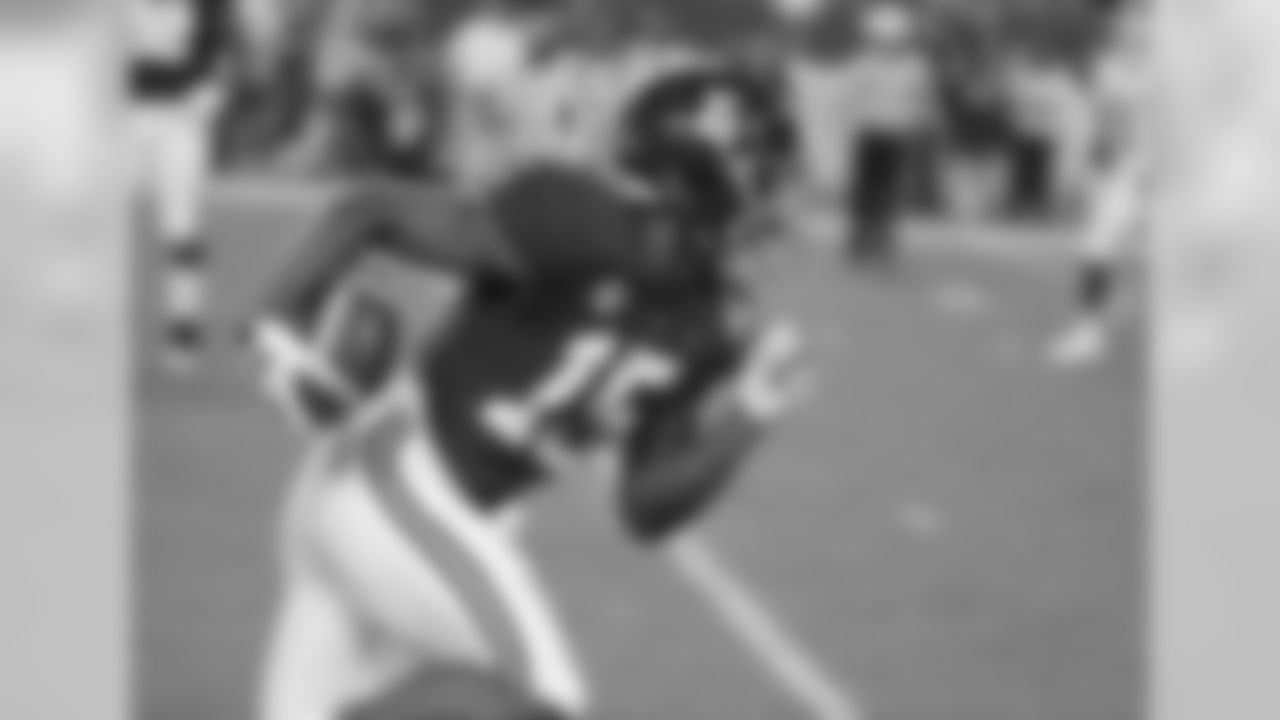
S Xavier McKinney
(AP Photo/Wilfredo Lee)

OT Matt Peart
(AP Photo/Phelan M. Ebenhack)

CB Darnay Holmes
(AP Photo/Rick Scuteri)

OL Shane Lemieux
(AP Photo/Rick Scuteri)

LB Cam Brown
(AP Photo/Doug McSchooler)

LB Carter Coughlin
(AP Photo/Michael Conroy)

LB T.J. Brunson
(AP Photo/Sean Rayford)

DB Chris Williamson
(AP Photo/Stacy Bengs)

LB Tae Crowder
(AP Photo/John Amis)

CB James Bradberry
(AP Photo/Brian Blanco)
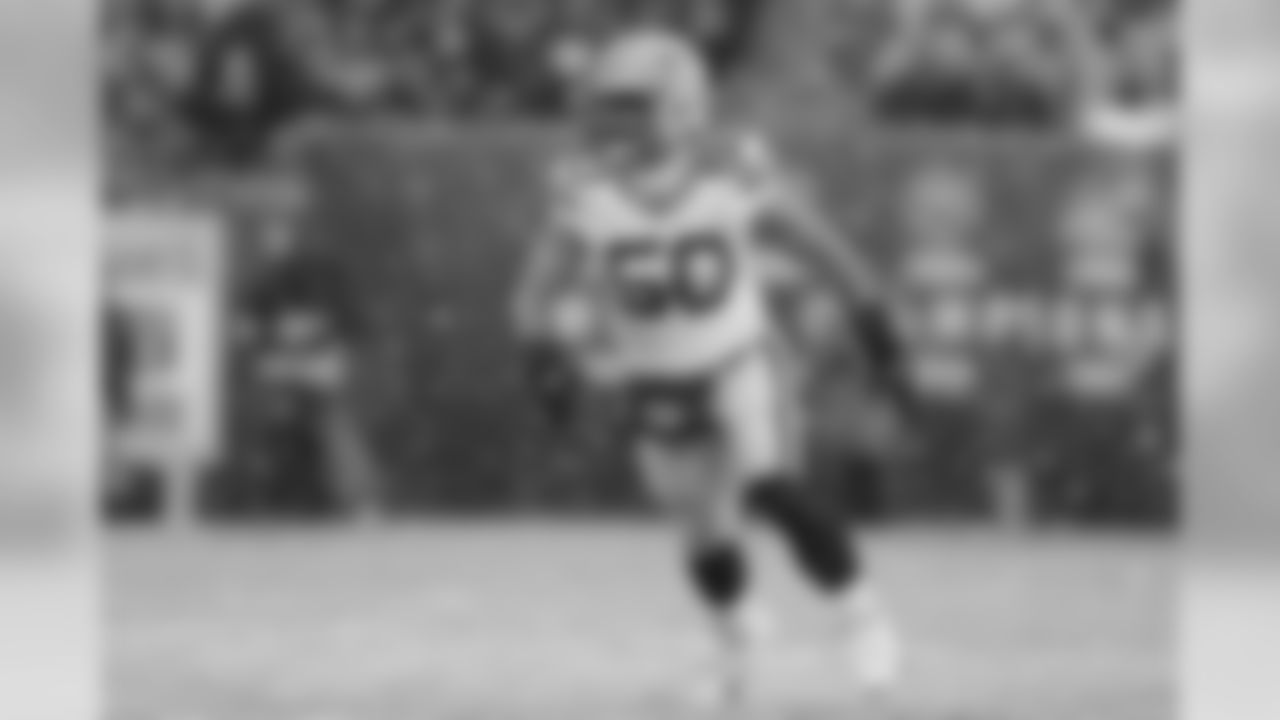
LB Blake Martinez
(AP Photo/Steve Luciano)

LB Kyler Fackrell
(AP Photo/Morry Gash)

OT Cam Fleming
(AP Photo/Michael Ainsworth)

RB Dion Lewis
(AP Photo/James Kenney)

LS Casey Kreiter
(AP Photo/David Zalubowski)

DL Austin Johnson
(AP Photo/James Kenney)

S Nate Ebner
(Ryan Kang via AP)

QB Colt McCoy
(AP Photo/Nick Wass)
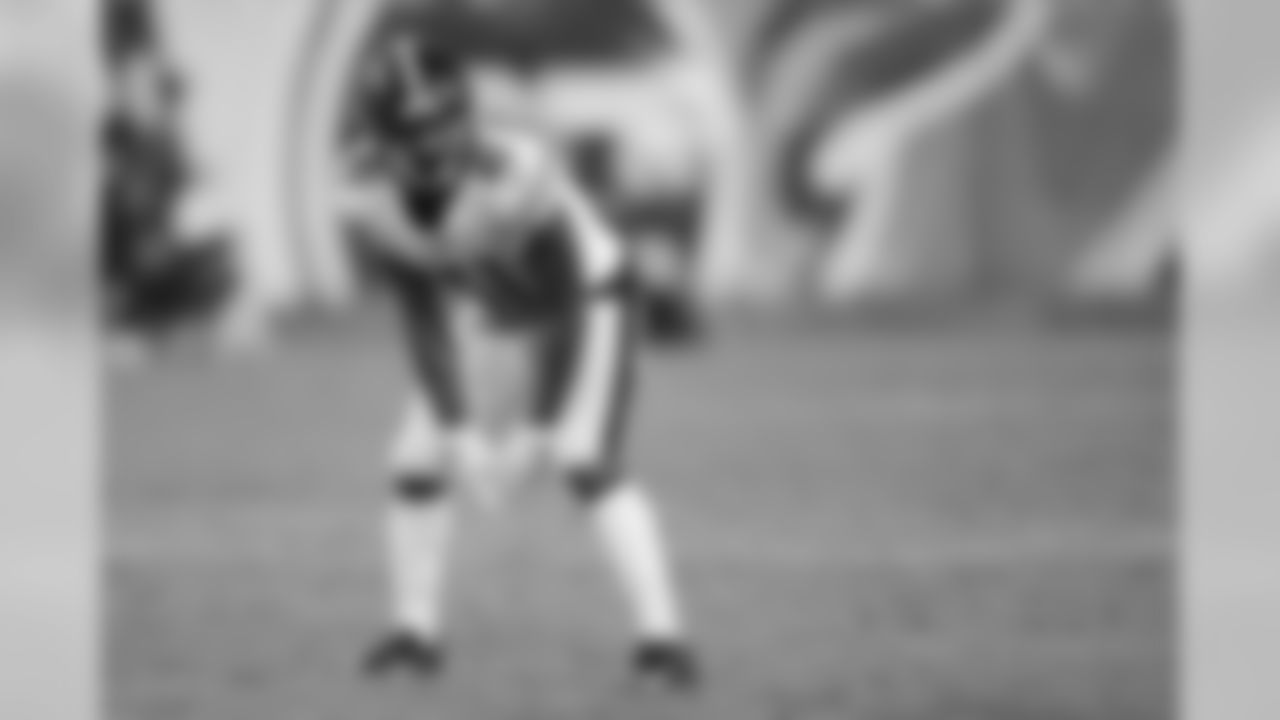
DB Dravon Askew-Henry
(AP Photo/James Kenney)

K Chandler Catanzaro

TE Levine Toilolo
(AP Photo/Tony Avelar)

S Montre Hartage
(AP Photo/Butch Dill)

Dallas Cowboys quarterback Cooper Rush (7) passes during an NFL football game against the San Francisco 49ers, Saturday, Aug. 10, 2019 in Santa Clara, Calif. The 49ers defeated the Cowboys 17-9. (Greg Trott via AP)

S Jaquarius Landrews
(AP Photo/Rogelio V. Solis)

RB Javon Leake
(AP Photo/Chris Szagola)

WR Austin Mack
(AP Photo/Jay LaPrete)

T Kyle Murphy
(AP Photo/Michael Conroy)

WR Derrick Dillon
(AP Photo/Ross D. Franklin)

WR Binjimen Victor
(AP Photo/Michael Conroy)

TE Kyle Markway
(AP Photo/Sean Rayford)

OLB Dominique Ross
(AP Photo/Gerry Broome)

DE Dana Levine
(AP Photo/Chris O'Meara)

DE Oluwole Betiku
(AP Photo/Holly Hart)

OT Tyler Haycraft (60)
(AP Photo/Mark Humphrey)

QB Case Cookus, Northern Arizona


DB Malcolm Elmore, Central Methodist

DE Niko Lalos, Dartmouth

TE Rysen John

DB Dravon Askew-Henry
(Ryan Kang via AP)

DB Dravon Askew-Henry
(Joe Robbins via AP)

DB Dravon Askew-Henry
(AP Photo/Barry Reeger)

DB Dravon Askew-Henry
(Ryan Kang via AP)

LS Casey Kreiter
(AP Photo/Rick Scuteri)

LS Casey Kreiter
(AP Photo/Jack Dempsey)

LS Casey Kreiter
(AP Photo/David Zalubowski)

LS Casey Kreiter
(AP Photo/Jack Dempsey)

DL Austin Johnson
(Scott Boehm via AP)

DL Austin Johnson
(AP Photo/Michael Ainsworth)

DL Austin Johnson
(Scott Boehm via AP)

DL Austin Johnson
(Paul Spinelli via AP)

RB Dion Lewis
(AP Photo/Ed Zurga)

RB Dion Lewis
(AP Photo/Mark Zaleski)

RB Dion Lewis
(AP Photo/James Kenney)

RB Dion Lewis
(AP Photo/Brian Blanco)

QB Colt McCoy
(AP Photo/Michael Ainsworth)

QB Colt McCoy
(AP Photo/Nick Wass)

QB Colt McCoy
(AP Photo/Nick Wass)

QB Colt McCoy
(AP Photo/Nick Wass)

S Nate Ebner
(AP Photo/Charles Krupa)

S Nate Ebner
(AP Photo/Aaron M. Sprecher)

S Nate Ebner
(AP Photo/Steven Senne)

S Nate Ebner
(Al Tielemans via AP)

OT Cam Fleming
(AP Photo/Josie Lepe)

OT Cam Fleming
(AP Photo/Roger Steinman)

OT Cam Fleming
(AP Photo/Roger Steinman)

OT Cam Fleming
(AP Photo/Josie Lepe)

OLB Kyler Fackrell
(AP Photo/Charles Rex Arbogast, File)

LB Kyler Fackrell
(AP Photo/Bill Kostroun)

OLB Kyler Fackrell
(Scott Boehm via AP)

LB Kyler Fackrell
(AP Photo/Elaine Thompson)

CB James Bradberry
(AP Photo/Mike McCarn)
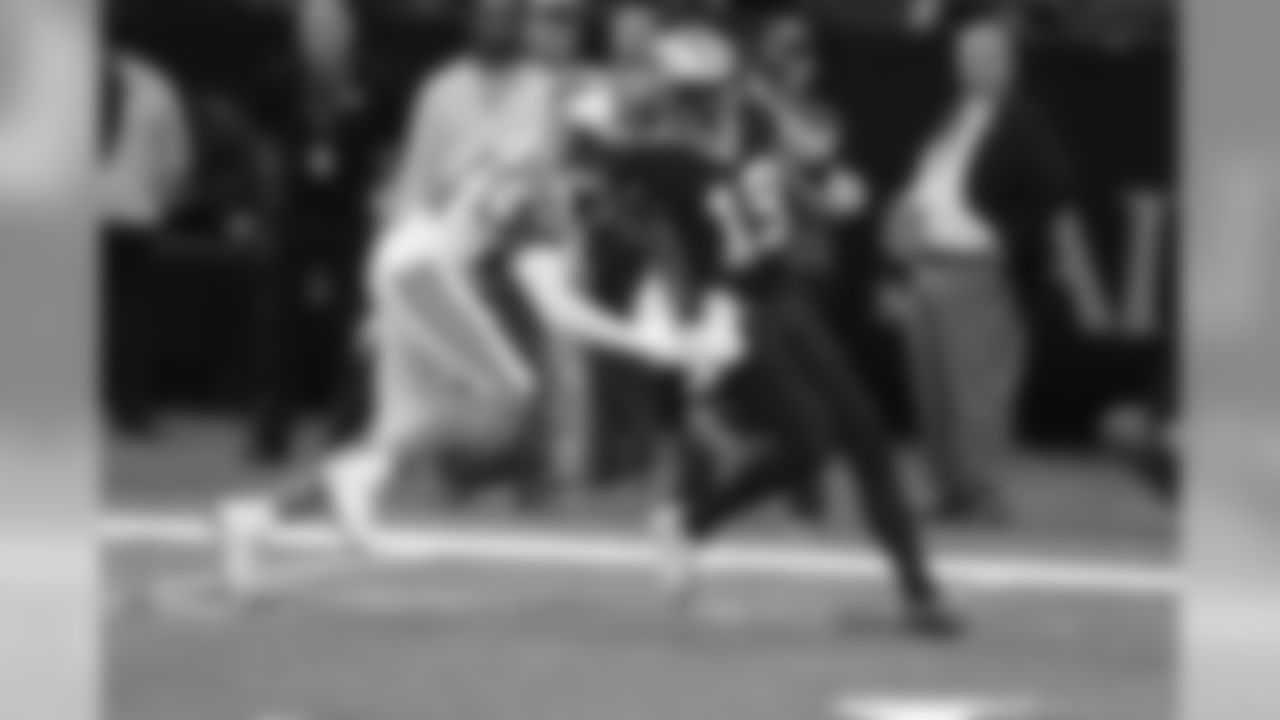
CB James Bradberry
(AP Photo/Butch Dill)

CB James Bradberry
(AP Photo/Brian Blanco)

CB James Bradberry
(AP Photo/Charles Krupa)

LB Blake Martinez
(AP Photo/Rick Osentoski)

LB Blake Martinez
(AP Photo/Duane Burleson)

LB Blake Martinez
(Ryan Kang via AP)

LB Blake Martinez
(Aaron M. Sprecher via AP)

TE Levine Toilolo
(G. Newman Lowrance via AP)

TE Levine Toilolo
(Kevin Terrell via AP)

TE Levine Toilolo (Greg Trott via AP)

TE Levine Toilolo (Kevin Terrell via AP)

S Montre Hartage
(Logan Bowles via AP)

S Montre Hartage
(Logan Bowles via AP)

S Montre Hartage
(AP Photo/Lynne Sladky)

S Montre Hartage
(Logan Bowles via AP)

Dallas Cowboys quarterback Cooper Rush (7) in the first half during an NFL football game against the Philadelphia Eagles, Sunday, Oct. 20, 2019, in Arlington, Texas. (Rick Scuteri via AP)

Dallas Cowboys quarterback Cooper Rush (7) tosses a pass during pregame of an NFL football game against the Detroit Lions, Sunday, Nov. 17, 2019, in Detroit. (AP Photo/Duane Burleson)

Dallas Cowboys quarterback Cooper Rush (7) rolls out to pass during a NFL football game against the Houston Texans, Saturday, Aug. 24, 2019 in Arlington, Tex. The Cowboys won the game 34-0. (Paul Jasienski via AP)

Dallas Cowboys quarterback Cooper Rush (7) scrambles up the middle during a 2019 NFL week 2 preseason game against the Los Angeles Rams, Saturday, August 17, 2019 in Honolulu. The Cowboys defeated the Rams, 14-10. (James D. Smith via AP)

OT Andrew Thomas
(AP Photo/John Amis)

OT Andrew Thomas
(AP Photo/John Bazemore)

OT Andrew Thomas
(AP Photo/Mark Humphrey, File)
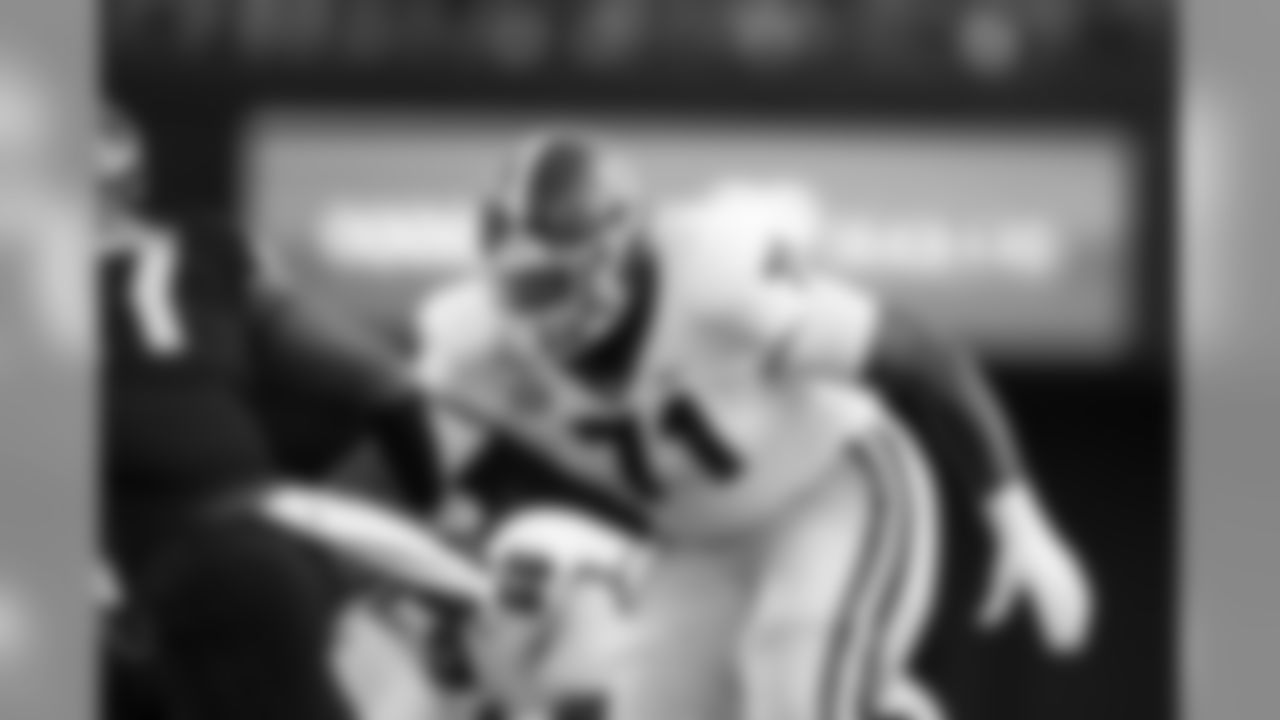
OT Andrew Thomas
(AP Photo/Brett Carlsen)

S Xavier McKinney
(AP Photo/Vasha Hunt)

S Xavier McKinney
(AP Photo/Sam Craft, File)

S Xavier McKinney
(AP Photo/Marvin Gentry)

S Xavier McKinney
(AP Photo/Richard Shiro)

OT Matt Peart
(AP Photo/Phelan M. Ebenhack)

OT Matt Peart
(AP Photo/Stephen Dunn)

OT Matt Peart
(AP Photo/Phelan M. Ebenhack)
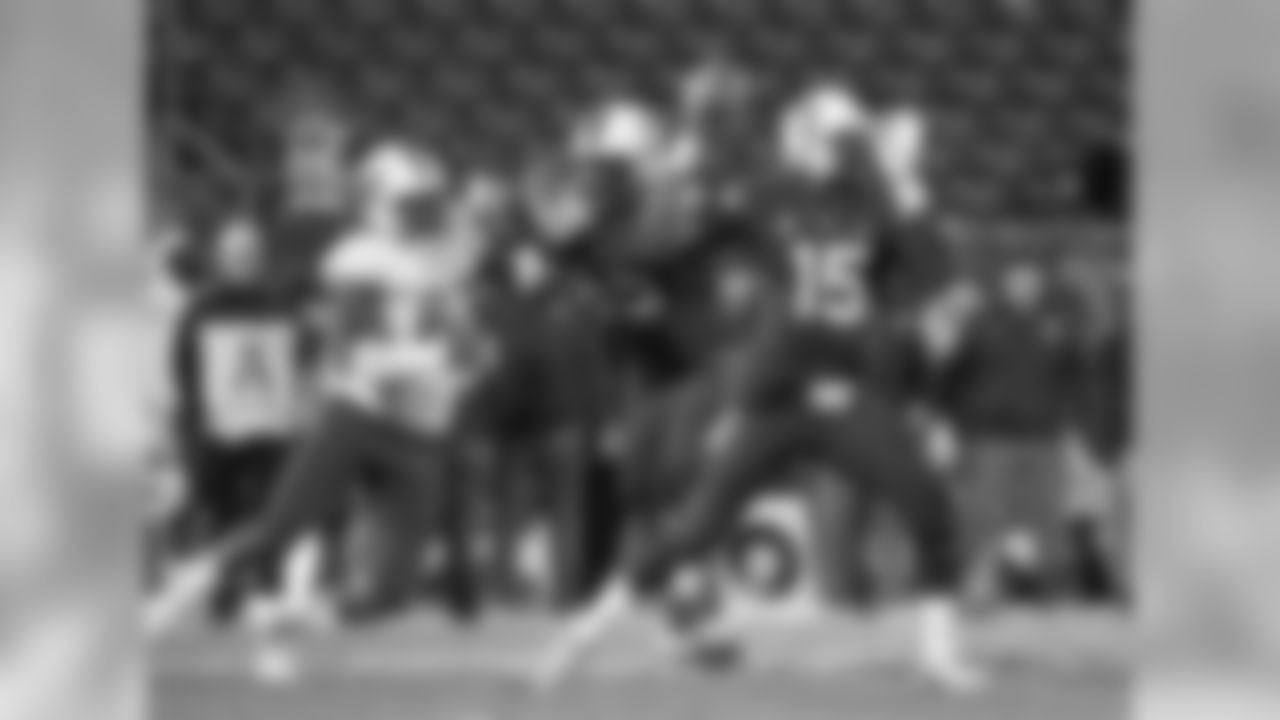
OT Matt Peart
(AP Photo/Mary Schwalm)

CB Darnay Holmes
(AP Photo/Rick Scuteri)

CB Darnay Holmes
(AP Photo/Rick Scuteri)

CB Darnay Holmes
(AP Photo/Mark J. Terrill)

CB Darnay Holmes
(AP Photo/Marcio Jose Sanchez)

OL Shane Lemieux
(AP Photo/Tony Avelar, File)

OL Shane Lemieux
(AP Photo/Rick Scuteri, File)

OL Shane Lemieux
(AP Photo/Tony Avelar)

OL Shane Lemieux
(AP Photo/Tony Avelar, File)

LB Cam Brown
(AP Photo/Barry Reeger)

LB Cam Brown
(AP Photo/Gene J. Puskar)

LB Cam Brown
(AP Photo/Chris Knight)

LB Cam Brown
(AP Photo/Chris Knight)
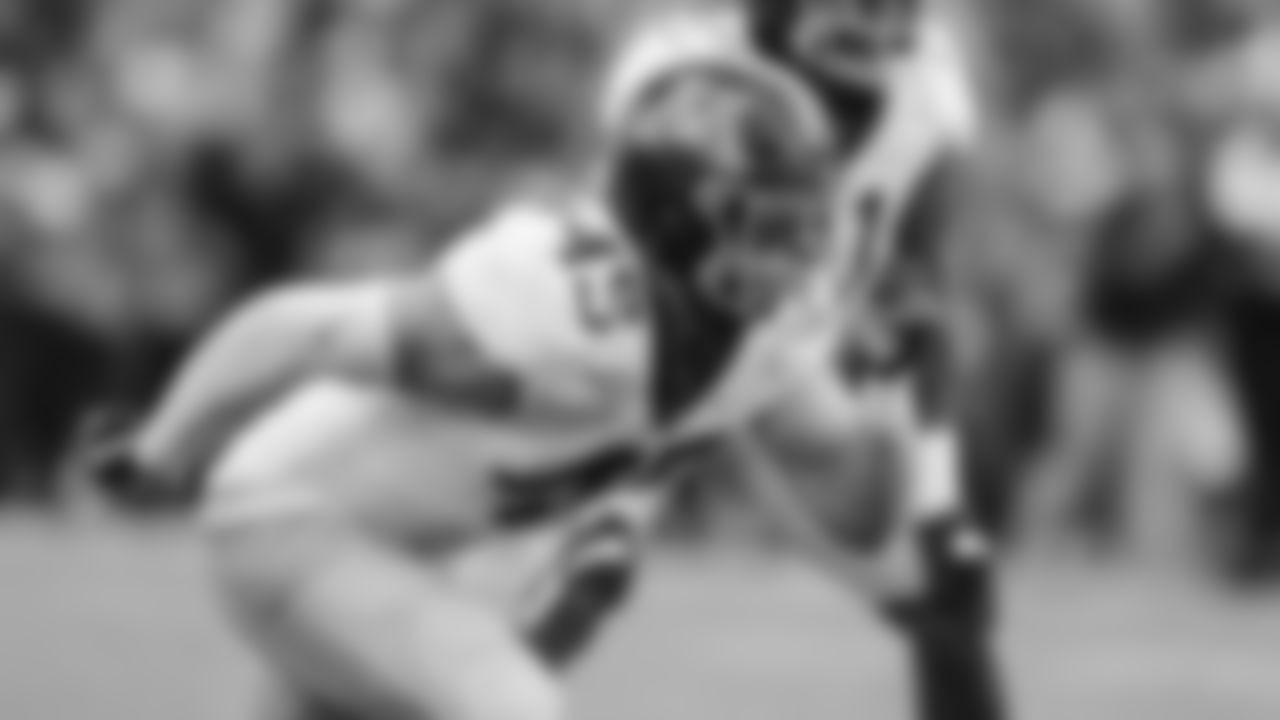
LB Carter Coughlin
(AP Photo/Michael Conroy)

LB Carter Coughlin
(AP Photo/Michael Conroy)
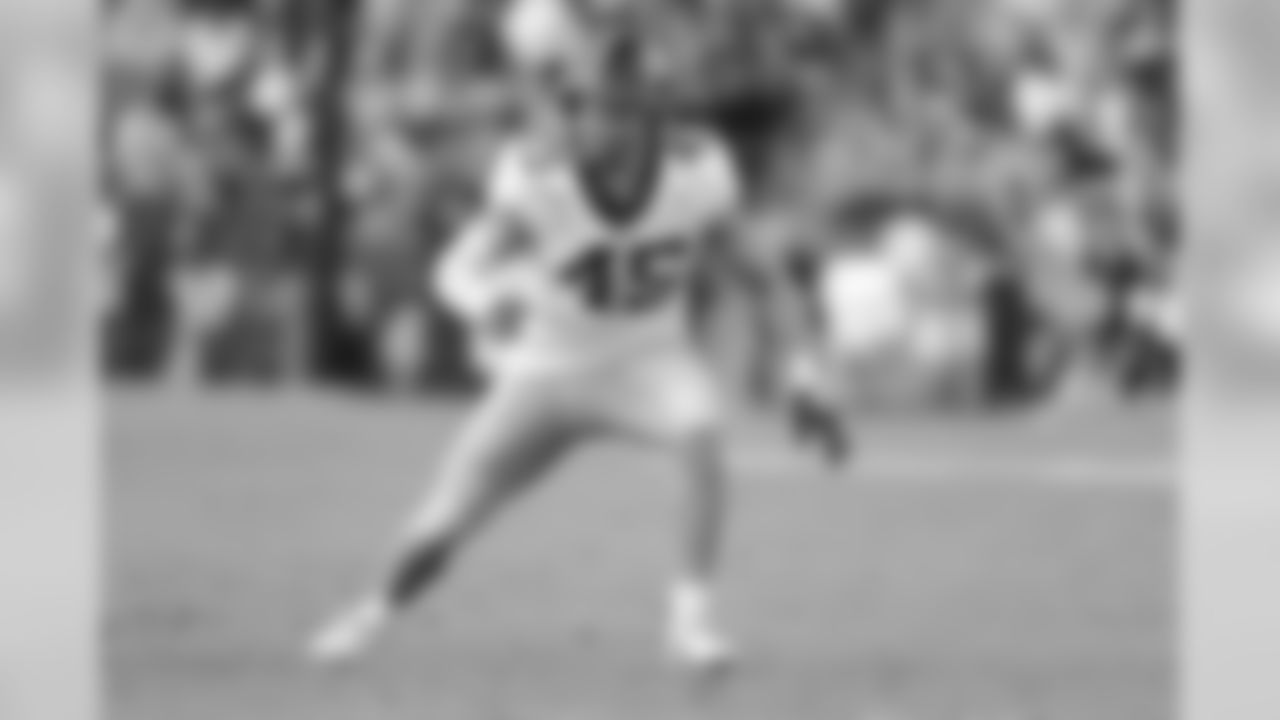
LB Carter Coughlin
(AP Photo/Michael Conroy)

LB Carter Coughlin
(AP Photo/Stacy Bengs)

LB T.J. Brunson
(AP Photo/Sean Rayford)

LB T.J. Brunson
(AP Photo/Sean Rayford, File)
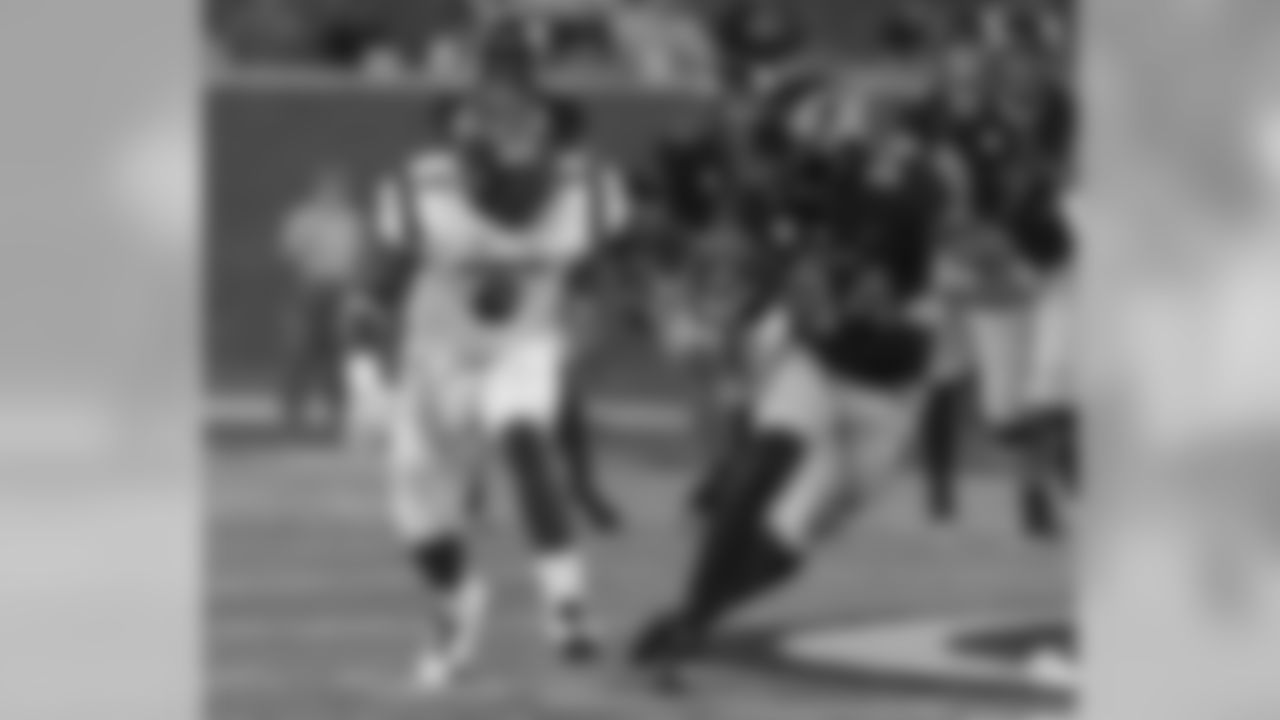
LB T.J. Brunson
(AP Photo/L.G. Patterson)

LB T.J. Brunson
(AP Photo/John Raoux)

DB Chris Williamson
(AP Photo/Stacy Bengs)

DB Chris Williamson (AP Photo/Stacy Bengs)

DB Chris Williamson
(AP Photo/Stacy Bengs)
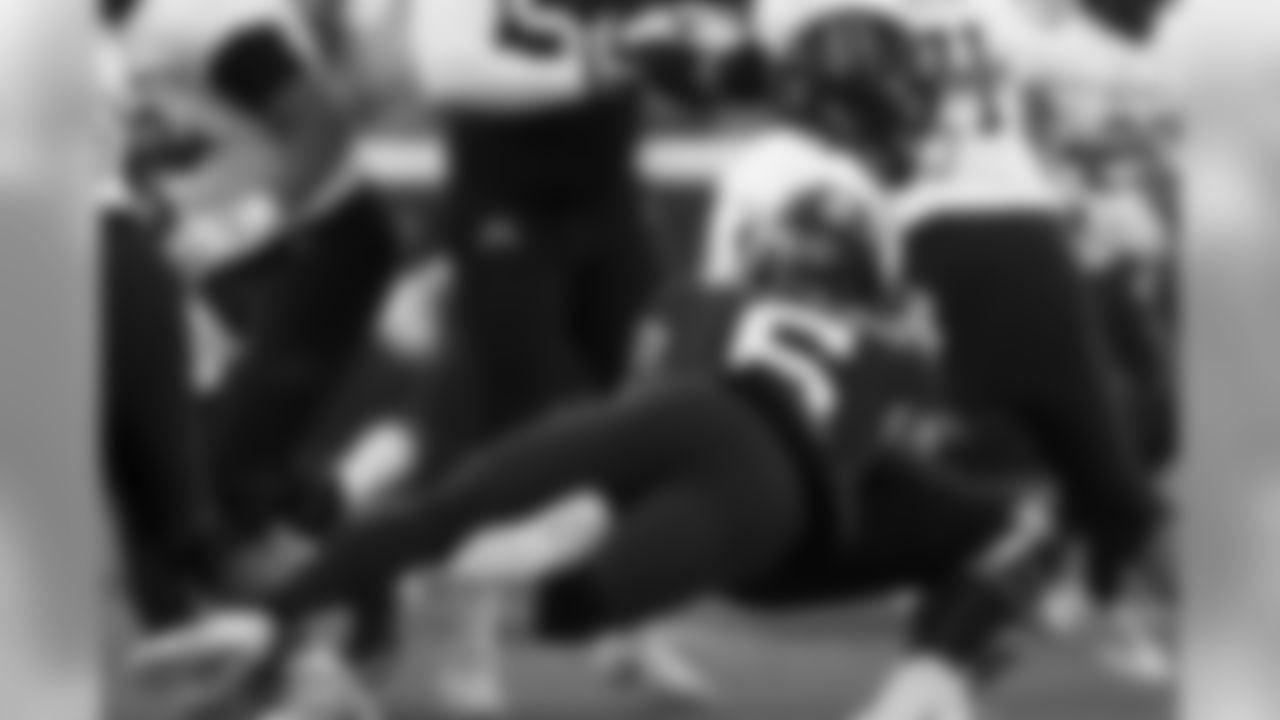
DB Chris Williamson
(AP Photo/Stacy Bengs)

LB Tae Crowder
(AP Photo/Bill Feig)

LB Tae Crowder
(AP Photo/Mike Stewart)
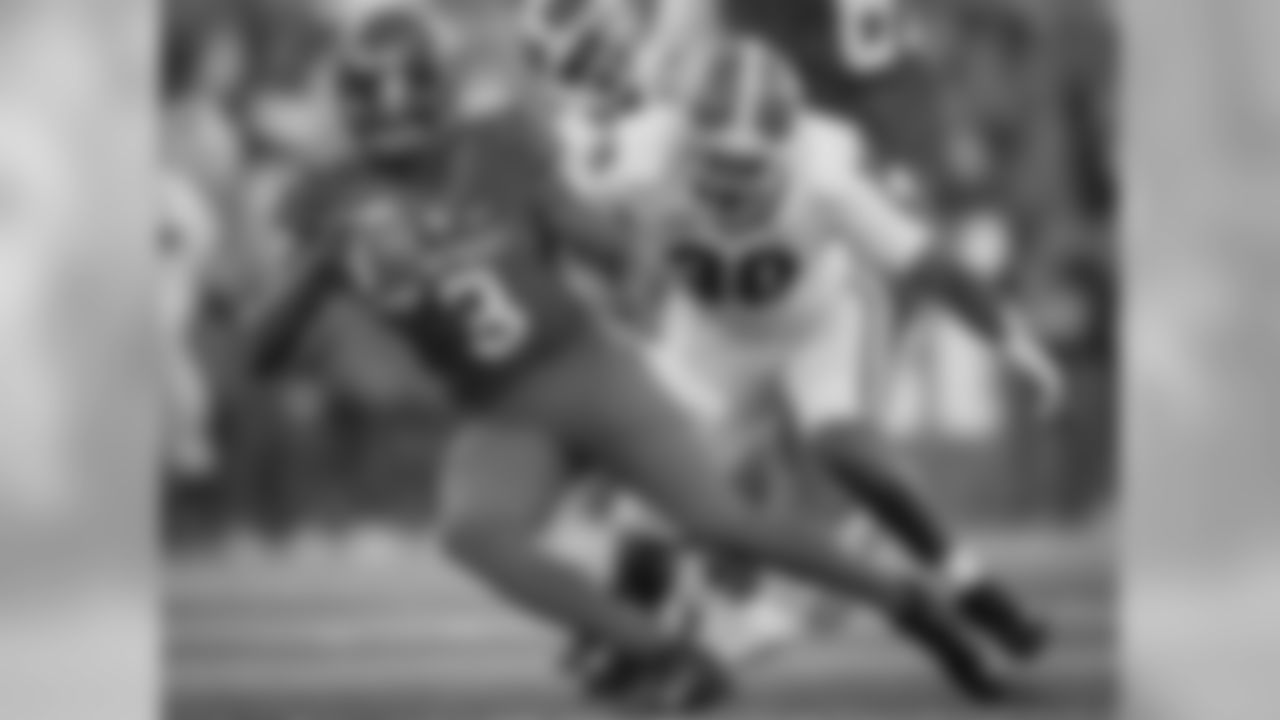
LB Tae Crowder
(AP Photo/Bryan Woolston)

LB Tae Crowder
(AP Photo/John Amis)

S Jaquarius Landrews
(AP Photo/Rogelio V. Solis)

S Jaquarius Landrews
(AP Photo/Rogelio V. Solis)

S Jaquarius Landrews
(AP Photo/Mark Humphrey)

S Jaquarius Landrews
(AP Photo/Rogelio V. Solis)

RB Javon Leake
(AP Photo/Nick Wass)
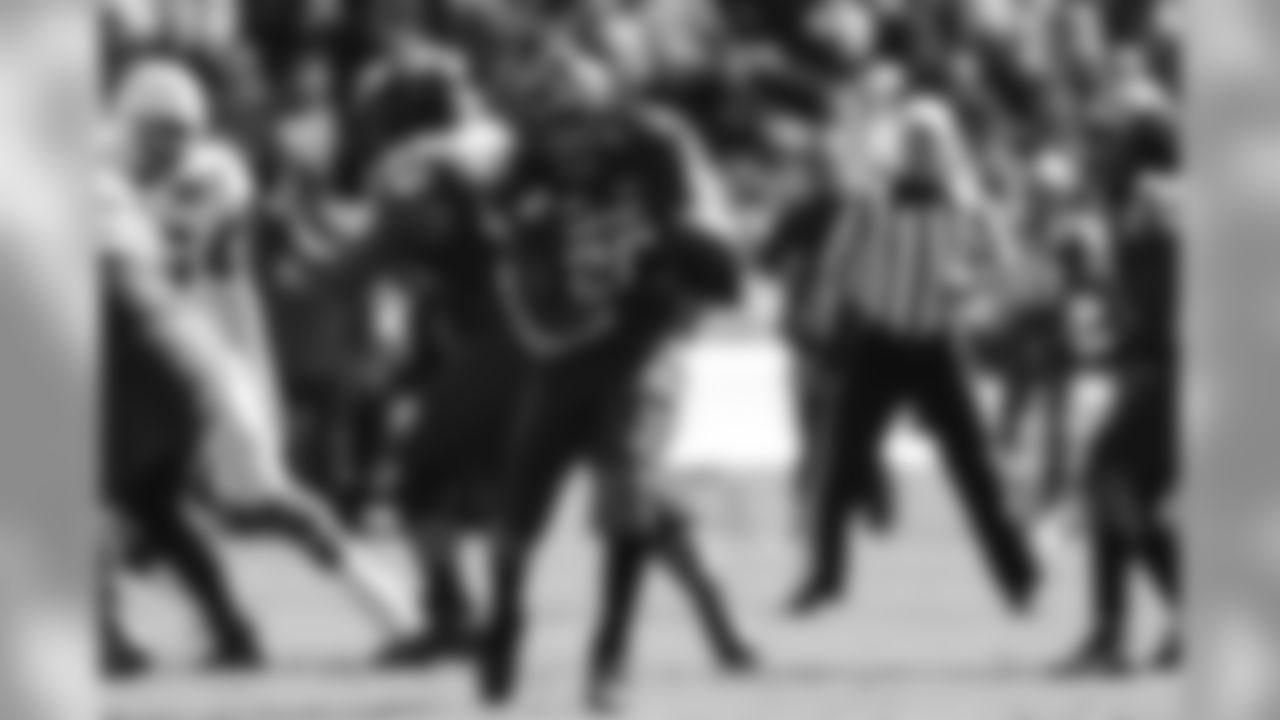
RB Javon Leake
(AP Photo/Michael Conroy)
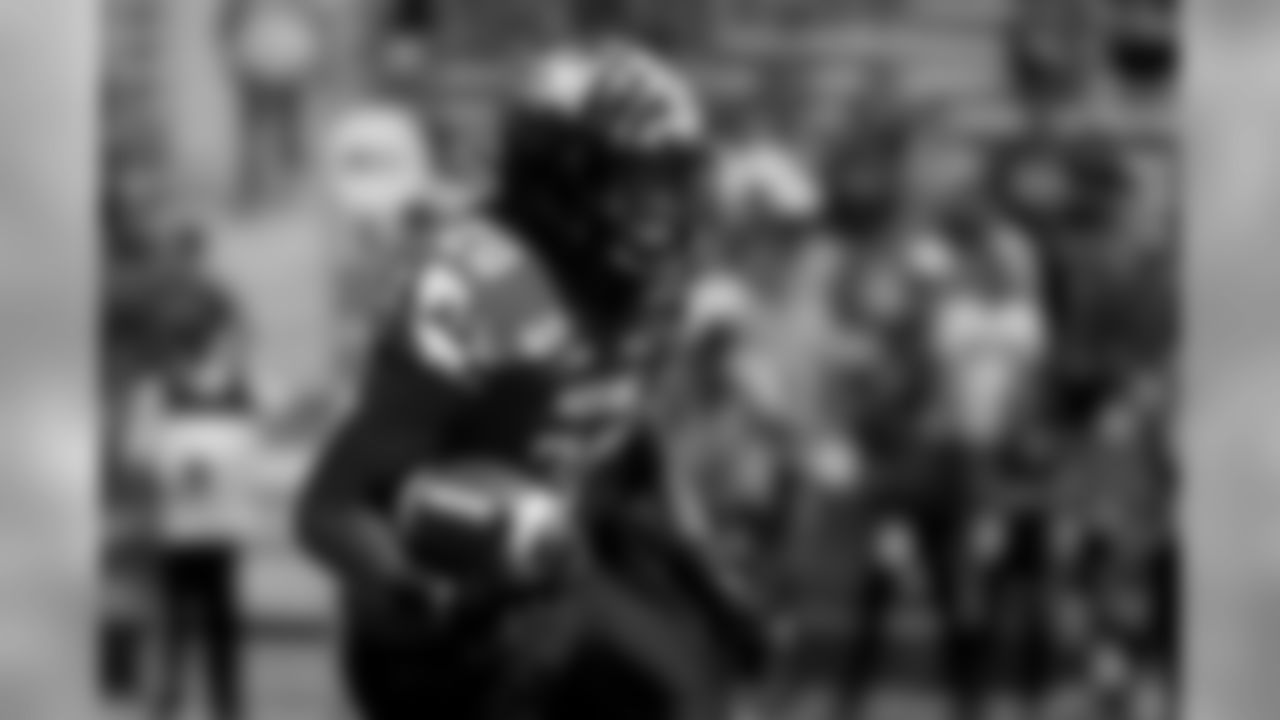
RB Javon Leake
(AP Photo/Will Newton)

RB Javon Leake
(AP Photo/Doug McSchooler)

WR Austin Mack
(AP Photo/Paul Sancya)

WR Austin Mack
(AP Photo/Charles Rex Arbogast)

WR Austin Mack
(AP Photo/Jay LaPrete)
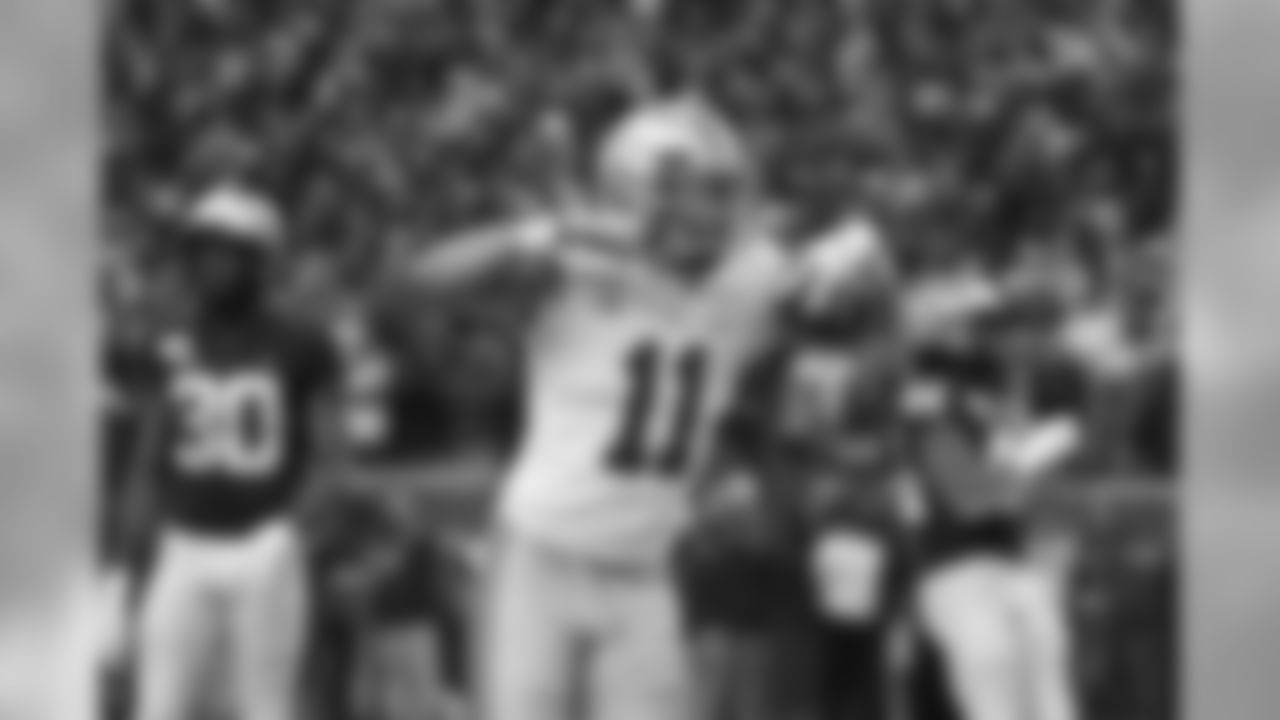
WR Austin Mack
(AP Photo/Paul Sancya)

T Kyle Murphy
(AP Photo/Charlie Neibergall)

T Kyle Murphy
(AP Photo/Charlie Neibergall)

T Kyle Murphy
(AP Photo/Michael Conroy)

T Kyle Murphy
(AP Photo/Charlie Neibergall)

WR Derrick Dillon
(AP Photo/Gerald Herbert)

WR Derrick Dillon
(AP Photo/Rick Scuteri)

WR Derrick Dillon
(AP Photo/Rick Scuteri)
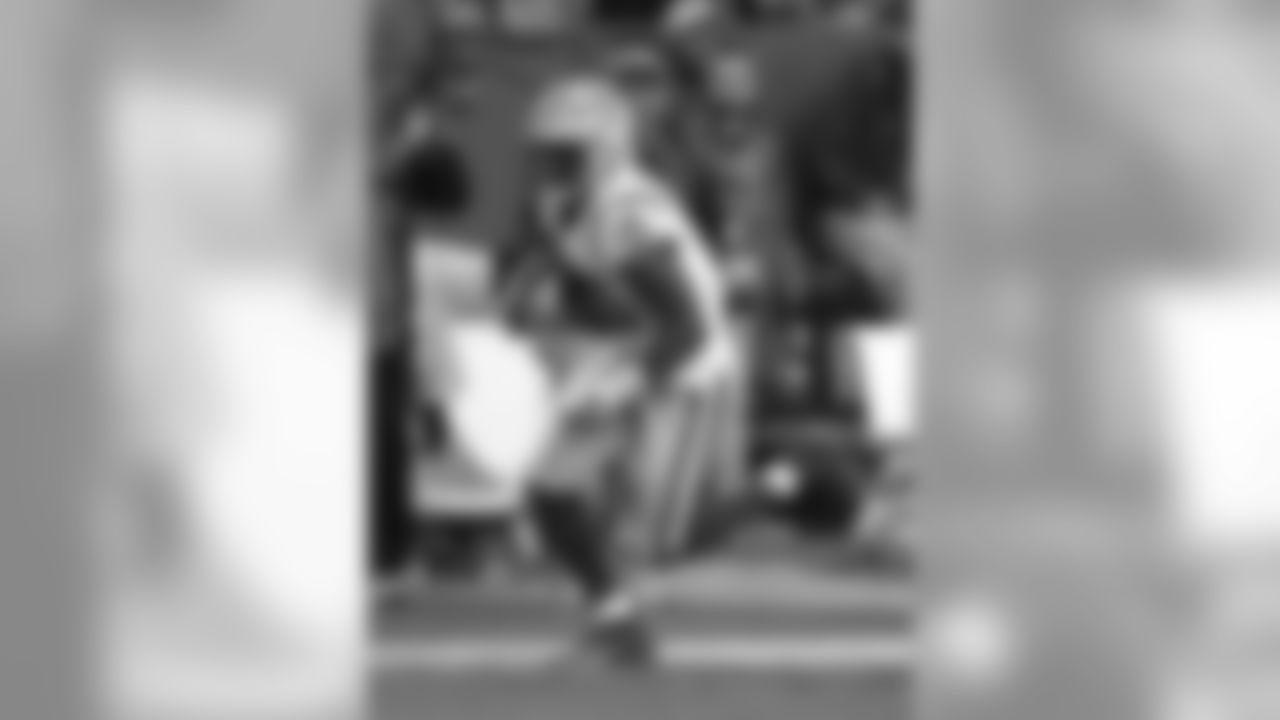
WR Derrick Dillon
(AP Photo/Rick Scuteri)

WR Binjimen Victor
(AP Photo/Jay LaPrete)

WR Binjimen Victor
(AP Photo/AJ Mast)
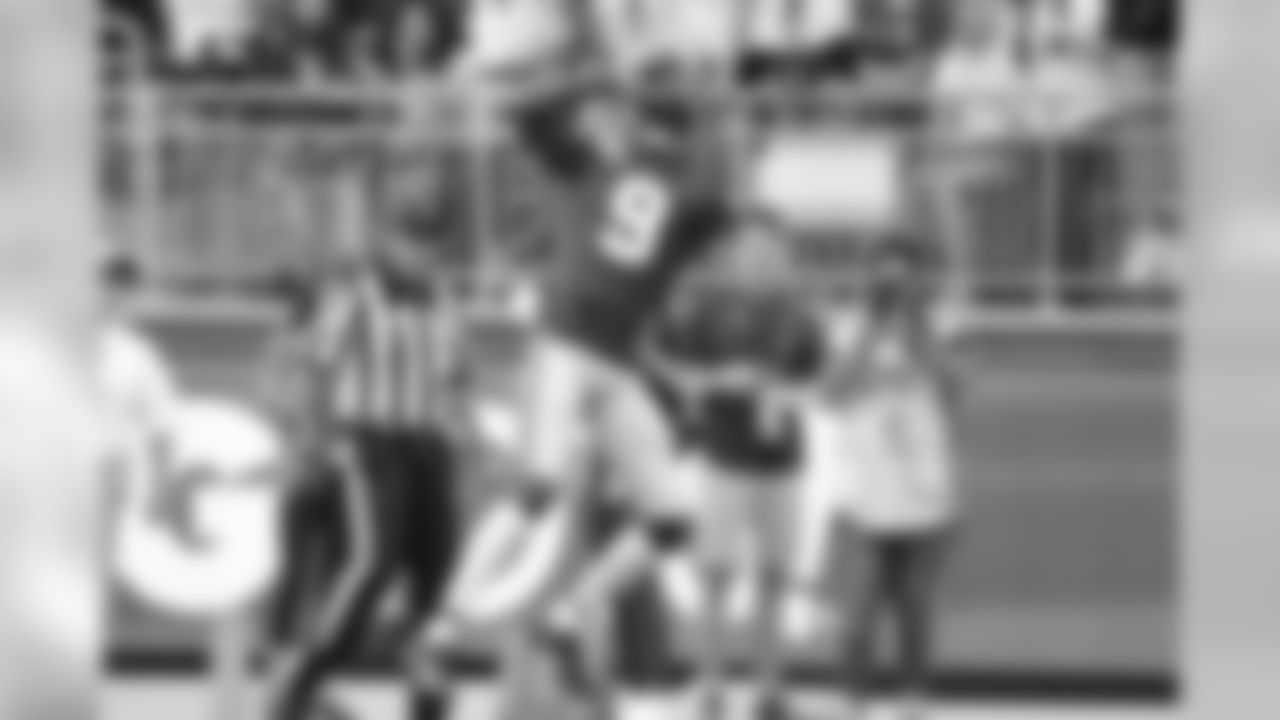
WR Binjimen Victor
(AP Photo/Paul Vernon)

WR Binjimen Victor
(AP Photo/Jay LaPrete)

TE Kyle Markway
(AP Photo/Sean Rayford)
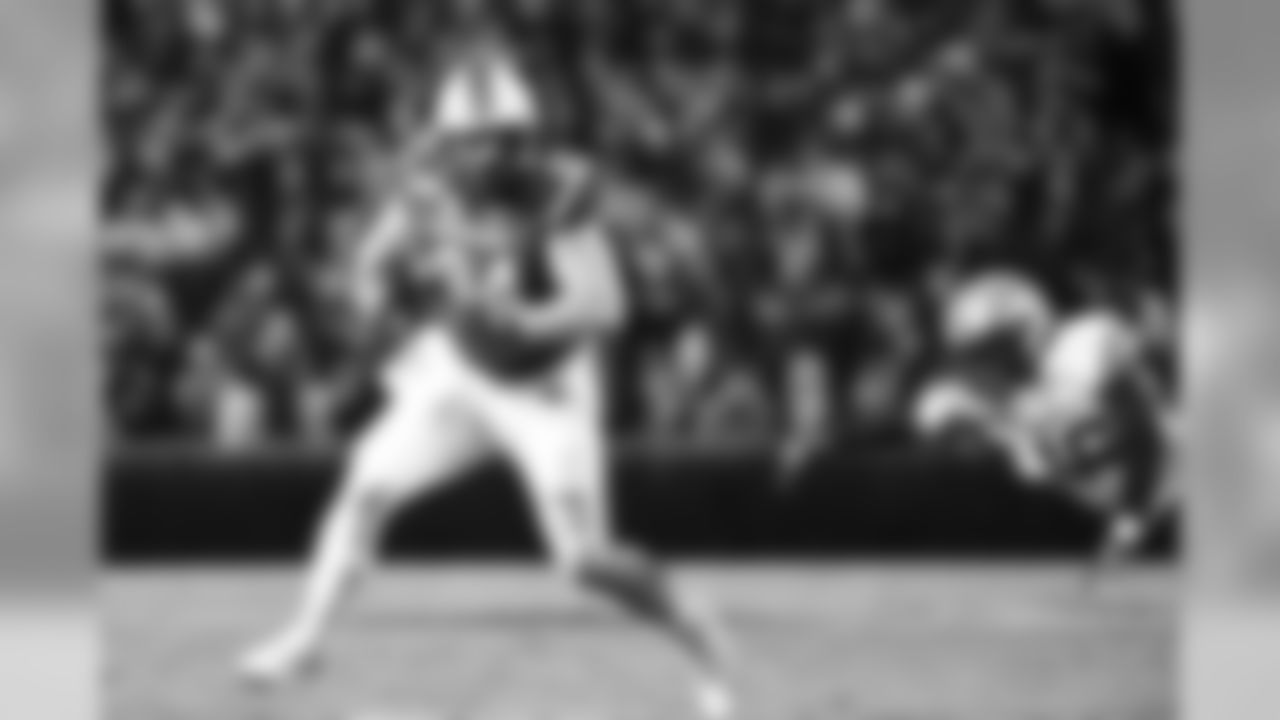
TE Kyle Markway
(AP Photo/Sean Rayford)

TE Kyle Markway
(AP Photo/Wade Payne)

TE Kyle Markway
(AP Photo/Wade Payne)

LB Dominique Ross
(AP Photo/Ben McKeown)

OLB Dominique Ross
(AP Photo/Karl B DeBlaker)

OLB Dominique Ross
(AP Photo/Gerry Broome)

DE Dana Levine
(AP Photo/Julio Cortez)
Lance Medow: For any quarterback entering his second year in the league, the expectations are pretty simple: show improvement across the board. Evaluating a signal-caller isn't just about fantasy football numbers, so I certainly won't dedicate the bulk of my response to a mathematical equation. As it goes without saying, the Giants want to see his stats trend upwards. Case in point: Eli Manning, who played in slightly fewer games than Daniel Jones during his rookie year in 2004, improved his production in just about every statistical category in his second year in the league. But there's one notable difference between year two for Manning and Jones. Manning had the same head coach and play-caller.
Why do I bring up the changes on the coaching staff? Well, that ties right into expectations. For the bulk of the roster, this will be the second or third new scheme players are learning in as many seasons, and when you have a young roster, you never know how the learning curve will play out. This will be Jones' third offense in three years, and now he is adjusting to Jason Garrett's scheme during a virtual process with no on-field work up to this point. This isn't to say that Jones can't handle a new system. How young players deal with change is a true test and can be a challenge. That's something to watch as the season progresses and something to keep in mind when placing expectations on a player.
If there's one stat to watch, it's Jones' fumble rate. He fumbled the ball 18 times (and lost 11) in 12 starts or 1.5 fumbles per start. Ball security is critical for all players but even more important for quarterbacks, who touch the ball on every play. Jones obviously knows this better than anyone and made it his focus this offseason. If both Jones and the offense want to make strides in 2020, they have to maximize possessions and avoid cutting down on the volume of opportunities, or what I like to call at-bats.
View photos of Giants quarterback Daniel Jones throughout his NFL career.



Daniel Jones (8)

Daniel Jones (8)


The New York Giants take on the Baltimore Ravens at Metlife Stadium in East Rutherford, NJ on Sunday October 16, 2022. (Ben Solomon/New York Giants)

Daniel Jones (8)

New York Giants quarterback Daniel Jones (8) runs for a touchdown during a footballl game against the Chicago Bears on Sunday October 2, 2022 in East Rutherford, New Jersey (Evan Pinkus/NY Giants)

Daniel Jones (8)

Daniel Jones (8), Andrew Thomas (78)

New York Giants quarterback Daniel Jones (8) runs the ball during week 1 football game against the Tennessee Titans on Sunday September 11, 2022 in Nashville, Tennesse (Evan Pinkus/NY Giants)

Daniel Jones (8)

Daniel Jones (8)

New York Giants quarterback Daniel Jones (8) during a football game against the Chicago Bears on Sunday October 2, 2022 in East Rutherford, New Jersey (Evan Pinkus/NY Giants)


Daniel Jones (8)

New York Giants quarterback Daniel Jones (8) during a week 13 regular season game against the Green Bay Packers at MetLife Stadium on Sunday December 1st, 2019 in East Rutherford, New Jersey

Daniel Jones (8)

Daniel Jones (8)

New York Giants quarterback Daniel Jones (8) reacts after throwing a touchdown pass in the second half of an NFL football game against the New Orleans Saints in New Orleans, Sunday, Oct. 3, 2021. (AP Photo/Brett Duke)

New York Giants quarterback Daniel Jones (8) runs with the ball during a Week 4 football game against the New Orleans Saints on Sunday October 3, 2021 in New Orleans, Louisiana

New York Giants quarterback Daniel Jones in action during an NFL football game against the Denver Broncos Sunday, Sept. 12, 2021, in East Rutherford, N.J. (AP Photo/Matt Rourke)

New York Giants quarterback Daniel Jones (8) during a week 1 game against the Denver Broncos on September 12th, 2021 in East Rutherford, New Jersey

Daniel Jones (8)

Daniel Jones (8)

Daniel Jones (8), Billy Price (69)

New York Giants quarterback Daniel Jones (8) reacts after a touchdown against the Atlanta Falcons during an NFL football game, Sunday, Sept. 26, 2021, in East Rutherford, N.J. (AP Photo/Adam Hunger)

Daniel Jones (8)

Daniel Jones (8)

New York Giants quarterback Daniel Jones in action during an NFL football game against the Denver Broncos Sunday, Sept. 12, 2021, in East Rutherford, N.J. (AP Photo/Matt Rourke)

New York Giants quarterback Daniel Jones (8) drops back to pass as he looks downfield for a receiver in an NFL game against the Washington Football Team, Thursday, Sept. 16, 2021, in Landover, Md. The Washington Football Team defeated the Giants 30-29. (Margaret Bowles via AP)

New York Giants quarterback Daniel Jones (8) and running back Saquon Barkley (26) celebrate a touchdown during a week 3 football game against the Atlanta Falcons on Sunday September 26th, 2021 in East Rutherford, New Jersey

New York Giants quarterback Daniel Jones (8) runs downfield with the ball during the first half of an NFL football game against the Washington Football Team, Thursday, Sept. 16, 2021, in Landover, Md. (AP Photo/Patrick Semansky)

New York Giants quarterback Daniel Jones (8) scrambles in the first half of an NFL football game against the New Orleans Saints in New Orleans, Sunday, Oct. 3, 2021. (AP Photo/Derick Hingle)

New York Giants quarterback Daniel Jones (8) passes the ball during the first half of an NFL football game against the Washington Football Team, Thursday, Sept. 16, 2021, in Landover, Md. (AP Photo/Terrance Williams)

New York Giants quarterback Daniel Jones (8) celebrates after scoring a touchdown with wide receiver Sterling Shepard (3) against the Washington Football Team during an NFL game, Thursday, Sep. 16, 2021, in Landover, Md. Washington beat the Giants 30-29. (Cooper Neill via AP)

New York Giants quarterback Daniel Jones (8) calls a play in the huddle during a Week 4 football game against the New Orleans Saints on Sunday October 3, 2021 in New Orleans, Louisiana


New York Giants quarterback Daniel Jones warms-up before an NFL football game against the Green Bay Packers, Sunday, Dec. 1, 2019, in East Rutherford, N.J. (AP Photo/Adam Hunger)

New York Giants quarterback Daniel Jones (8) runs 7-yards for a touchdown during the second half of an NFL football game against the Tampa Bay Buccaneers Sunday, Sept. 22, 2019, in Tampa, Fla. (AP Photo/Mark LoMoglio)

New York Giants quarterback Daniel Jones, second from left, runs the ball during the first half of an NFL football game against the Washington Redskins, Sunday, Sept. 29, 2019, in East Rutherford, N.J. (AP Photo/Bill Kostroun)

New York Giants quarterback Daniel Jones (8) is congratulated after throwing a touchdown pass during an NFL game against the Green Bay Packers, Sunday Dec.1 2019 in East Rutherford, N.J. The Packers defeated the Giants 31-13. (Damian Strohmeyer via AP)

New York Giants quarterback Daniel Jones (8) talks to his team mates before an NFL football game against the Green Bay Packers Sunday December 1st, 2019 in East Rutherford, New Jersey (Evan Pinkus via AP)

New York Giants quarterback Daniel Jones (8) looks for a receiver during an NFL football game against the Green Bay Packers Sunday December 1st, 2019 in East Rutherford, New Jersey (Evan Pinkus via AP)

New York Giants quarterback Daniel Jones stands on the field before an NFL football game against the Miami Dolphins, Sunday, Dec. 15, 2019, in East Rutherford, N.J. (AP Photo/Seth Wenig)

New York Giants quarterback Daniel Jones (8) during an NFL football game against the Green Bay Packers on Sunday, Dec. 1, 2019, in East Rutherford, N.J. (AP Photo/Adam Hunger)

New York Giants quarterback Daniel Jones (8) passes during an NFL football game against the Green Bay Packers on Sunday, Dec. 1, 2019, in East Rutherford, N.J. (AP Photo/Adam Hunger)

New York Giants offensive lineman Mike Remmers (74) celebrates with quarterback Daniel Jones (8) after a touchdown during an NFL game against the Chicago Bears, Sunday, Nov. 24, 2019 in Chicago. The Bears defeated the Colts 19-14. (Greg Trott via AP)

New York Giants quarterback Daniel Jones (8) during an NFL football game against the Green Bay Packers Sunday December 1st, 2019 in East Rutherford, New Jersey (Evan Pinkus via AP)

New York Giants quarterback Daniel Jones looks to pass during the first half of an NFL football game against the Green Bay Packers, Sunday, Dec. 1, 2019, in East Rutherford, N.J. (AP Photo/Adam Hunger)
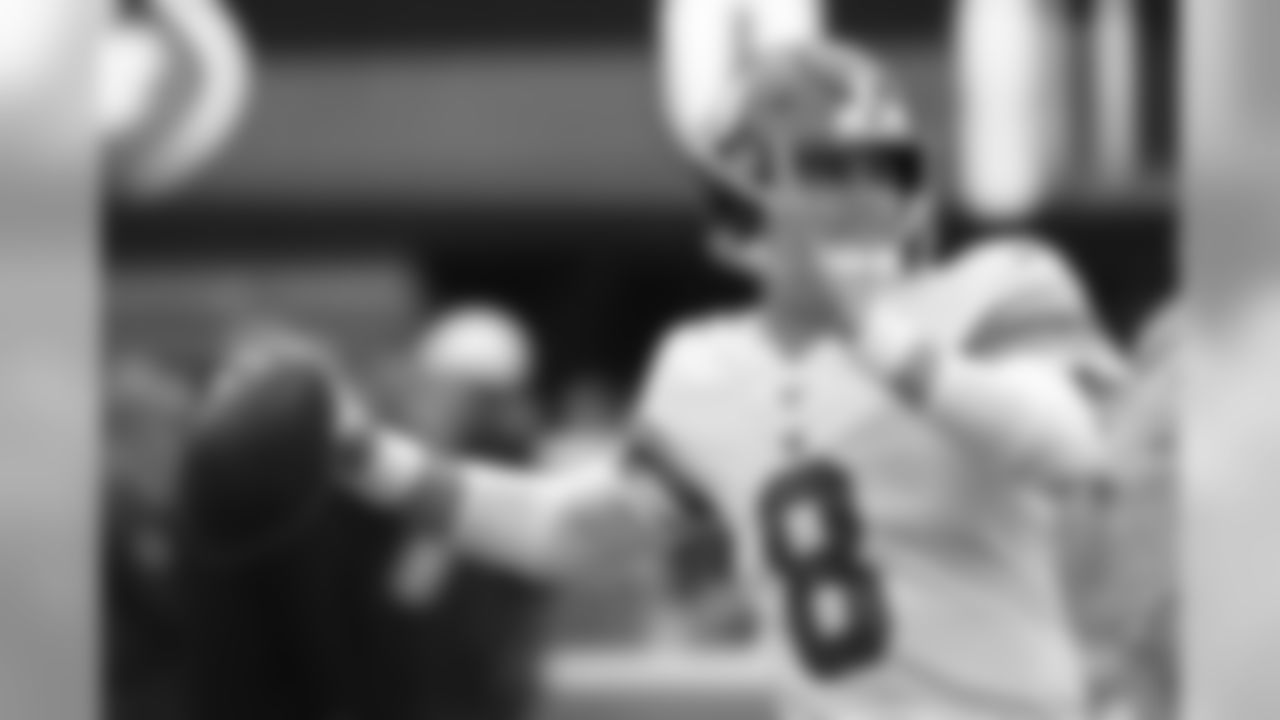
New York Giants quarterback Daniel Jones (8) warms up before an NFL football game against the New York Jets Sunday, Nov. 10, 2019, in East Rutherford, N.J. (AP Photo/Bill Kostroun)
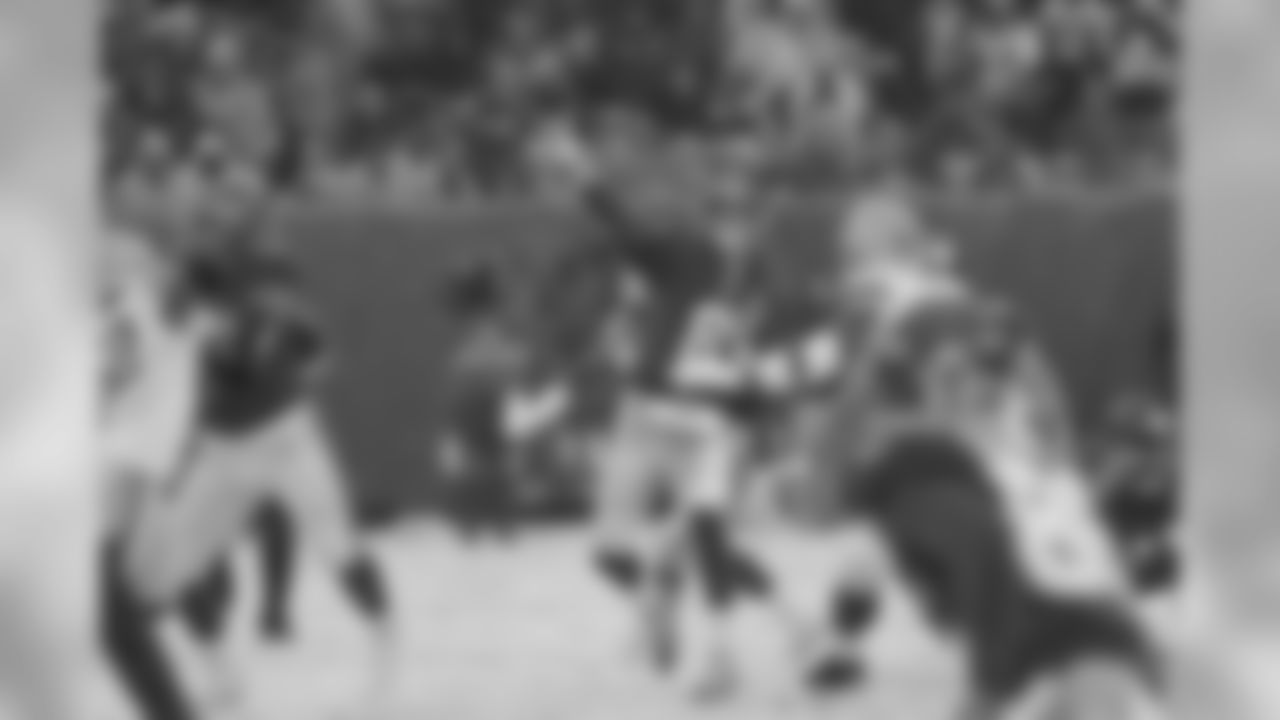
New York Giants quarterback Daniel Jones (8) throws during the first half of an NFL football game against the Green Bay Packers, Sunday, Dec. 1, 2019, in East Rutherford, N.J. (AP Photo/Bill Kostroun)

New York Giants quarterback Daniel Jones (8) during an NFL football game against the Green Bay Packers on Sunday, Dec. 1, 2019, in East Rutherford, N.J. (AP Photo/Adam Hunger)

New York Giants quarterback Daniel Jones (8) looks to pass the ball during an NFL football game against the Dallas Cowboys, Monday, Nov. 4, 2019 in East Rutherford, N.J. The Cowboys defeated the Giants 37-18. (Joe Robbins via AP)

New York Giants wide receiver Sterling Shepard (87) celebrates with quarterback Daniel Jones (8) after Shepard scored a touchdown during the first half of an NFL football game against the Green Bay Packers, Sunday, Dec. 1, 2019, in East Rutherford, N.J. (AP Photo/Bill Kostroun)

New York Giants quarterback Daniel Jones (8) during the Nation Anthem before an NFL football game against the Chicago Bears in Chicago, Sunday, Nov. 24, 2019. (AP Photo/Charles Rex Arbogast)

New York Giants quarterback Daniel Jones, left, celebrates with Sterling Shepard after a touchdown during the first half of an NFL football game against the Green Bay Packers, Sunday, Dec. 1, 2019, in East Rutherford, N.J. (AP Photo/Bill Kostroun)

New York Giants quarterback Daniel Jones (8) talks with New York Giants wide receiver Golden Tate (15) during a Monday Night NFL football game against the Dallas Cowboys Monday November 4, 2019 in East Rutherford, NJ (Evan Pinkus via AP)

New York Giants quarterback Daniel Jones (8) passes during an NFL game against the Chicago Bears, Sunday, Nov. 24, 2019 in Chicago. The Bears defeated the Colts 19-14. (Greg Trott via AP)

New York Giants running back Saquon Barkley takes a handoff from quarterback Daniel Jones (8) during an NFL football game against the New York Jets, Sunday Nov. 10, 2019 in East Rutherford, N.J. The Jets defeated the Giants 34-27. (Damian Strohmeyer via AP)

New York Giants quarterback Daniel Jones (8) throws the ball prior to an NFL football game against the Dallas Cowboys, Monday, Nov. 4, 2019, in East Rutherford, N.J. Dallas won 37-18. (Aaron M. Sprecher via AP)

New York Giants quarterback Daniel Jones (8) and Eli Manning (10) before a Monday Night NFL football game against the Dallas Cowboys Monday November 4, 2019 in East Rutherford, NJ (Evan Pinkus via AP)

New York Giants quarterback Daniel Jones, right, celebrates a touchdown during the first half of an NFL football game against the Arizona Cardinals, Sunday, Oct. 20, 2019, in East Rutherford, N.J. (AP Photo/Bill Kostroun)

Dallas Cowboys defensive tackle Antwaun Woods (99) pursues New York Giants quarterback Daniel Jones (8) during an NFL football game, Monday, Nov. 4, 2019, in East Rutherford, NJ. The Cowboys defeated the Giants, 38-17. (James D. Smith via AP)

New York Giants quarterback Daniel Jones (8) runs the ball against the Dallas Cowboys during the second quarter of an NFL football game, Monday, Nov. 4, 2019, in East Rutherford, N.J. (AP Photo/Bill Kostroun)
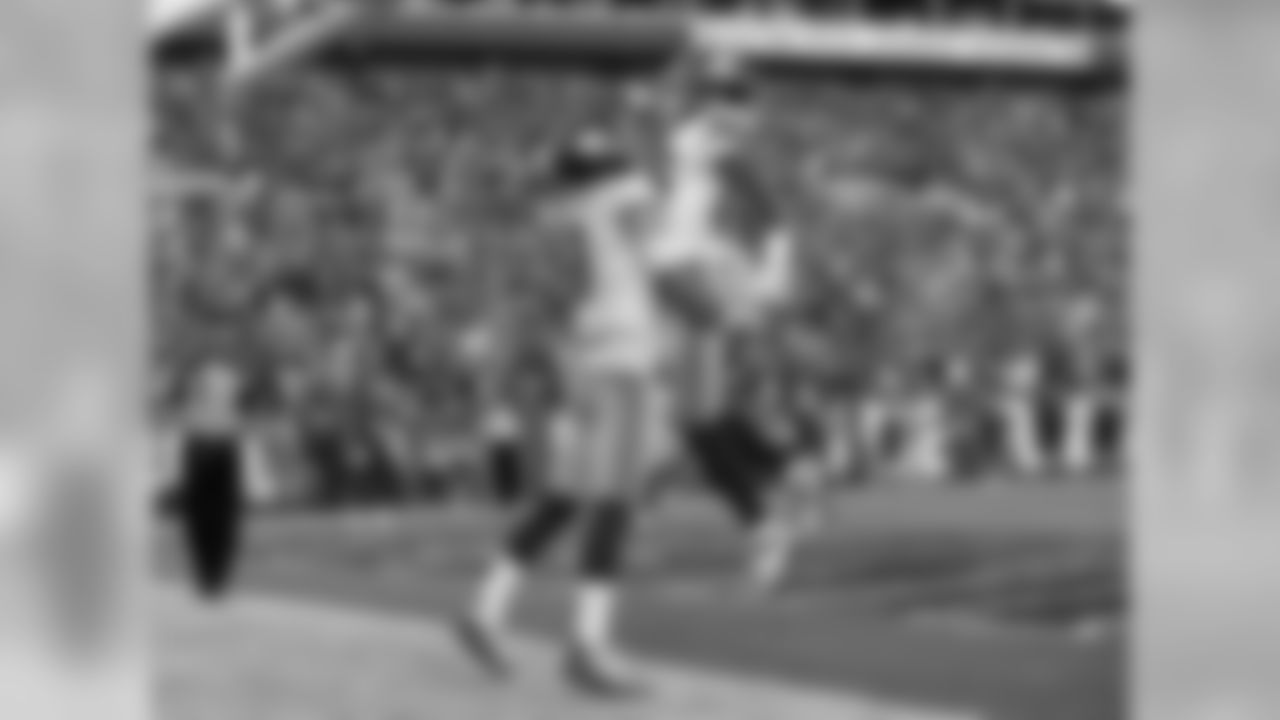
New York Giants quarterback Daniel Jones (8) celebrates his touchdown run against the Tampa Bay Buccaneers with wide receiver Darius Slayton (86) during the second half of an NFL football game Sunday, Sept. 22, 2019, in Tampa, Fla. (AP Photo/Mark LoMoglio)

New York Giants quarterback Daniel Jones (8) calls an audible at the line of scrimmage during the first quarter of an NFL football game against the Dallas Cowboys, Monday, Nov. 4, 2019, in East Rutherford, N.J. (AP Photo/Adam Hunger)

New York Giants quarterback Daniel Jones (8) runs for a touchdown during the first half of an NFL football game against the Tampa Bay Buccaneers on Sunday, Sept. 22, 2019, in Tampa, Fla. The Giants defeated the Buccaneers 32-31. (Perry Knotts via AP)

New York Giants quarterback Daniel Jones (8) and quarterback Eli Manning (10) warm up before an NFL football game against the Dallas Cowboys, Monday, Nov. 4, 2019, in East Rutherford, N.J. (AP Photo/Adam Hunger)

QB Daniel Jones (AP Photo/Mark LoMoglio)

New York Giants quarterback Daniel Jones (8) passes against the Dallas Cowboys during the second quarter of an NFL football game, Monday, Nov. 4, 2019, in East Rutherford, N.J. (AP Photo/Bill Kostroun)

New York Giants quarterback Daniel Jones (8) throws the ball during an NFL football game against the Dallas Cowboys, Monday, Nov. 4, 2019, in East Rutherford, N.J. Dallas won 37-18. (Aaron M. Sprecher via AP)

New York Giants quarterback Daniel Jones (8) throws against the Chicago Bears during the first half of an NFL football game in Chicago, Sunday, Nov. 24, 2019. (AP Photo/Paul Sancya)

New York Giants quarterback Daniel Jones (8) throws the ball during an NFL football game against the Dallas Cowboys, Monday, Nov. 4, 2019, in East Rutherford, N.J. Dallas won 37-18. (Aaron M. Sprecher via AP)

New York Giants quarterback Daniel Jones (8) looks to pass against the Dallas Cowboys during the second quarter of an NFL football game, Monday, Nov. 4, 2019, in East Rutherford, N.J. (AP Photo/Adam Hunger)
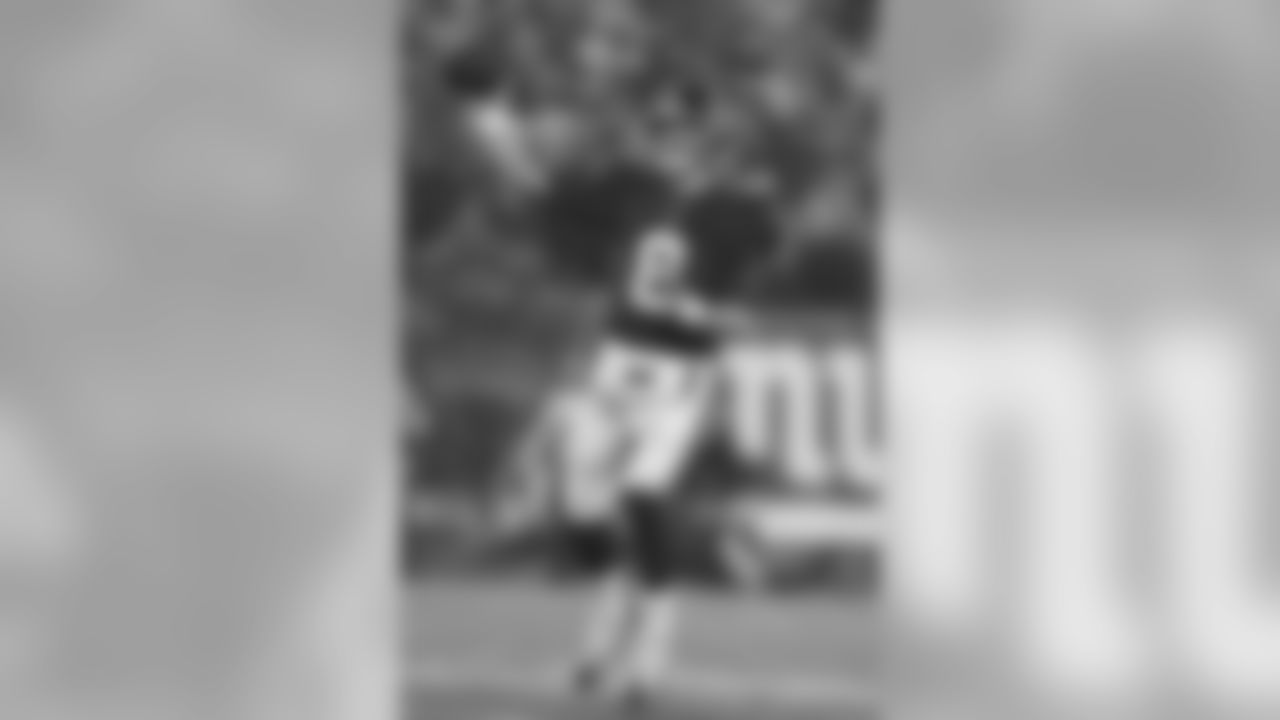
New York Giants quarterback Daniel Jones (8) looks to pass during an NFL football game against the Philadelphia Eagles on Sunday, Dec. 29, 2019, in East Rutherford, N.J. The Eagles won 34-17. (AP Photo/Vera Nieuwenhuis)

New York Giants quarterback Daniel Jones (8) passes against the Dallas Cowboys during the third quarter of an NFL football game, Monday, Nov. 4, 2019, in East Rutherford, N.J. (AP Photo/Adam Hunger)

New York Giants quarterback Daniel Jones (8) goes back to pass during an NFL football game against the Philadelphia Eagles on Sunday, Dec. 29, 2019, in East Rutherford, N.J. The Eagles won 34-17. (AP Photo/Vera Nieuwenhuis)

New York Giants quarterback Daniel Jones (8) throws a pass during an NFL football game against the New York Jets, Sunday Nov. 10, 2019 in East Rutherford, N.J. The Jets defeated the Giants 34-27. (Damian Strohmeyer via AP)

New York Giants quarterback Daniel Jones (8) looks to pass during an NFL football game against the Philadelphia Eagles on Sunday, Dec. 29, 2019, in East Rutherford, N.J. The Eagles won 34-17. (AP Photo/Vera Nieuwenhuis)

New York Giants quarterback Daniel Jones (8) scrambles during an NFL football game against the Dallas Cowboys, Monday, Nov. 4, 2019, in East Rutherford, N.J. Dallas won 37-18. (Aaron M. Sprecher via AP)

New York Giants quarterback Daniel Jones looks to pass against the Washington Redskins during the first half of an NFL football game, Sunday, Dec. 22, 2019, in Landover, Md. (AP Photo/Patrick Semansky)

New York Giants quarterback Daniel Jones (8) runs with the ball during an NFL football game against the Philadelphia Eagles Sunday December 29th, 2019 in East Rutherford, New Jersey (Evan Pinkus via AP)

New York Giants quarterback Daniel Jones looks to pass against the Washington Redskins during the first half of an NFL football game, Sunday, Dec. 22, 2019, in Landover, Md. (AP Photo/Alex Brandon)

New York Giants quarterback Daniel Jones (8) hands off ball to running back Saquon Barkley (26) during an NFL football game against the Philadelphia Eagles on Sunday, Dec. 29, 2019, in East Rutherford, N.J. The Eagles won 34-17. (AP Photo/Vera Nieuwenhuis)

New York Giants quarterback Daniel Jones (8) throws a pass during an NFL football game against the Philadelphia Eagles Sunday December 29th, 2019 in East Rutherford, New Jersey (Evan Pinkus via AP)

New York Giants quarterback Daniel Jones (8) during an NFL football game against the Washington Redskins Sunday December 22nd, 2019 in Landover, Md (Evan Pinkus via AP)

New York Giants quarterback Daniel Jones (8) goes to high five a teammate in the first half of an NFL football game against the Philadelphia Eagles, Sunday, Dec. 29, 2019, in East Rutherford, N.J. (AP Photo/Adam Hunger)

New York Giants quarterback Daniel Jones (8) directs his team in the first half of an NFL football game against the Philadelphia Eagles, Sunday, Dec. 29, 2019, in East Rutherford, N.J. (AP Photo/Adam Hunger)

New York Giants quarterback Daniel Jones (8) during an NFL football game against the Washington Redskins Sunday December 22nd, 2019 in Landover, Md (Evan Pinkus via AP)

New York Giants quarterback Daniel Jones (8) reacts in the second half of an NFL football game against the New York Giants, Sunday, Dec. 29, 2019, in East Rutherford, N.J. (AP Photo/Adam Hunger)

New York Giants quarterback Daniel Jones (8) scrambles for yardage during an NFL game against the Green Bay Packers, Sunday Dec.1 2019 in East Rutherford, N.J. The Packers defeated the Giants 31-13. (Damian Strohmeyer via AP)

New York Giants quarterback Daniel Jones, right, throws during the second half of an NFL football game against the Green Bay Packers, Sunday, Dec. 1, 2019, in East Rutherford, N.J. (AP Photo/Adam Hunger)
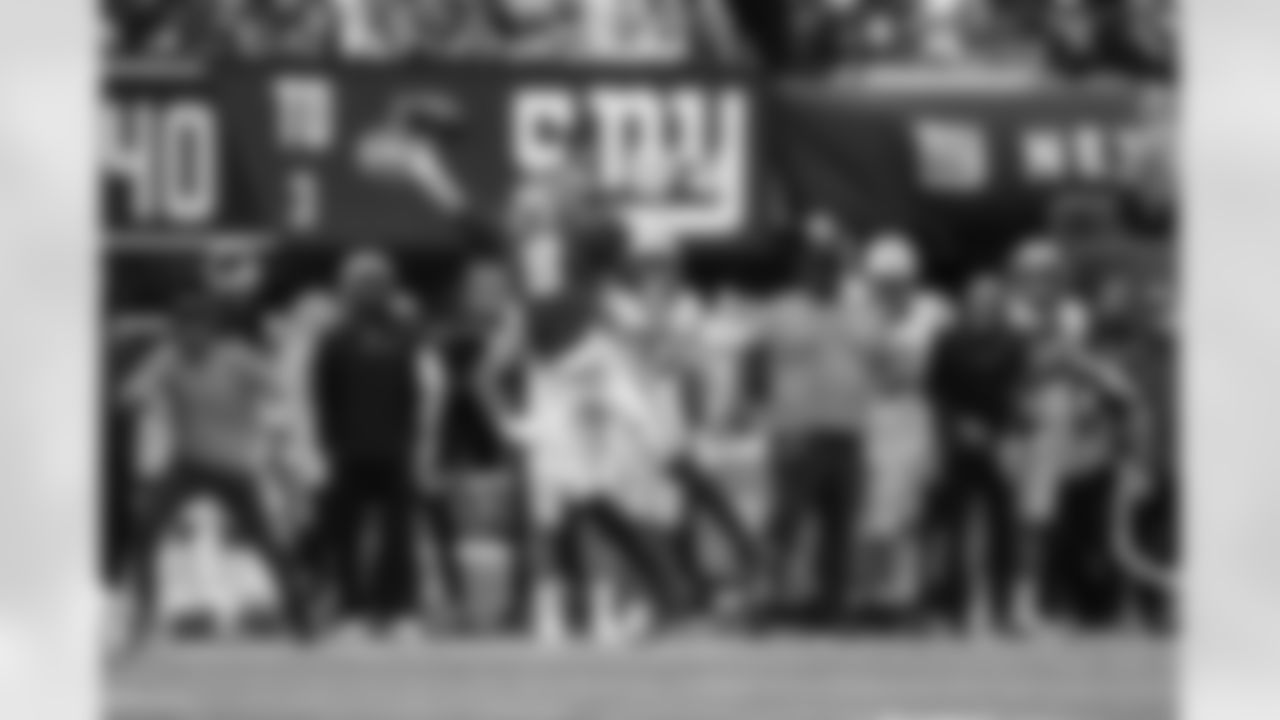
Daniel Jones (8)
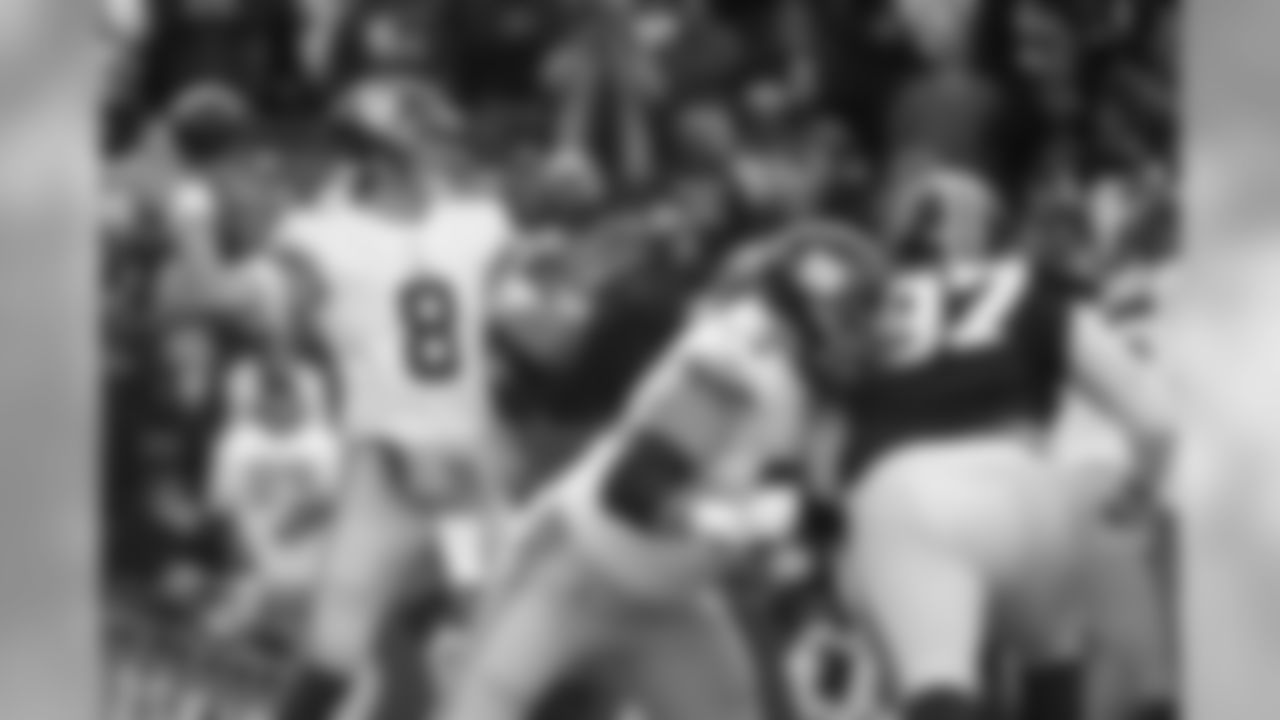
New York Giants quarterback Daniel Jones (8) throws a pass against the Washington Redskins during the first half of an NFL football game, Sunday, Dec. 22, 2019, in Landover, Md. (AP Photo/Alex Brandon)

New York Giants quarterback Daniel Jones works out prior to an NFL football game against the Washington Redskins, Sunday, Dec. 22, 2019, in Landover, Md. (AP Photo/Mark Tenally)

New York Giants quarterback Daniel Jones (8) drops back to pass during an NFL football game against the Green Bay Packers Sunday December 1st, 2019 in East Rutherford, New Jersey (Evan Pinkus via AP)

New York Giants quarterback Daniel Jones (8) during an NFL football game against the Washington Redskins Sunday December 22nd, 2019 in Landover, Md (Evan Pinkus via AP)

New York Giants quarterback Daniel Jones throws during the first half of an NFL football game against the Green Bay Packers, Sunday, Dec. 1, 2019, in East Rutherford, N.J. (AP Photo/Adam Hunger)

New York Giants quarterback Daniel Jones (8) throws a pass during the second half of an NFL football game against the New York Jets Sunday, Nov. 10, 2019, in East Rutherford, N.J. (AP Photo/Steven Ryan)
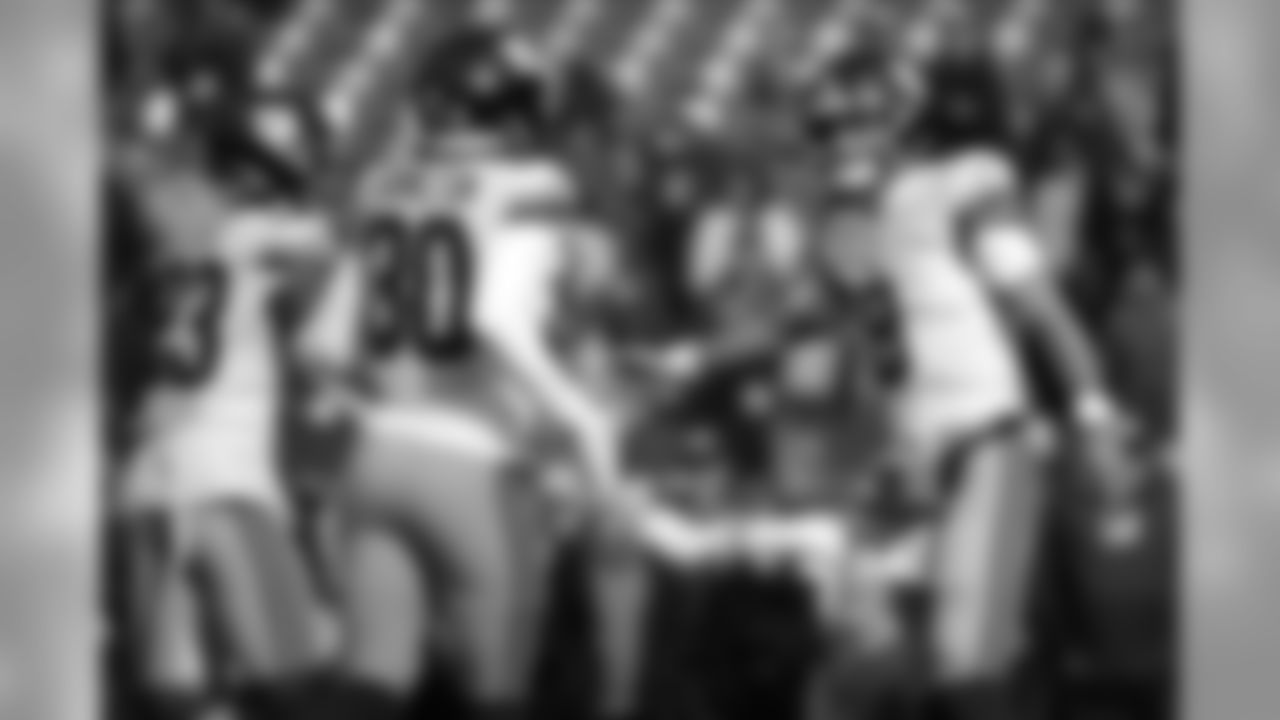
New York Giants quarterback Daniel Jones (8) greets defensive back Sam Beal (23) and cornerback Antonio Hamilton (30) while taking the field for workouts prior to an NFL football game against the Washington Redskins, Sunday, Dec. 22, 2019, in Landover, Md. (AP Photo/Patrick Semansky)

New York Giants quarterback Daniel Jones (8) scrambles for yardage during an NFL game against the Green Bay Packers, Sunday Dec.1 2019 in East Rutherford, N.J. The Packers defeated the Giants 31-13. (Damian Strohmeyer via AP)

New York Giants quarterback Daniel Jones works out prior to an NFL football game against the Washington Redskins, Sunday, Dec. 22, 2019, in Landover, Md. (AP Photo/Patrick Semansky)
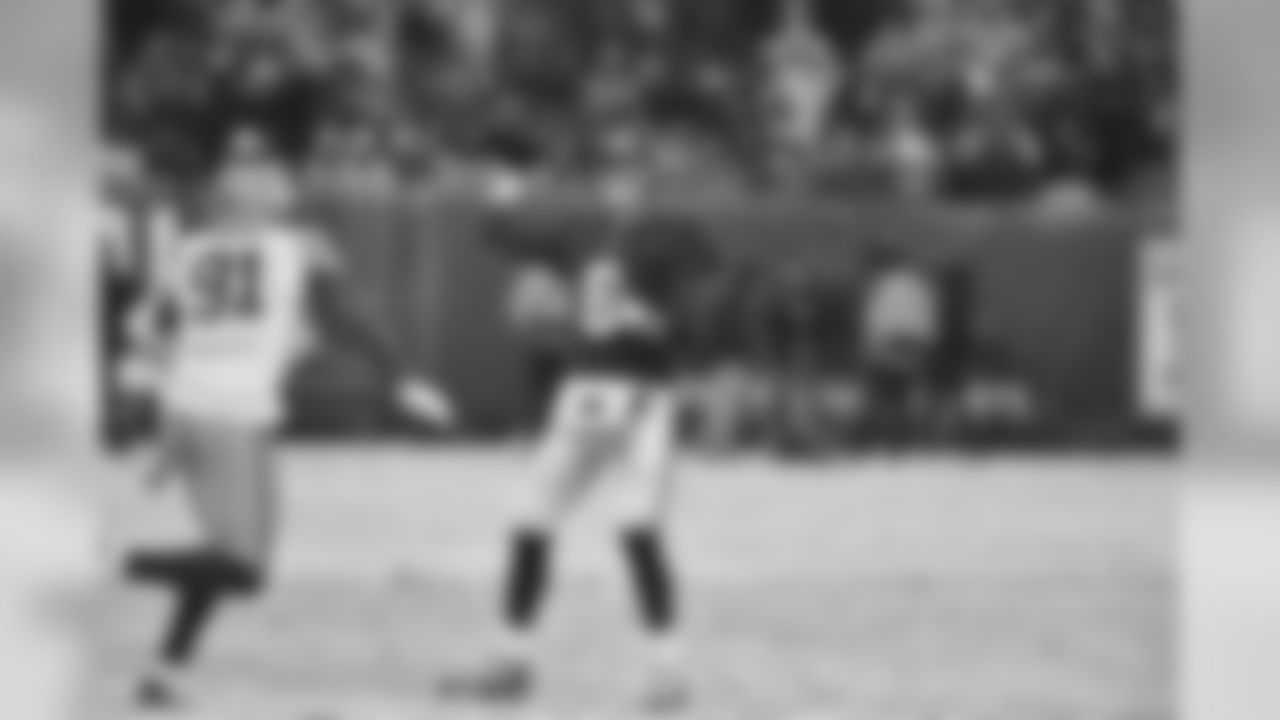
New York Giants quarterback Daniel Jones (8) during an NFL football game against the Green Bay Packers Sunday December 1st, 2019 in East Rutherford, New Jersey (Evan Pinkus via AP)

New York Giants quarterback Daniel Jones rolls out to pass against the Chicago Bears during the first half of an NFL football game in Chicago, Sunday, Nov. 24, 2019. (AP Photo/Paul Sancya)

New York Giants quarterback Daniel Jones (8) throws a pass during an NFL football game against the Green Bay Packers Sunday December 1st, 2019 in East Rutherford, New Jersey (Evan Pinkus via AP)
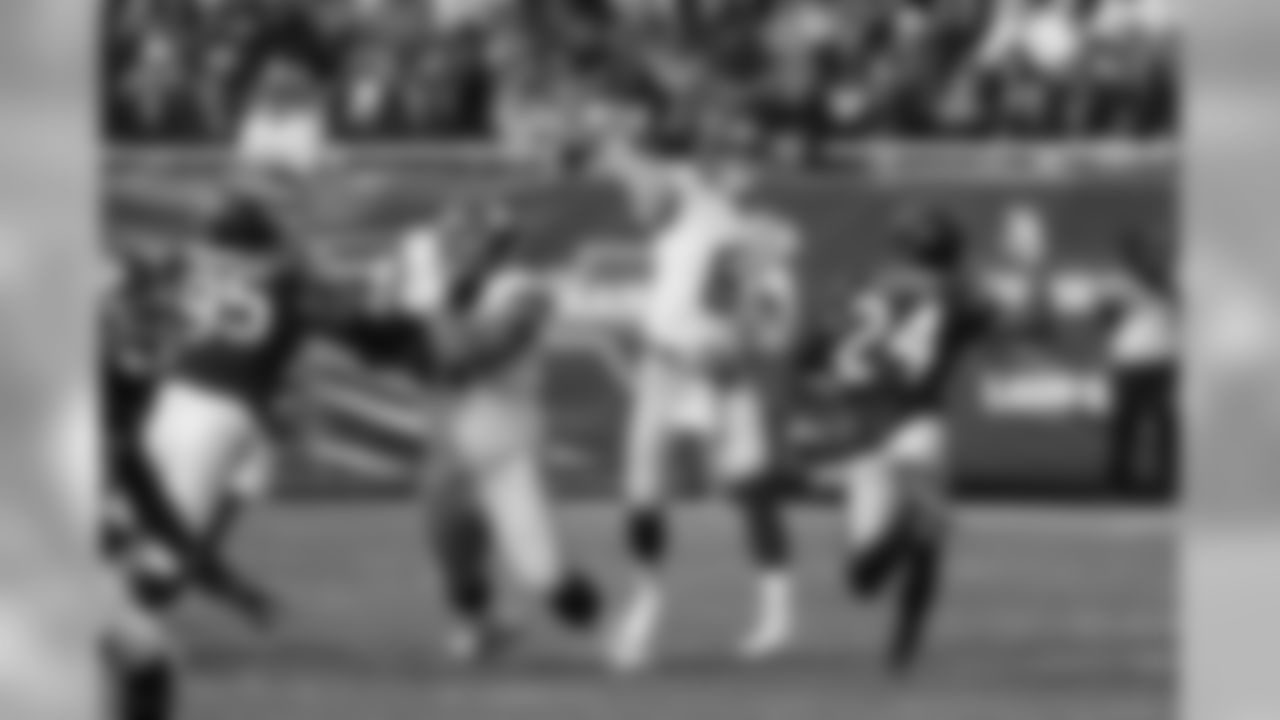
New York Giants quarterback Daniel Jones (8) throws against the Chicago Bears during the first half of an NFL football game in Chicago, Sunday, Nov. 24, 2019. (AP Photo/Charles Rex Arbogast)
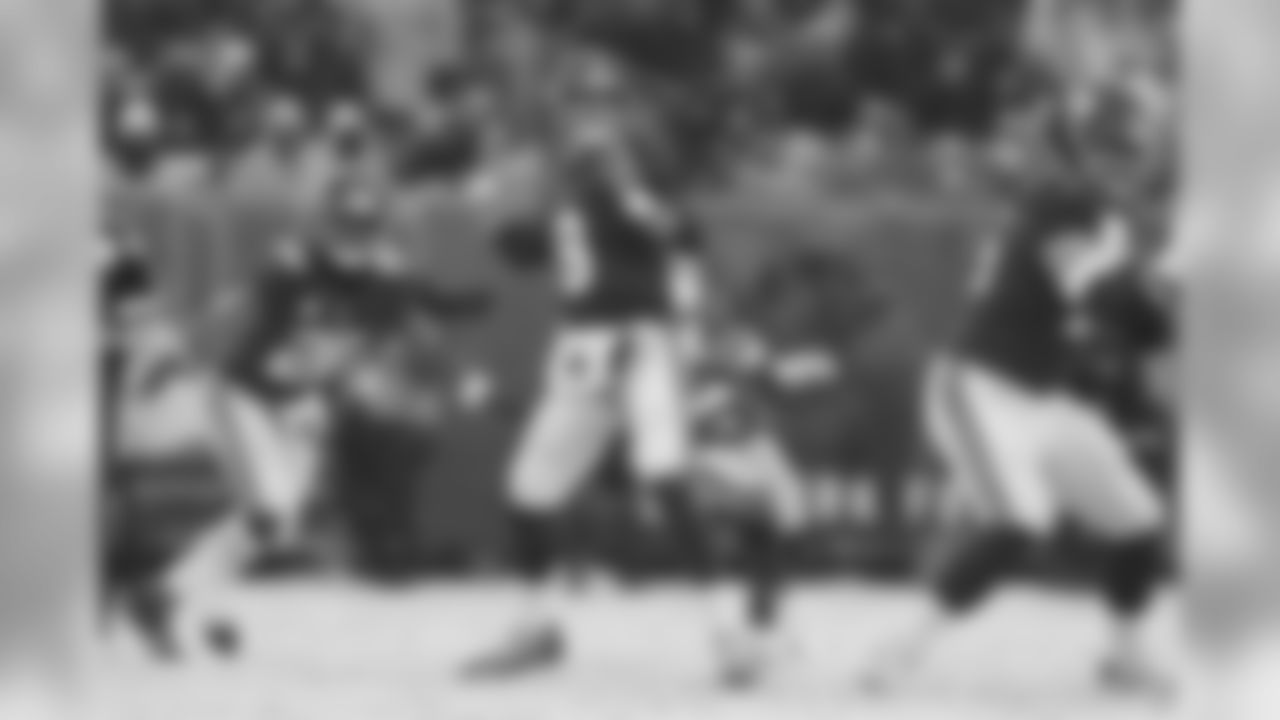
New York Giants quarterback Daniel Jones (8) makes a pass during the first half of an NFL football game against the Green Bay Packers, Sunday, Dec. 1, 2019, in East Rutherford, N.J. The Green Bay Packers won 31-13. (AP Photo/Steve Luciano)

New York Giants quarterback Daniel Jones (8) rolls out to pass during an NFL game against the Chicago Bears, Sunday, Nov. 24, 2019, in Chicago. The Bear defeated the Giants 19-14. (Kevin Terrell via AP)

New York Giants quarterback Daniel Jones (8) during an NFL football game against the Green Bay Packers Sunday December 1st, 2019 in East Rutherford, New Jersey (Evan Pinkus via AP)

New York Giants quarterback Daniel Jones (8) throws against the Chicago Bears during the second half of an NFL football game in Chicago, Sunday, Nov. 24, 2019. (AP Photo/Charles Rex Arbogast)

New York Giants quarterback Daniel Jones (8) hands the ball off to New York Giants running back Saquon Barkley (26) during the first half of an NFL football game against the Green Bay Packers, Sunday, Dec. 1, 2019, in East Rutherford, N.J. The Green Bay Packers won 31-13. (AP Photo/Steve Luciano)

New York Giants quarterback Daniel Jones looks to pass during the first half of an NFL football game against the Green Bay Packers, Sunday, Dec. 1, 2019, in East Rutherford, N.J. (AP Photo/Adam Hunger)

New York Giants quarterback Daniel Jones (8) looks to pass during the second half of an NFL football game against the New York Jets Sunday, Nov. 10, 2019, in East Rutherford, N.J. (AP Photo/Bill Kostroun)

New York Giants quarterback Daniel Jones (8) warms up before an NFL football game against the Green Bay Packers, Sunday, Dec. 1, 2019, in East Rutherford, N.J. (AP Photo/Bill Kostroun)

New York Giants quarterback Daniel Jones (8) passes the football during an NFL football game against the Chicago Bears, Sunday, Nov. 24, 2019 in Chicago. The Bears defeated the Giants 19-14. (Scott Boehm via AP)
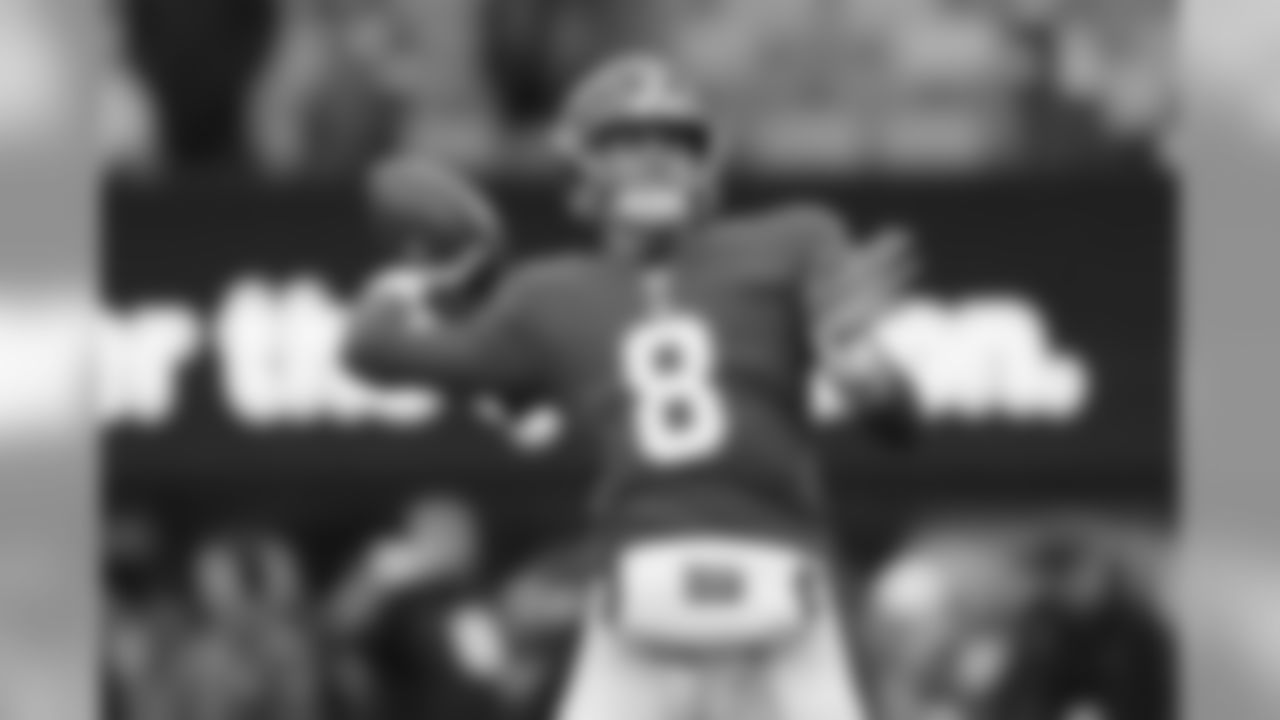
New York Giants quarterback Daniel Jones warms-up before an NFL football game against the Green Bay Packers, Sunday, Dec. 1, 2019, in East Rutherford, N.J. (AP Photo/Adam Hunger)
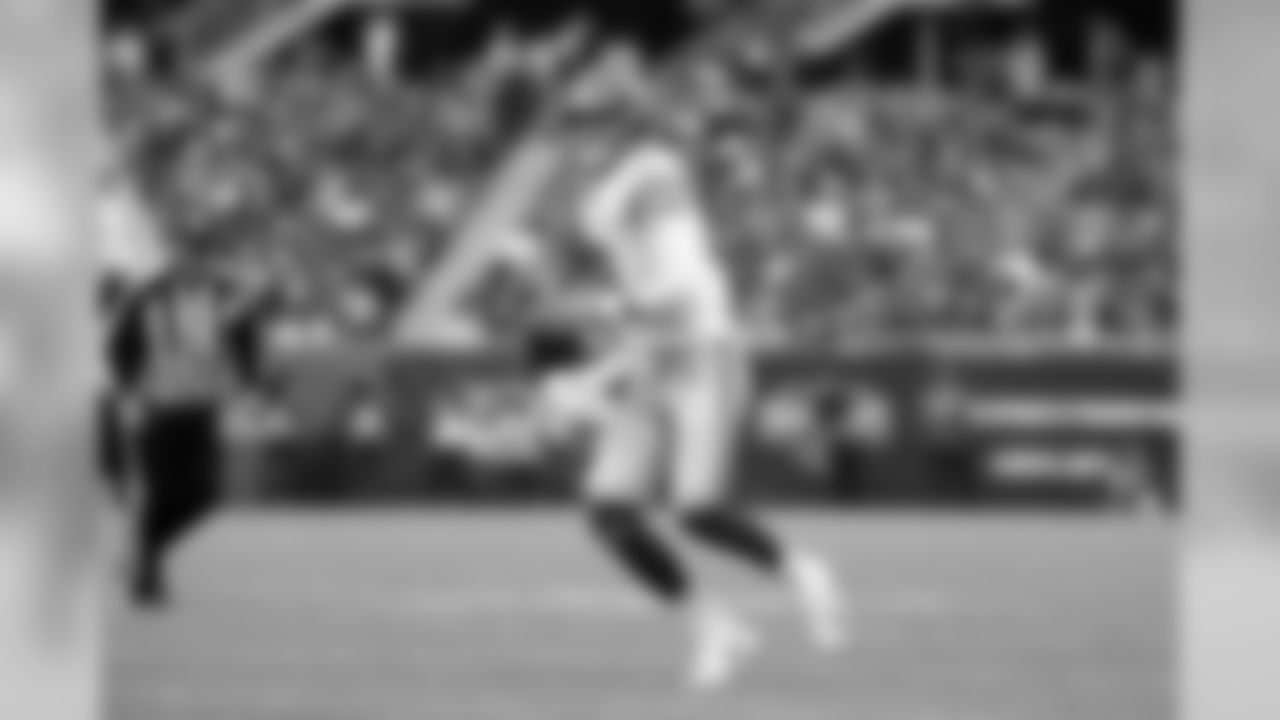
New York Giants quarterback Daniel Jones (8) passes during an NFL game against the Chicago Bears, Sunday, Nov. 24, 2019 in Chicago. The Bears defeated the Colts 19-14. (Greg Trott via AP)

New York Giants quarterback Daniel Jones (8) passes during an NFL game against the Chicago Bears, Sunday, Nov. 24, 2019 in Chicago. The Bears defeated the Colts 19-14. (Greg Trott via AP)

New York Giants quarterback Daniel Jones (8) looks to pass the ball during an NFL football game against the Dallas Cowboys, Monday, Nov. 4, 2019 in East Rutherford, N.J. The Cowboys defeated the Giants 37-18. (Joe Robbins via AP)

New York Giants quarterback Daniel Jones (8) passes during an NFL game against the Chicago Bears, Sunday, Nov. 24, 2019 in Chicago. The Bears defeated the Colts 19-14. (Greg Trott via AP)

New York Giants quarterback Daniel Jones (8) prior to an NFL football game against the Green Bay Packers on Sunday, Dec. 1, 2019, in East Rutherford, N.J. (AP Photo/Adam Hunger)

New York Giants quarterback Daniel Jones (8) drops back to throw against the Chicago Bears during the first half of an NFL football game in Chicago, Sunday, Nov. 24, 2019. (AP Photo/Paul Sancya)

New York Giants quarterback Daniel Jones (8) passes during an NFL game against the Chicago Bears, Sunday, Nov. 24, 2019 in Chicago. The Bears defeated the Colts 19-14. (Greg Trott via AP)

New York Giants quarterback Daniel Jones (8) throws a pass against the Tampa Bay Buccaneers during the first half of an NFL football game Sunday, Sept. 22, 2019, in Tampa, Fla. (AP Photo/Jason Behnken)

New York Giants quarterback Daniel Jones (8) throws a pass during an NFL football game against the Detroit Lions, Sunday, Oct. 27, 2019 in Detroit. The Lions defeated the Giants 31-26. (Joe Robbins via AP)

New York Giants quarterback Daniel Jones (8) celebrates during an NFL football game against the Arizona Cardinals, Sunday, Oct. 20, 2019, in East Rutherford, N.J. Arizona won 27-21. (Aaron M. Sprecher via AP)

New York Giants quarterback Daniel Jones plays against the Detroit Lions during an NFL football game in Detroit, Sunday, Oct. 27, 2019. (AP Photo/Paul Sancya)

New York Giants quarterback Daniel Jones (8) celebrates his touchdown throw to New York Giants wide receiver Darius Slayton (86) during an NFL football game against the Detroit Lions in Detroit, Sunday, Oct. 27, 2019. (AP Photo/Paul Sancya)

New York Giants quarterback Daniel Jones (8) throws the ball prior to an NFL football game against the Arizona Cardinals, Sunday, Oct. 20, 2019, in East Rutherford, N.J. Arizona won 27-21. (Aaron M. Sprecher via AP)

New York Giants quarterback Daniel Jones (8) walks thru the tunnel to the field before an NFL football game against the Detroit Lions, Sunday October 27, 2019 in Detroit. (Evan Pinkus via AP)

New York Giants quarterback Daniel Jones throws against the Detroit Lions during an NFL football game in Detroit, Sunday, Oct. 27, 2019. (AP Photo/Paul Sancya)
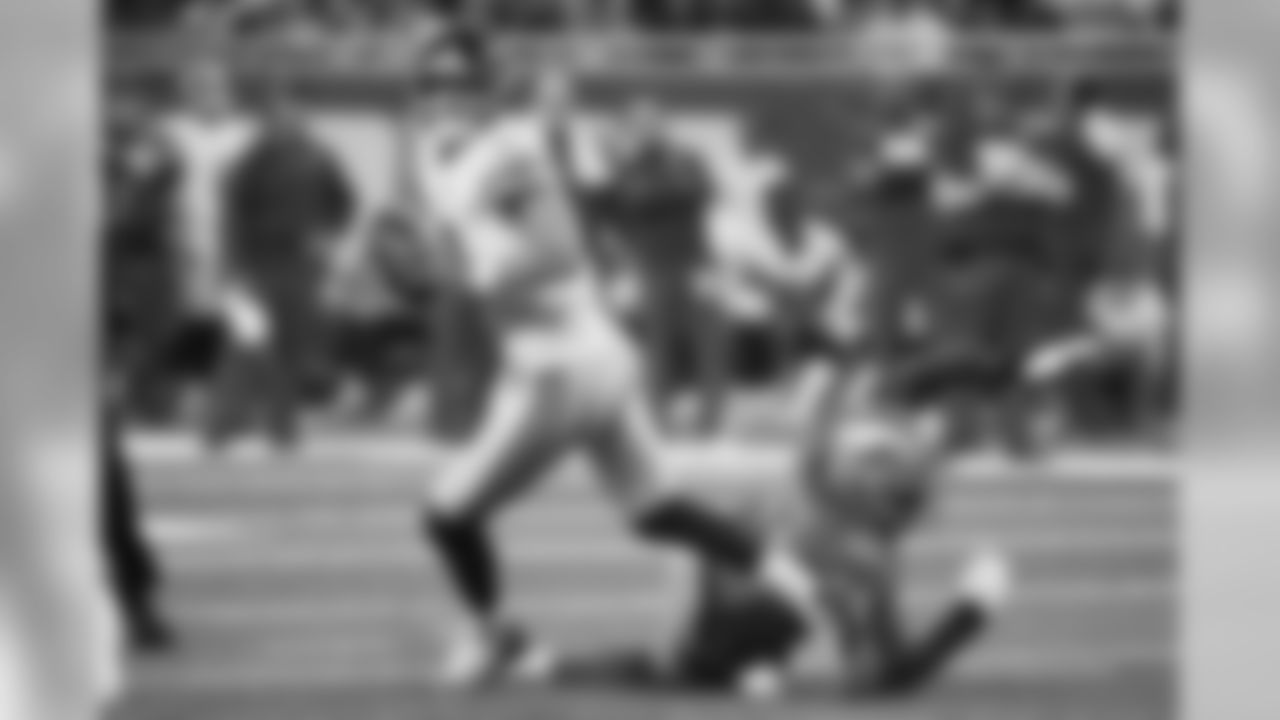
New York Giants quarterback Daniel Jones (8) in action against the Detroit Lions during an NFL football game in Detroit, Sunday, Oct. 27, 2019. (AP Images/Rick Osentoski)

New York Giants quarterback Daniel Jones throws against the Detroit Lions during an NFL football game in Detroit, Sunday, Oct. 27, 2019. (AP Photo/Paul Sancya)

New York Giants quarterback Daniel Jones (8) throws the ball during an NFL football game against the Arizona Cardinals, Sunday, Oct. 20, 2019, in East Rutherford, N.J. Arizona won 27-21. (Aaron M. Sprecher via AP)

New York Giants quarterback Daniel Jones (8) passes against the Detroit Lions during an NFL football game in Detroit, Sunday, Oct. 27, 2019. (AP Images/Rick Osentoski)

New York Giants quarterback Daniel Jones (8) celebrates during an NFL football game against the Arizona Cardinals, Sunday, Oct. 20, 2019, in East Rutherford, N.J. Arizona won 27-21. (Aaron M. Sprecher via AP)

New York Giants quarterback Daniel Jones (8) rolls out during an NFL football game against the Arizona Cardinals Sunday October 20, 2019 in East Rutherford, NJ (Evan Pinkus via AP)
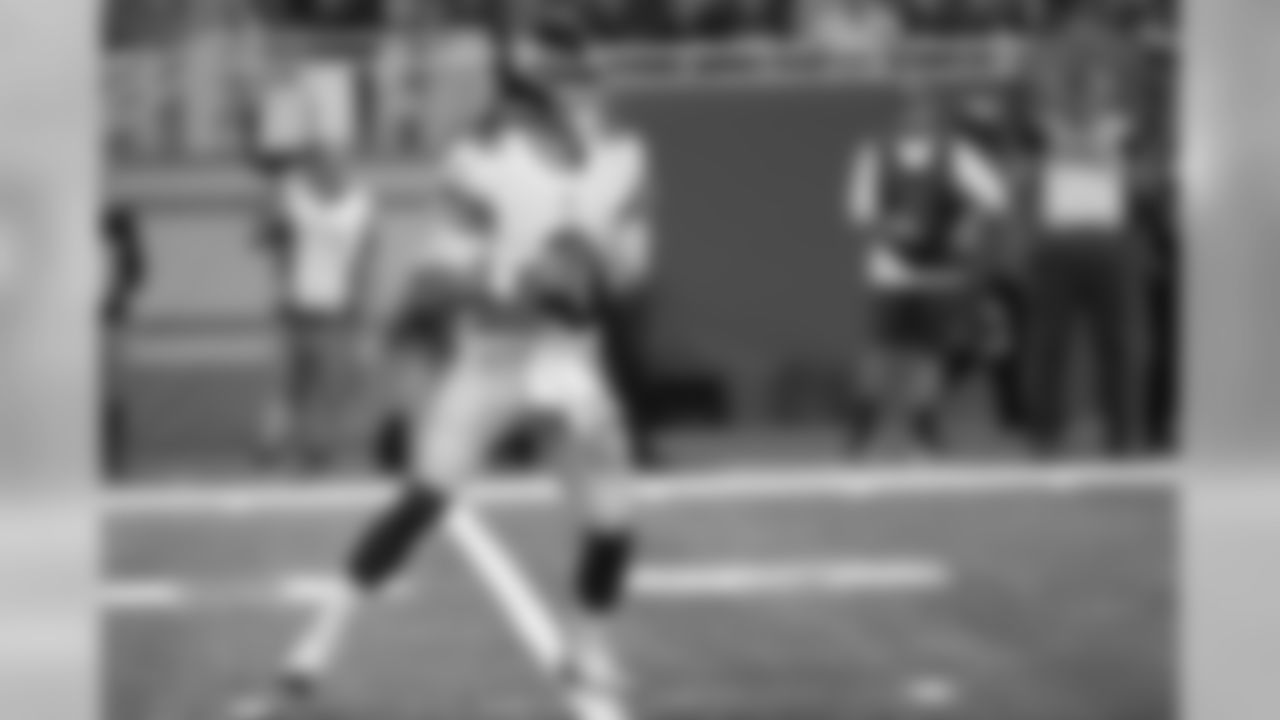
New York Giants quarterback Daniel Jones looks downfield during the first half of an NFL football game against the Detroit Lions, Sunday, Oct. 27, 2019, in Detroit. (AP Photo/Rick Osentoski)
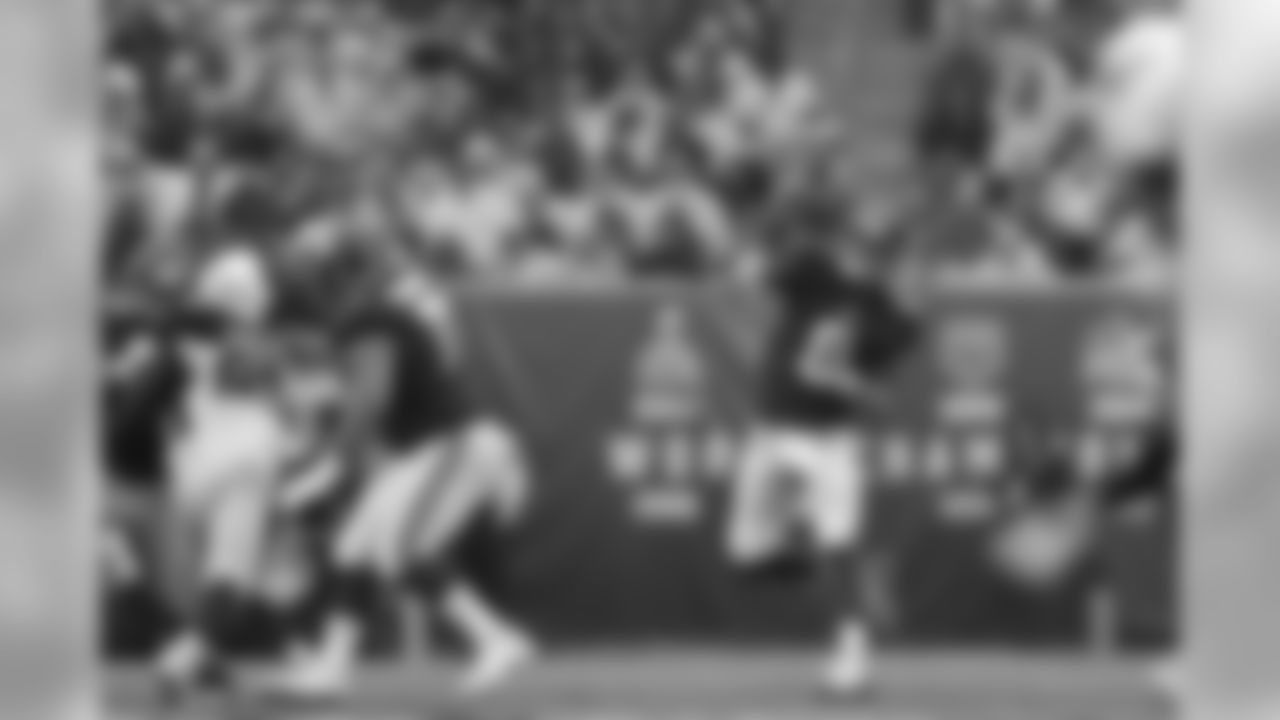
New York Giants quarterback Daniel Jones (8) throws the ball during an NFL football game against the Arizona Cardinals, Sunday, Oct. 20, 2019, in East Rutherford, N.J. Arizona won 27-21. (Aaron M. Sprecher via AP)

New York Giants quarterback Daniel Jones passes against the New England Patriots in the first half of an NFL football game, Thursday, Oct. 10, 2019, in Foxborough, Mass. (AP Photo/Elise Amendola)

New York Giants quarterback Daniel Jones runs the ball during the second half of an NFL football game against the Arizona Cardinals, Sunday, Oct. 20, 2019, in East Rutherford, N.J. (AP Photo/Adam Hunger)

New York Giants quarterback Daniel Jones rolls out to pass against the New England Patriots in the first half of an NFL football game, Thursday, Oct. 10, 2019, in Foxborough, Mass. (AP Photo/Elise Amendola)

New York Giants quarterback Daniel Jones runs the ball during the second half of an NFL football game against the Arizona Cardinals, Sunday, Oct. 20, 2019, in East Rutherford, N.J. (AP Photo/Adam Hunger)

New York Giants quarterback Daniel Jones (8) scores his first NFL touchdown during an NFL football game against the Tampa Bay Buccaneers, Sunday September 22, 2019 in Tampa, Fla. ( Tom DiPace via AP)
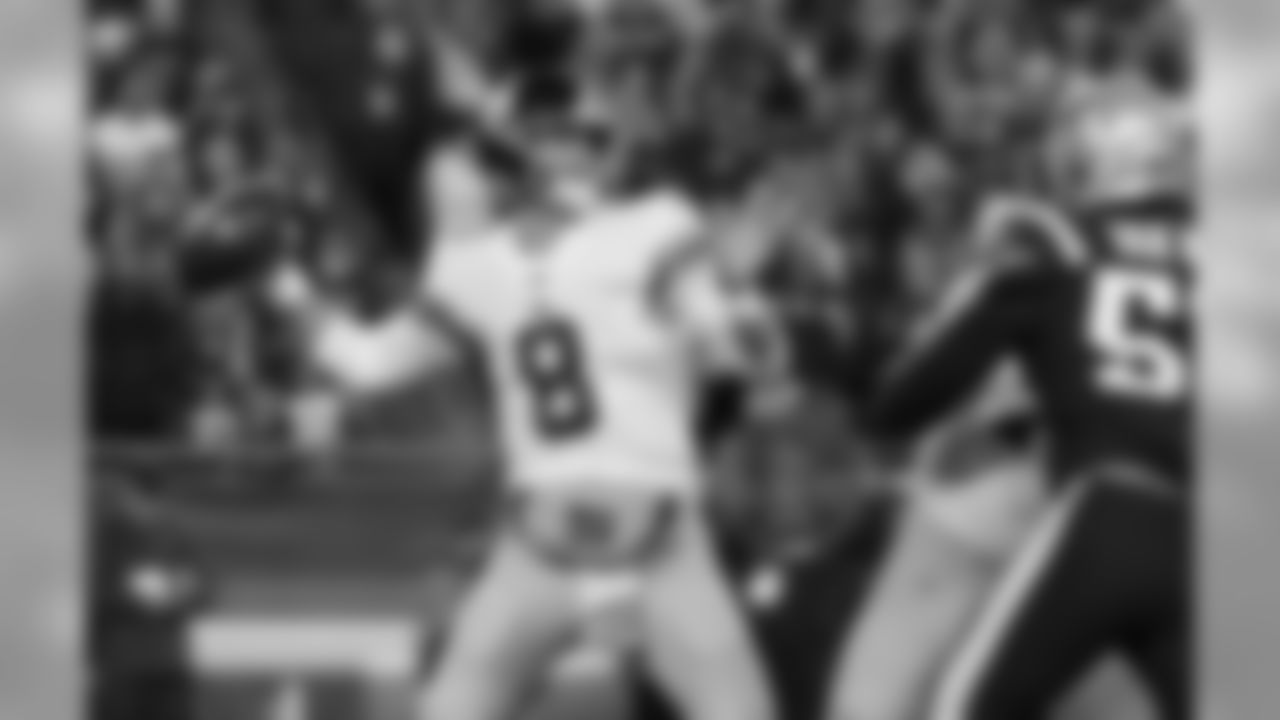
New York Giants quarterback Daniel Jones passes against the New England Patriots during an NFL football game, Thursday, Oct. 10, 2019 in Foxborough, Mass. (Winslow Townson/AP Images for Panini)

New York Giants quarterback Daniel Jones throws during the first half of an NFL football game against the Arizona Cardinals, Sunday, Oct. 20, 2019, in East Rutherford, N.J. (AP Photo/Bill Kostroun)

New York Giants quarterback Daniel Jones passes against the New England Patriots during an NFL football game, Thursday, Oct. 10, 2019 in Foxborough, Mass. (Winslow Townson/AP Images for Panini)
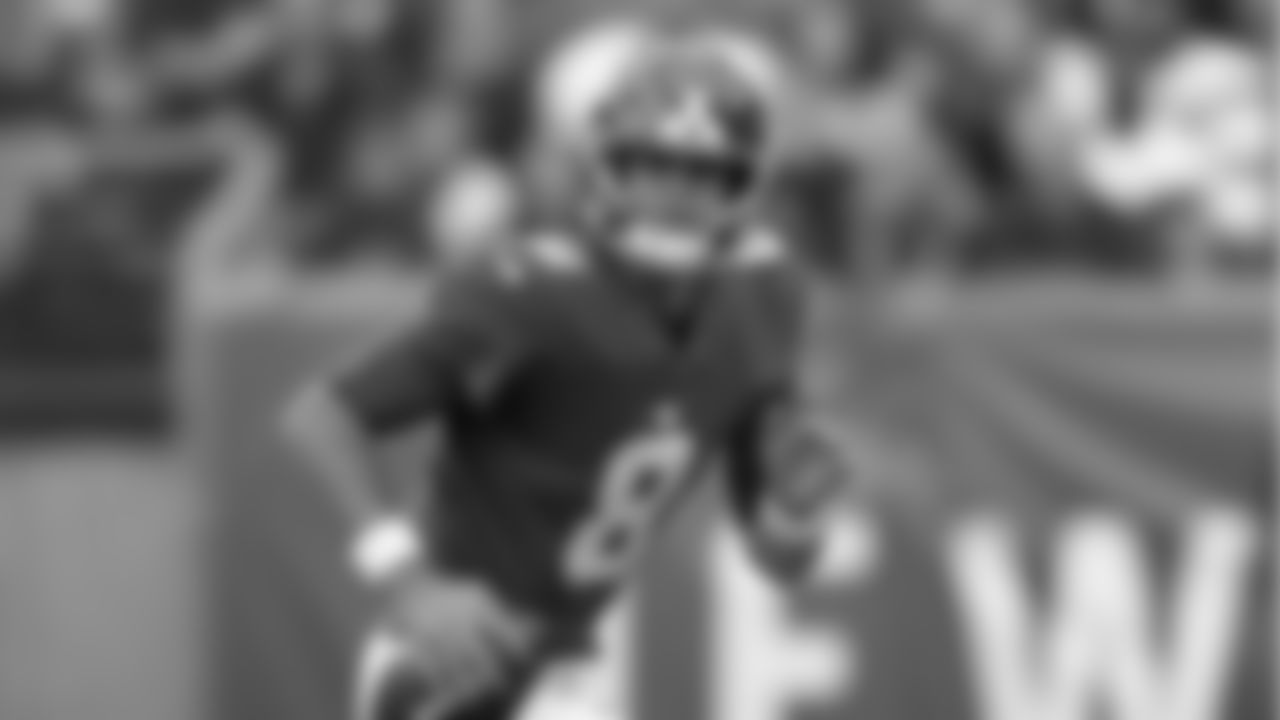
New York Giants quarterback Daniel Jones (8) rolls out of the pocket against the Minnesota Vikings during the first quarter of an NFL football game, Sunday, Oct. 6, 2019, in East Rutherford, N.J. (AP Photo/Adam Hunger)

New York Giants quarterback Daniel Jones scrambles against the New England Patriots during an NFL football game, Thursday, Oct. 10, 2019 in Foxborough, Mass. (Winslow Townson/AP Images for Panini)

New York Giants quarterback Daniel Jones (8) calls out the play during an NFL football game against the Minnesota Vikings on Sunday, Oct 6, 2019, in East Rutherford, N.J. The Giants lost 28-10. (AP Photo/Vera Nieuwenhuis)
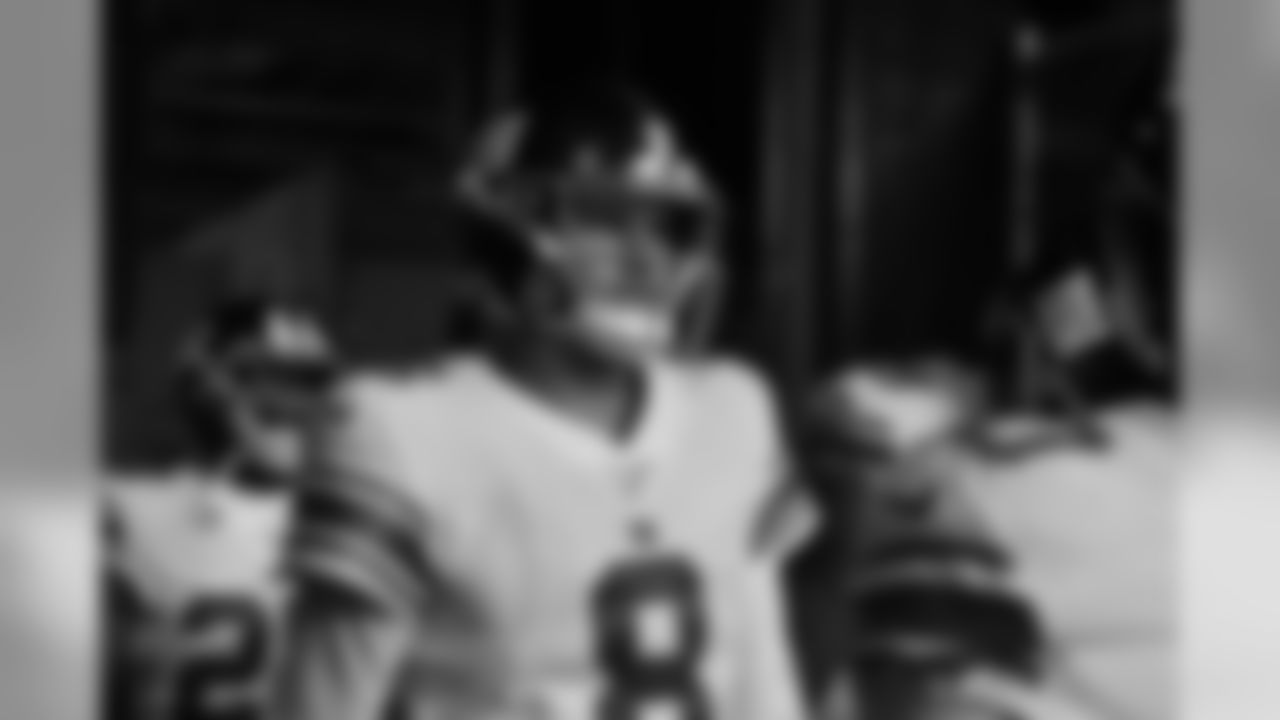
New York Giants quarterback Daniel Jones (8) stands in the tunnel before an NFL football game against the New England Patriots Thursday October 10, 2019 in Foxborough, Mass, (Evan Pinkus via AP)

New York Giants quarterback Daniel Jones (8) calls an audible at the line of scrimmage against the Minnesota Vikings during the third quarter of an NFL football game, Sunday, Oct. 6, 2019, in East Rutherford, N.J. (AP Photo/Adam Hunger)

New York Giants quarterback Daniel Jones (8) avoids a tackle by Minnesota Vikings middle linebacker Eric Kendricks (54) during the second quarter of an NFL football game, Sunday, Oct. 6, 2019, in East Rutherford, N.J. (AP Photo/Adam Hunger)

New York Giants quarterback Daniel Jones (8) rolls out of the pocket against the Minnesota Vikings during the first quarter of an NFL football game, Sunday, Oct. 6, 2019, in East Rutherford, N.J. (AP Photo/Adam Hunger)

New York Giants quarterback Daniel Jones (8) looks to pass during an NFL football game against the Tampa Bay Buccaneers, Sunday September 22, 2019 in Tampa, Fla. ( Tom DiPace via AP)

New York Giants quarterback Daniel Jones (8) during an NFL football game against the Washington Redskins Sunday September 29, 2019 in East Rutherford, NJ (Evan Pinkus via AP)

New York Giants quarterback Daniel Jones (8) throws a pass during an NFL football game against the Tampa Bay Buccaneers, Sunday, Sept. 22, 2019 in Tampa, Fla. The Giants defeated the Buccaneers 32-31. (Joe Robbins via AP)

New York Giants quarterback Daniel Jones (8) carries the ball during an NFL football game against the Tampa Bay Buccaneers, Sunday, Sept. 22, 2019 in Tampa, Fla. The Giants won 31-31. (Paul Abell via AP)

New York Giants quarterback Daniel Jones (8) during an NFL football game against the Tampa Bay Buccaneers, Sunday September 22, 2019 in Tampa, Fla. (Evan Pinkus via AP)

New York Giants quarterback Daniel Jones signals during the first half of an NFL football game against the Washington Redskins, Sunday, Sept. 29, 2019, in East Rutherford, N.J. (AP Photo/Adam Hunger)

New York Giants quarterback Daniel Jones (8) runs for a game winning touchdown during the second half of an NFL football game against the Tampa Bay Buccaneers on Sunday, Sept. 22, 2019, in Tampa, Fla. The Giants defeated the Buccaneers 32-31. (Perry Knotts via AP)

New York Giants quarterback Daniel Jones warms-up before an NFL football game against the Washington Redskins, Sunday, Sept. 29, 2019, in East Rutherford, N.J. (AP Photo/Adam Hunger)

New York Giants quarterback Daniel Jones (8) celebrates the game winning touchdown with wide receiver Darius Slayton (86) during an NFL football game against the Tampa Bay Buccaneers, Sunday September 22, 2019 in Tampa, Fla. (Evan Pinkus via AP)

New York Giants quarterback Daniel Jones (8) during an NFL football game against the Tampa Bay Buccaneers, Sunday September 22, 2019 in Tampa, Fla. (Evan Pinkus via AP)
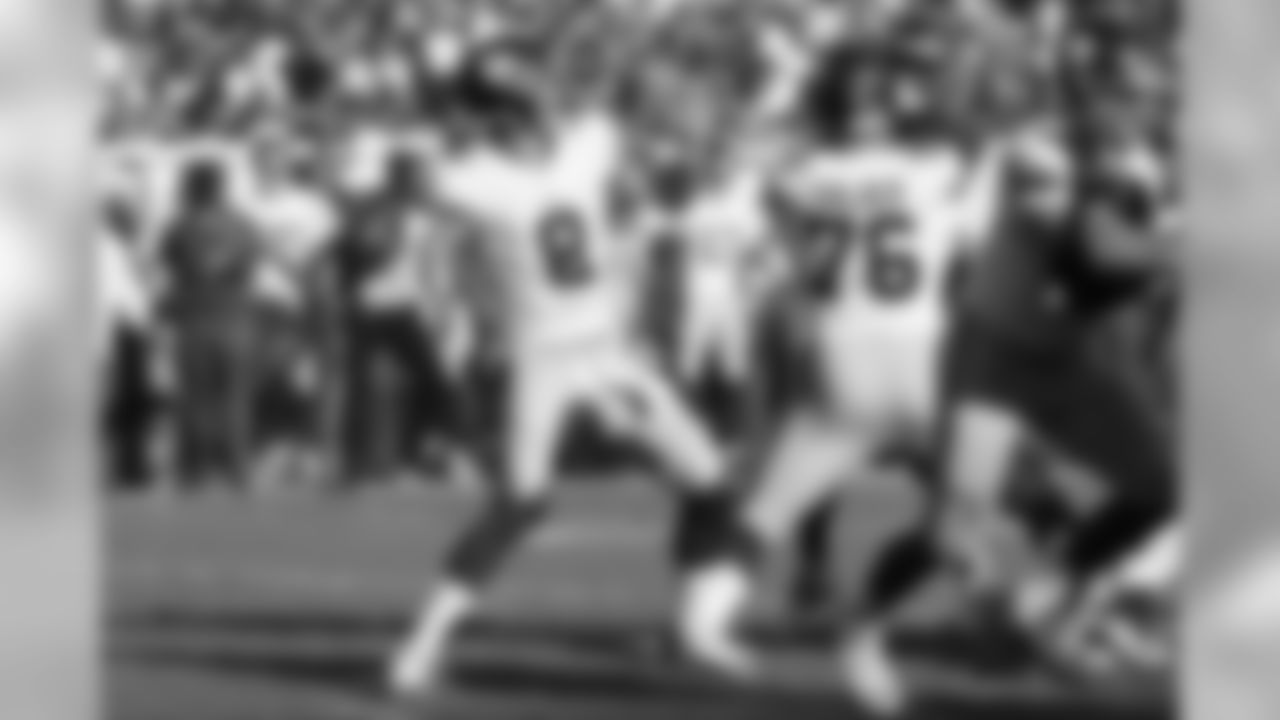
New York Giants quarterback Daniel Jones (8) throws a pass against the Tampa Bay Buccaneers during the first half of an NFL football game Sunday, Sept. 22, 2019, in Tampa, Fla. (AP Photo/Mark LoMoglio)

New York Giants quarterback Daniel Jones throws during the second half of an NFL football game against the Washington Redskins, Sunday, Sept. 29, 2019, in East Rutherford, N.J. (AP Photo/Adam Hunger)

New York Giants quarterback Daniel Jones (8) runs against the Tampa Bay Buccaneers during the first half of an NFL football game, in Tampa, Fla. (AP Photo/Mark LoMoglio, File)

New York Giants quarterback Daniel Jones during the second half of an NFL football game against the Tampa Bay Buccaneers Sunday, Sept. 22, 2019, in Tampa, Fla. (AP Photo/Jason Behnken)

New York Giants quarterback Daniel Jones (8) shakes hands with offensive guard Kevin Zeitler (70) during the second half of an NFL football game Sunday, Sept. 22, 2019, in Tampa, Fla. (AP Photo/Jason Behnken)

New York Giants quarterback Daniel Jones (8) runs against the Tampa Bay Buccaneers during the first half of an NFL football game Sunday, Sept. 22, 2019, in Tampa, Fla. (AP Photo/Jason Behnken)

New York Giants quarterback Daniel Jones (8) passes against the Minnesota Vikings during the second half of an NFL football game, Sunday, Oct. 6, 2019, in East Rutherford, N.J. (AP Photo/Adam Hunger)

New York Giants quarterback Daniel Jones (8) throws a pass against the Tampa Bay Buccaneers during the first half of an NFL football game Sunday, Sept. 22, 2019, in Tampa, Fla. (AP Photo/Jason Behnken)

New York Giants quarterback Daniel Jones (8) scrambles against the Tampa Bay Buccaneers during the first half of an NFL football game Sunday, Sept. 22, 2019, in Tampa, Fla. (AP Photo/Mark LoMoglio)

New York Giants quarterback Daniel Jones (8) rolls out of the pocket against the Minnesota Vikings during the first quarter of an NFL football game, Sunday, Oct. 6, 2019, in East Rutherford, N.J. (AP Photo/Adam Hunger)

New York Giants quarterback Daniel Jones (8) runs against the Tampa Bay Buccaneers during the first half of an NFL football game Sunday, Sept. 22, 2019, in Tampa, Fla. (AP Photo/Mark LoMoglio)

New York Giants quarterback Daniel Jones (8) throws a pass against the Tampa Bay Buccaneers during the first half of an NFL football game Sunday, Sept. 22, 2019, in Tampa, Fla. (AP Photo/Jason Behnken)

New York Giants quarterback Daniel Jones (8) during an NFL football game against the Washington Redskins Sunday September 29, 2019 in East Rutherford, NJ (Evan Pinkus via AP)

New York Giants quarterback Daniel Jones (8) runs against the Tampa Bay Buccaneers during the first half of an NFL football game Sunday, Sept. 22, 2019, in Tampa, Fla. (AP Photo/Jason Behnken)

New York Giants quarterback Daniel Jones (8) runs onto the field for wampups before an NFL football game against the Tampa Bay Buccaneers Sunday, Sept. 22, 2019, in Tampa, Fla. (AP Photo/Chris O'Meara)

Duke quarterback Daniel Jones (17) runs during the first half of an NCAA college football game against Miami, Saturday, Nov. 3, 2018, in Miami Gardens, Fla. (AP Photo/Lynne Sladky)

Duke quarterback Daniel Jones (17) runs against Virginia Tech during the first half of an NCAA college football game in Durham, N.C., Saturday, Sept. 29, 2018. (AP Photo/Gerry Broome)

Duke quarterback Daniel Jones stands back to pass during the first half of an NCAA college football game against Miami, Saturday, Nov. 3, 2018, in Miami Gardens, Fla. (AP Photo/Lynne Sladky)

Duke quarterback Daniel Jones (17) runs against Virginia during the first half of an NCAA college football game in Durham, N.C., Saturday, Oct. 20, 2018. (AP Photo/Gerry Broome)

Duke quarterback Daniel Jones (17) passes against Virginia during the first half of an NCAA college football game in Durham, N.C., Saturday, Oct. 1, 2016. (AP Photo/Gerry Broome)

Duke quarterback Daniel Jones (17) passes against Temple during the first half of the Independence Bowl, an NCAA college football game in Shreveport, La., Thursday, Dec. 27, 2018. (AP Photo/Rogelio V. Solis)


Daniel Jones


Daniel Jones (8)
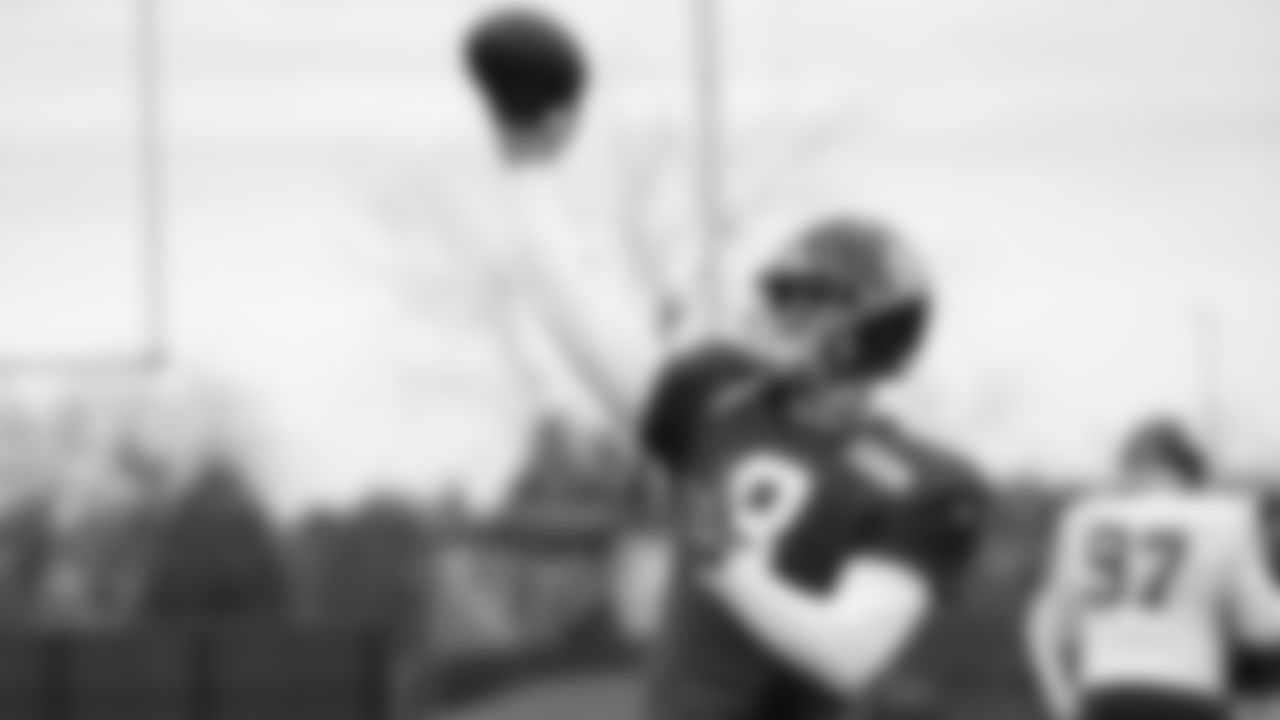
Daniel Jones (8)




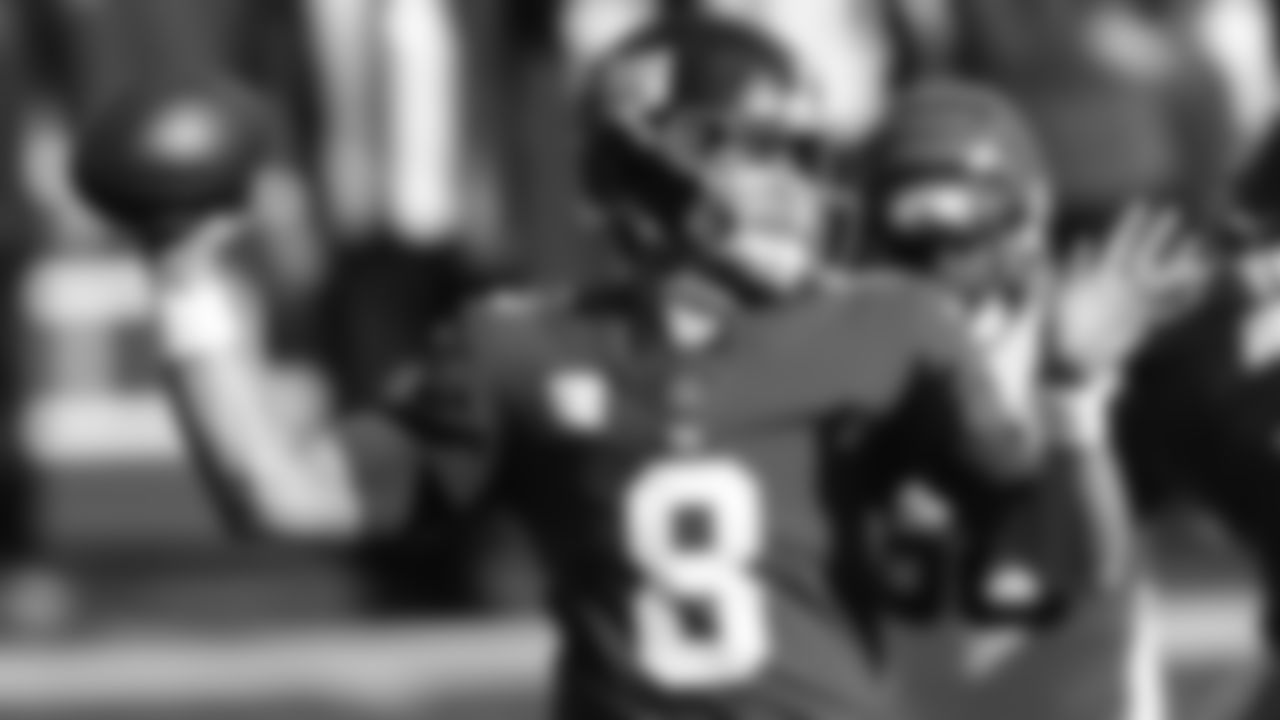
New York Giants quarterback Daniel Jones throws during the first half of NFL football game against the Cincinnati Bengals, Sunday, Nov. 29, 2020, in Cincinnati. (AP Photo/Aaron Doster)




New York Giants quarterback Daniel Jones (8) rushes for a touchdown during the first half of an NFL football game against the Philadelphia Eagles Sunday, Nov. 15, 2020, in East Rutherford, N.J. (AP Photo/Seth Wenig)



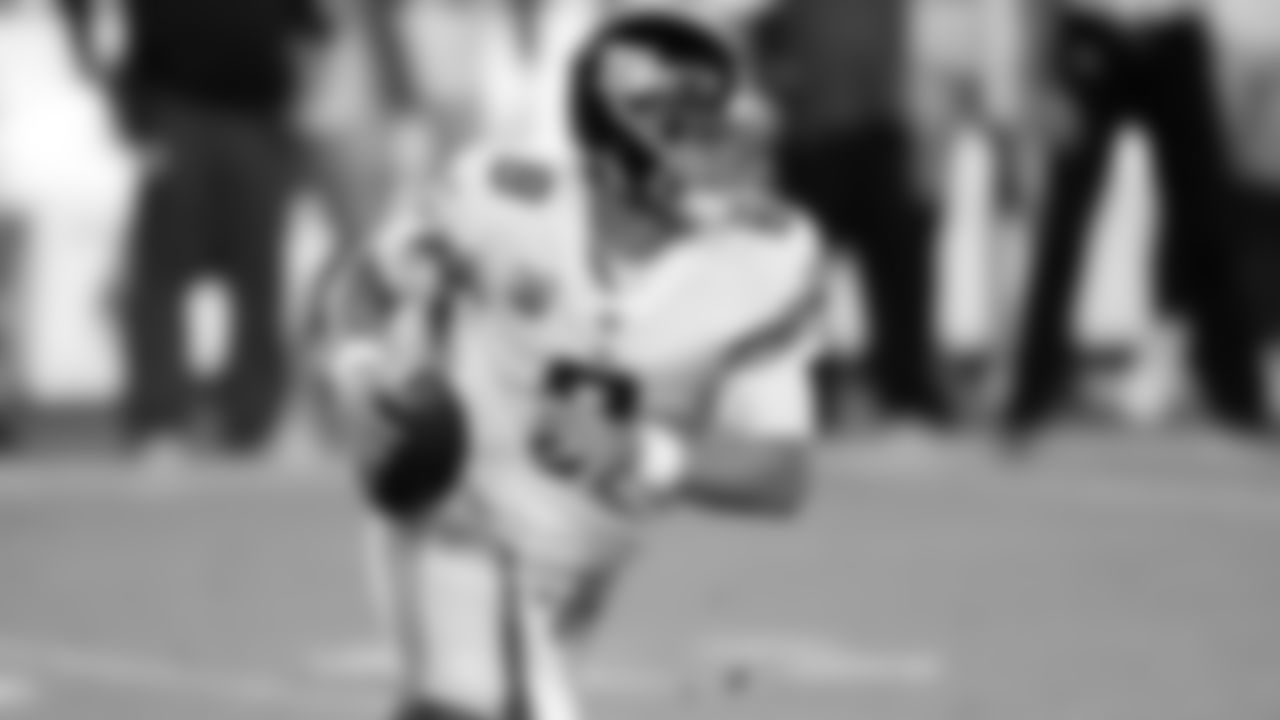





Daniel Jones (8)


New York Giants quarterback Daniel Jones in action during an NFL football game against the Denver Broncos Sunday, Sept. 12, 2021, in East Rutherford, N.J. (AP Photo/Matt Rourke)

Daniel Jones (8)

Daniel Jones (8)

Daniel Jones (8)

Daniel Jones (8)

New York Giants quarterback Daniel Jones (8) during a week 1 game against the Denver Broncos on September 12th, 2021 in East Rutherford, New Jersey

New York Giants quarterback Daniel Jones (8) during a week 2 Thursday Night football game against the Washington Football Team on Thursday September 16th, 2021 in Landover, Maryland.
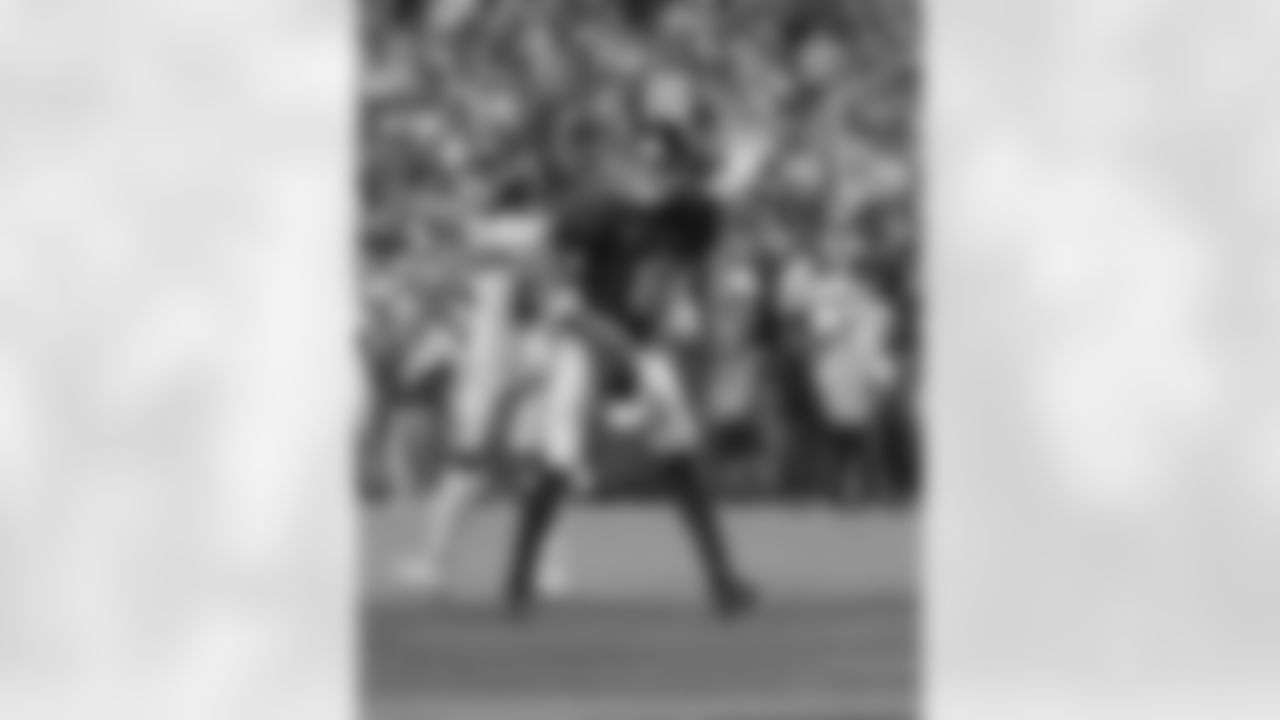
New York Giants quarterback Daniel Jones (8) celebrates a touchdown run during a week 2 Thursday Night football game against the Washington Football Team on Thursday September 16th, 2021 in Landover, Maryland.

New York Giants quarterback Daniel Jones (8) during a week 1 game against the Denver Broncos on September 12th, 2021 in East Rutherford, New Jersey

New York Giants quarterback Daniel Jones (8) runs with the ball in an NFL game against the Washington Football Team, Thursday, Sept. 16, 2021, in Landover, Md. The Washington Football Team defeated the Giants 30-29. (Margaret Bowles via AP)

New York Giants quarterback Daniel Jones in action during an NFL football game against the Denver Broncos Sunday, Sept. 12, 2021, in East Rutherford, N.J. (AP Photo/Matt Rourke)

New York Giants quarterback Daniel Jones (8) throws over Washington Football Team defensive tackle Matt Ioannidis (98) during an NFL game, Thursday, Sep. 16, 2021, in Landover, Md. Washington beat the Giants 30-29. (Cooper Neill via AP)

New York Giants quarterback Daniel Jones (8) looks on against the Washington Football Team during an NFL game, Thursday, Sep. 16, 2021, in Landover, Md. Washington beat the Giants 30-29. (Cooper Neill via AP)

New York Giants quarterback Daniel Jones (8) looks on during the national anthem against the Washington Football Team prior to an NFL Game, Thursday, Sep. 16, 2021, in Landover, Md. Washington beat the Giants 30-29. (Cooper Neill via AP)

New York Giants quarterback Daniel Jones (8) runs the ball against the Washington Football Team during an NFL game, Thursday, Sep. 16, 2021, in Landover, Md. Washington beat the Giants 30-29. (Cooper Neill via AP)

New York Giants quarterback Daniel Jones (8) runs during an NFL football game against the Washington Football Team, Thursday, Sept. 16, 2021 in Landover, Md. (AP Photo/Daniel Kucin Jr.)

New York Giants quarterback Daniel Jones (8) looks to pass the ball during the fourth quarter of an NFL football game against the Washington Football Team, Thursday, Sept. 16, 2021, in Landover, Md. (AP Photo/Terrance Williams)
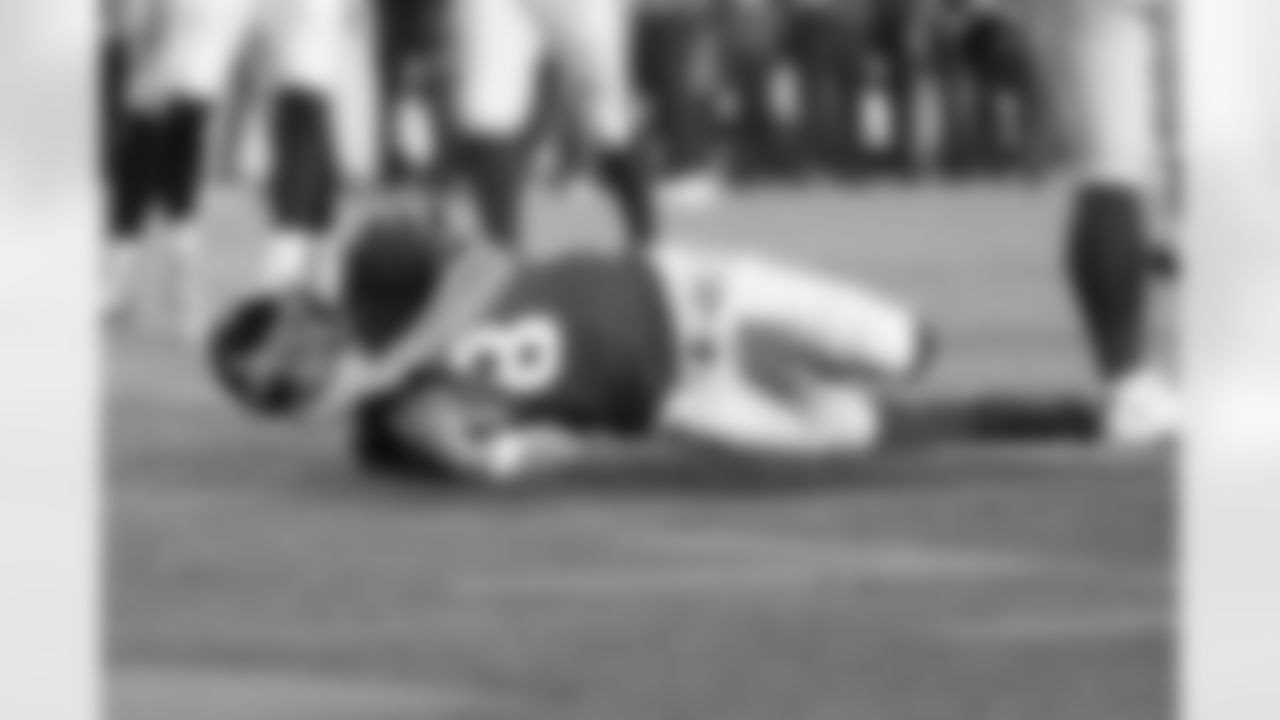
New York Giants quarterback Daniel Jones (8) scoring a touchdown against the Washington Football Team during the first half of an NFL football game, Thursday, Sept. 16, 2021, in Landover, Md. (AP Photo/Patrick Semansky)

Daniel Jones (8)

New York Giants quarterback Daniel Jones (8) runs the ball during the first half of an NFL football game against the Washington Football Team, Thursday, Sept. 16, 2021, in Landover, Md. (AP Photo/Terrance Williams)

New York Giants quarterback Daniel Jones in action during an NFL football game against the Denver Broncos Sunday, Sept. 12, 2021, in East Rutherford, N.J. (AP Photo/Matt Rourke)

Daniel Jones (8), Saquon Barkley (26)

New York Giants quarterback Daniel Jones (8) throws a pass to Saquon Barkley (26) during a week 2 Thursday Night football game against the Washington Football Team on Thursday September 16th, 2021 in Landover, Maryland.

New York Giants quarterback Daniel Jones (8) carries the ball during a Week 4 football game against the New Orleans Saints on Sunday October 3, 2021 in New Orleans, Louisiana

New York Giants quarterback Daniel Jones (8) carries the ball during a Week 4 football game against the New Orleans Saints on Sunday October 3, 2021 in New Orleans, Louisiana

New York Giants quarterback Daniel Jones (8) throws a pass during a Week 4 football game against the New Orleans Saints on Sunday October 3, 2021 in New Orleans, Louisiana

New York Giants quarterback Daniel Jones (8) during a week 1 game against the Denver Broncos on September 12th, 2021 in East Rutherford, New Jersey
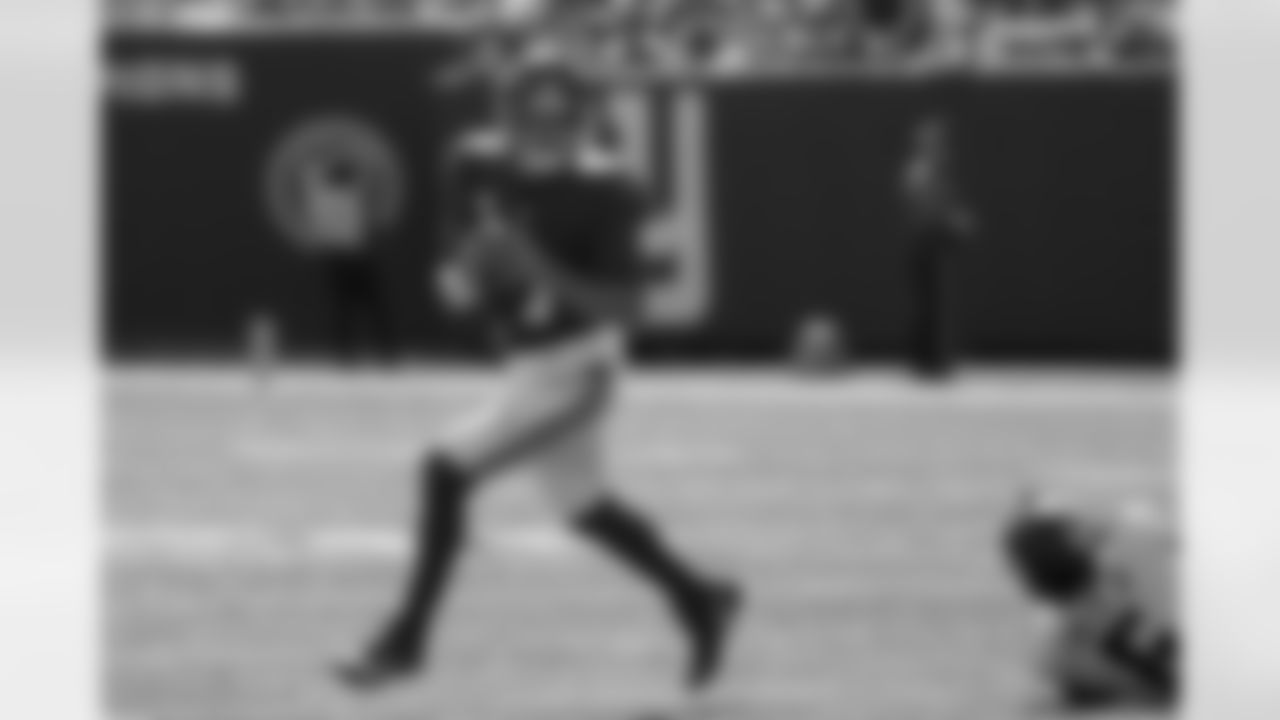
New York Giants quarterback Daniel Jones (8) looks to pass after breaking away from Atlanta Falcons defensive end Dante Fowler Jr. (6) during the first half of an NFL football game, Sunday, Sept. 26, 2021, in East Rutherford, N.J. (AP Photo/Seth Wenig)

New York Giants quarterback Daniel Jones (8) throws a pass during a Week 4 football game against the New Orleans Saints on Sunday October 3, 2021 in New Orleans, Louisiana

New York Giants quarterback Daniel Jones (8) during a week 1 game against the Denver Broncos on September 12th, 2021 in East Rutherford, New Jersey

New York Giants quarterback Daniel Jones (8) looks for an open man during the second half of an NFL football game against the Washington Football Team, Thursday, Sept. 16, 2021, in Landover, Md. Washington won 30 - 29. (AP Photo/Al Drago)

New York Giants quarterback Daniel Jones (8) calls out between plays in the first half of an NFL football game against the New Orleans Saints in New Orleans, Sunday, Oct. 3, 2021. (AP Photo/Brett Duke)

New York Giants quarterback Daniel Jones passes during the first half of an NFL football game against the Atlanta Falcons, Sunday, Sept. 26, 2021, in East Rutherford, N.J. (AP Photo/Bill Kostroun)

New York Giants quarterback Daniel Jones (8) during a NFL football game against the Green Bay Packers, Sunday October 9, 2022 in Tottenham Hotspur Stadium Credit Evan/New York Giants

Daniel Jones (8)

Daniel Jones (8)

Daniel Jones (8)

Daniel Jones (8), Andrew Thomas (78)

Daniel Jones (8)

Daniel Jones (8)

Daniel Jones (8)

Daniel Jones (8)

New York Giants quarterback Daniel Jones (8) throws a pass during a football game against the Carolina Panthers on Sunday September 18, 2022 in East Rutherford, New Jersey (Evan Pinkus/NY Giants)

New York Giants quarterback Daniel Jones (8) during a football game against the Chicago Bears on Sunday October 2, 2022 in East Rutherford, New Jersey (Evan Pinkus/NY Giants)

Daniel Jones

New York Giants quarterback Daniel Jones (8) during a football game against the Baltimore Ravens on Sunday October 16, 2022 in East Rutherford, New Jersey (Evan Pinkus/NY Giants)


The New York Giants take on the Baltimore Ravens at Metlife Stadium in East Rutherford, NJ on Sunday October 16, 2022. (Ben Solomon/New York Giants)

New York Giants quarterback Daniel Jones (8)gets introduced before a football game against the Baltimore Ravens on Sunday October 16, 2022 in East Rutherford, New Jersey (Evan Pinkus/NY Giants)

Daniel Jones

Daniel Jones (8)

Daniel Jones (8)

Daniel Jones (8)

Daniel Jones (8)

Daniel Jones (8)

New York Giants quarterback Daniel Jones (8) during a NFL football game against the Green Bay Packers, Sunday October 9, 2022 in Tottenham Hotspur Stadium Credit Evan/New York Giants

New York Giants quarterback Daniel Jones (8) during a week 7 football game against the Carolina Panthers on Sunday October 24th, 2021 in East Rutherford, New Jersey

Daniel Jones (8),

Daniel Jones (8)

New York Giants quarterback Daniel Jones (8) during a week 7 football game against the Carolina Panthers on Sunday October 24th, 2021 in East Rutherford, New Jersey

New York Giants tight end Daniel Bellinger (82) celebrates a touchdown catch with New York Giants quarterback Daniel Jones (8) during a football game against the Carolina Panthers on Sunday September 18, 2022 in East Rutherford, New Jersey (Evan Pinkus/NY Giants)

New York Giants quarterback Daniel Jones (8) during a week 7 football game against the Carolina Panthers on Sunday October 24th, 2021 in East Rutherford, New Jersey

Daniel Jones (8)

Daniel Jones

Daniel Jones (8)

Daniel Jones (8)


Daniel Jones (8)

Daniel Jones

Daniel Jones (8)

The New York Giants take on the Baltimore Ravens at Metlife Stadium in East Rutherford, NJ on Sunday October 16, 2022. (Ben Solomon/New York Giants)


Daniel Jones (8)

New York Giants quarterback Daniel Jones (8) during a NFL football game against the Green Bay Packers, Sunday October 9, 2022 in Tottenham Hotspur Stadium Credit Evan/New York Giants
Dan Salomone: There are three tenets of being a physical football team. The first two – stopping the run and running the ball – are agreed upon by every head coach. The third can be debated. Some say rush the passer; Joe Judge says it is covering kicks. That is the Nick Saban and the Bill Belichick in him. That is the longtime special teams coach, the three-time Super Bowl champion and two-time college football national champion in him.
"Those are three things you need to do to be a physical team, and you can't win in this league without being a physical team," Judge said during this offseason. "You look at the teams every year whose seasons extend longer than other teams. They do certain things in common. That always kind of goes back to the same traits."
Judge's first task as head coach was putting together a staff which, after a methodical search, included six members who were with the Giants last year. Of those, two coach special teams. Thomas McGaughey returns for his third season as special teams coordinator, and he's assisted by his predecessor, Tom Quinn, who was the Giants' special teams coordinator from 2007-17.
"The experience is important, but the success is more important," Judge said. "They've been doing it at a high success rate for a long time. The fact that they had a relationship working together already, I had a relationship with both guys from going against them and have known them within the profession for some time now. T-Mac and Tom do a tremendous job. I love the way they relate to the players, I love the way they coach their guys. You know when you go against their units that they're going to be sound and they're going to play hard, and that's critical. I have a lot of respect for both of them."
In 2019, the Giants' kickoff coverage team led the NFL by allowing an average return of just 18.1 yards while the punt coverage team finished tied for fifth (5.7 avg.). Conversely, the Giants' return squads were fourth and 10th, respectively, on punts (9.8) and kickoffs (23.5).
In other words, Judge liked what he saw.
The unit should only be stronger with the addition of Judge's expertise and the host of players the Giants signed or drafted this offseason. Most notable is Nate Ebner, the lone player to participate in the Olympics (rugby) and win the NFL championship in the same year. Ebner played in New England from 2012-19, the same eight years Judge was either a Patriots special teams assistant or coordinator. Ebner had more than 10 special teams tackles in six of his eight seasons, and the Patriots won all three Super Bowls in which he played (Ebner was sidelined for New England's loss to Philadelphia in Super Bowl LII after tearing his ACL while running for 14 yards and a first down on a fake punt vs. Miami on Nov. 26, 2017).
The Giants also signed Pro Bowl long snapper and former Bronco Casey Kreiter to take over for two-timer Super Bowl champion and two-time Pro Bowl veteran Zak DeOssie, who remains a free agent. Meanwhile, the team selected four linebackers on the final day of the draft, so you know they will have to learn their stripes on special teams.
"No one really looks at those intricacies as much as they do offense or defense, but they're out there and they're happening every game," Ebner said. "In the kicking game, just as well. Those finer points can be the difference-maker, especially in a phase of the game that's a one-play series. You don't get four downs. You don't have a bunch of opportunities. You get one chance. Sometimes, those opportunities can be game-changing opportunities.
"Those details matter, and I think having played as long as I have, I, hopefully, can kind of build on what I've experienced. That's why I love the kicking game. It's a one-play series that's balls to the wall for the entire time. It's not like you get an incomplete pass and you're back in the deep part of the field, and not covering grass and it's a run play or something like that. Every single play in the kicking game is absolutely full speed and a dog fight. Every single one of them. It's fun."
It also wins games.
John Schmeelk: Since we haven't seen this defense in a practice setting, I can only go based on the limited info that has been mentioned by the players and coaches in their off-season interviews. Head coach Joe Judge indicated it would look similar to what Patrick Graham did in Miami. If so, here are some characteristics Giants fans should expect to see:
Plenty of man-to-man
Only Matt Patricia's Detroit Lions played more Cover 1 than the Dolphins last year, according to Pro Football Focus. Detroit spent 516 of their 1144 snaps playing man-to-man with a single-high safety, while the Dolphins used that scheme on 491 of their 1116 defensive snaps. The Patriots and Giants were tied for the fourth-most plays in Cover 1. Coaches from the Bill Belichick tree like to play man-to-man and there's no reason to think the Giants won't do the same in 2020.
High blitz frequency
The Dolphins blitzed on 35.1% of their defensive snaps last year, which was the seventh-highest frequency in the NFL, according to PFF. The Giants blitzed about 30% of the time last year, which was just above the league average. Without a proven pass rusher, Miami used many players standing up at the line of scrimmage to confuse quarterbacks. There were many third-and-longs characterized by several players standing near the line of scrimmage to disguise who was blitzing and who was dropping into coverage.
3-4 base defense
I think Graham will use a 3-4 as his base scheme, but he and Judge have indicated the team's basic fronts can change week to week to counter their opponents.
An amoeba defense
Belichick's defenses have always liked to shift their schemes from week to week or series to series, depending on the opponent's offensive scheme. Judge and Graham have been forthright that they plan on having their defense look very different each week. Shifting schemes like this can make it difficult on opposing offenses to prepare for the Giants' defense.
View photos of every roster addition made by the Giants this offseason.


OT Andrew Thomas
(AP Photo/John Bazemore, File)

S Xavier McKinney
(AP Photo/Wilfredo Lee)

OT Matt Peart
(AP Photo/Phelan M. Ebenhack)

CB Darnay Holmes
(AP Photo/Rick Scuteri)

OL Shane Lemieux
(AP Photo/Rick Scuteri)

LB Cam Brown
(AP Photo/Doug McSchooler)

LB Carter Coughlin
(AP Photo/Michael Conroy)

LB T.J. Brunson
(AP Photo/Sean Rayford)

DB Chris Williamson
(AP Photo/Stacy Bengs)

LB Tae Crowder
(AP Photo/John Amis)

CB James Bradberry
(AP Photo/Brian Blanco)

LB Blake Martinez
(AP Photo/Steve Luciano)

LB Kyler Fackrell
(AP Photo/Morry Gash)

OT Cam Fleming
(AP Photo/Michael Ainsworth)

RB Dion Lewis
(AP Photo/James Kenney)

LS Casey Kreiter
(AP Photo/David Zalubowski)

DL Austin Johnson
(AP Photo/James Kenney)

S Nate Ebner
(Ryan Kang via AP)

QB Colt McCoy
(AP Photo/Nick Wass)

DB Dravon Askew-Henry
(AP Photo/James Kenney)

K Chandler Catanzaro

TE Levine Toilolo
(AP Photo/Tony Avelar)

S Montre Hartage
(AP Photo/Butch Dill)

Dallas Cowboys quarterback Cooper Rush (7) passes during an NFL football game against the San Francisco 49ers, Saturday, Aug. 10, 2019 in Santa Clara, Calif. The 49ers defeated the Cowboys 17-9. (Greg Trott via AP)

S Jaquarius Landrews
(AP Photo/Rogelio V. Solis)

RB Javon Leake
(AP Photo/Chris Szagola)

WR Austin Mack
(AP Photo/Jay LaPrete)

T Kyle Murphy
(AP Photo/Michael Conroy)

WR Derrick Dillon
(AP Photo/Ross D. Franklin)

WR Binjimen Victor
(AP Photo/Michael Conroy)

TE Kyle Markway
(AP Photo/Sean Rayford)

OLB Dominique Ross
(AP Photo/Gerry Broome)

DE Dana Levine
(AP Photo/Chris O'Meara)

DE Oluwole Betiku
(AP Photo/Holly Hart)

OT Tyler Haycraft (60)
(AP Photo/Mark Humphrey)

QB Case Cookus, Northern Arizona


DB Malcolm Elmore, Central Methodist

DE Niko Lalos, Dartmouth

TE Rysen John

DB Dravon Askew-Henry
(Ryan Kang via AP)

DB Dravon Askew-Henry
(Joe Robbins via AP)

DB Dravon Askew-Henry
(AP Photo/Barry Reeger)

DB Dravon Askew-Henry
(Ryan Kang via AP)

LS Casey Kreiter
(AP Photo/Rick Scuteri)

LS Casey Kreiter
(AP Photo/Jack Dempsey)

LS Casey Kreiter
(AP Photo/David Zalubowski)

LS Casey Kreiter
(AP Photo/Jack Dempsey)

DL Austin Johnson
(Scott Boehm via AP)

DL Austin Johnson
(AP Photo/Michael Ainsworth)

DL Austin Johnson
(Scott Boehm via AP)

DL Austin Johnson
(Paul Spinelli via AP)

RB Dion Lewis
(AP Photo/Ed Zurga)

RB Dion Lewis
(AP Photo/Mark Zaleski)

RB Dion Lewis
(AP Photo/James Kenney)

RB Dion Lewis
(AP Photo/Brian Blanco)

QB Colt McCoy
(AP Photo/Michael Ainsworth)

QB Colt McCoy
(AP Photo/Nick Wass)

QB Colt McCoy
(AP Photo/Nick Wass)

QB Colt McCoy
(AP Photo/Nick Wass)

S Nate Ebner
(AP Photo/Charles Krupa)

S Nate Ebner
(AP Photo/Aaron M. Sprecher)

S Nate Ebner
(AP Photo/Steven Senne)

S Nate Ebner
(Al Tielemans via AP)

OT Cam Fleming
(AP Photo/Josie Lepe)

OT Cam Fleming
(AP Photo/Roger Steinman)

OT Cam Fleming
(AP Photo/Roger Steinman)

OT Cam Fleming
(AP Photo/Josie Lepe)

OLB Kyler Fackrell
(AP Photo/Charles Rex Arbogast, File)

LB Kyler Fackrell
(AP Photo/Bill Kostroun)

OLB Kyler Fackrell
(Scott Boehm via AP)

LB Kyler Fackrell
(AP Photo/Elaine Thompson)

CB James Bradberry
(AP Photo/Mike McCarn)

CB James Bradberry
(AP Photo/Butch Dill)

CB James Bradberry
(AP Photo/Brian Blanco)

CB James Bradberry
(AP Photo/Charles Krupa)

LB Blake Martinez
(AP Photo/Rick Osentoski)

LB Blake Martinez
(AP Photo/Duane Burleson)

LB Blake Martinez
(Ryan Kang via AP)

LB Blake Martinez
(Aaron M. Sprecher via AP)

TE Levine Toilolo
(G. Newman Lowrance via AP)

TE Levine Toilolo
(Kevin Terrell via AP)

TE Levine Toilolo (Greg Trott via AP)

TE Levine Toilolo (Kevin Terrell via AP)

S Montre Hartage
(Logan Bowles via AP)

S Montre Hartage
(Logan Bowles via AP)

S Montre Hartage
(AP Photo/Lynne Sladky)

S Montre Hartage
(Logan Bowles via AP)

Dallas Cowboys quarterback Cooper Rush (7) in the first half during an NFL football game against the Philadelphia Eagles, Sunday, Oct. 20, 2019, in Arlington, Texas. (Rick Scuteri via AP)

Dallas Cowboys quarterback Cooper Rush (7) tosses a pass during pregame of an NFL football game against the Detroit Lions, Sunday, Nov. 17, 2019, in Detroit. (AP Photo/Duane Burleson)

Dallas Cowboys quarterback Cooper Rush (7) rolls out to pass during a NFL football game against the Houston Texans, Saturday, Aug. 24, 2019 in Arlington, Tex. The Cowboys won the game 34-0. (Paul Jasienski via AP)

Dallas Cowboys quarterback Cooper Rush (7) scrambles up the middle during a 2019 NFL week 2 preseason game against the Los Angeles Rams, Saturday, August 17, 2019 in Honolulu. The Cowboys defeated the Rams, 14-10. (James D. Smith via AP)

OT Andrew Thomas
(AP Photo/John Amis)

OT Andrew Thomas
(AP Photo/John Bazemore)

OT Andrew Thomas
(AP Photo/Mark Humphrey, File)

OT Andrew Thomas
(AP Photo/Brett Carlsen)

S Xavier McKinney
(AP Photo/Vasha Hunt)

S Xavier McKinney
(AP Photo/Sam Craft, File)

S Xavier McKinney
(AP Photo/Marvin Gentry)

S Xavier McKinney
(AP Photo/Richard Shiro)

OT Matt Peart
(AP Photo/Phelan M. Ebenhack)

OT Matt Peart
(AP Photo/Stephen Dunn)

OT Matt Peart
(AP Photo/Phelan M. Ebenhack)

OT Matt Peart
(AP Photo/Mary Schwalm)

CB Darnay Holmes
(AP Photo/Rick Scuteri)

CB Darnay Holmes
(AP Photo/Rick Scuteri)

CB Darnay Holmes
(AP Photo/Mark J. Terrill)

CB Darnay Holmes
(AP Photo/Marcio Jose Sanchez)

OL Shane Lemieux
(AP Photo/Tony Avelar, File)

OL Shane Lemieux
(AP Photo/Rick Scuteri, File)

OL Shane Lemieux
(AP Photo/Tony Avelar)

OL Shane Lemieux
(AP Photo/Tony Avelar, File)

LB Cam Brown
(AP Photo/Barry Reeger)

LB Cam Brown
(AP Photo/Gene J. Puskar)

LB Cam Brown
(AP Photo/Chris Knight)

LB Cam Brown
(AP Photo/Chris Knight)

LB Carter Coughlin
(AP Photo/Michael Conroy)

LB Carter Coughlin
(AP Photo/Michael Conroy)

LB Carter Coughlin
(AP Photo/Michael Conroy)

LB Carter Coughlin
(AP Photo/Stacy Bengs)

LB T.J. Brunson
(AP Photo/Sean Rayford)

LB T.J. Brunson
(AP Photo/Sean Rayford, File)

LB T.J. Brunson
(AP Photo/L.G. Patterson)

LB T.J. Brunson
(AP Photo/John Raoux)

DB Chris Williamson
(AP Photo/Stacy Bengs)

DB Chris Williamson (AP Photo/Stacy Bengs)

DB Chris Williamson
(AP Photo/Stacy Bengs)

DB Chris Williamson
(AP Photo/Stacy Bengs)

LB Tae Crowder
(AP Photo/Bill Feig)

LB Tae Crowder
(AP Photo/Mike Stewart)

LB Tae Crowder
(AP Photo/Bryan Woolston)

LB Tae Crowder
(AP Photo/John Amis)

S Jaquarius Landrews
(AP Photo/Rogelio V. Solis)

S Jaquarius Landrews
(AP Photo/Rogelio V. Solis)

S Jaquarius Landrews
(AP Photo/Mark Humphrey)

S Jaquarius Landrews
(AP Photo/Rogelio V. Solis)

RB Javon Leake
(AP Photo/Nick Wass)

RB Javon Leake
(AP Photo/Michael Conroy)

RB Javon Leake
(AP Photo/Will Newton)

RB Javon Leake
(AP Photo/Doug McSchooler)

WR Austin Mack
(AP Photo/Paul Sancya)

WR Austin Mack
(AP Photo/Charles Rex Arbogast)

WR Austin Mack
(AP Photo/Jay LaPrete)

WR Austin Mack
(AP Photo/Paul Sancya)

T Kyle Murphy
(AP Photo/Charlie Neibergall)

T Kyle Murphy
(AP Photo/Charlie Neibergall)

T Kyle Murphy
(AP Photo/Michael Conroy)

T Kyle Murphy
(AP Photo/Charlie Neibergall)

WR Derrick Dillon
(AP Photo/Gerald Herbert)

WR Derrick Dillon
(AP Photo/Rick Scuteri)

WR Derrick Dillon
(AP Photo/Rick Scuteri)

WR Derrick Dillon
(AP Photo/Rick Scuteri)

WR Binjimen Victor
(AP Photo/Jay LaPrete)

WR Binjimen Victor
(AP Photo/AJ Mast)

WR Binjimen Victor
(AP Photo/Paul Vernon)

WR Binjimen Victor
(AP Photo/Jay LaPrete)

TE Kyle Markway
(AP Photo/Sean Rayford)

TE Kyle Markway
(AP Photo/Sean Rayford)

TE Kyle Markway
(AP Photo/Wade Payne)

TE Kyle Markway
(AP Photo/Wade Payne)

LB Dominique Ross
(AP Photo/Ben McKeown)

OLB Dominique Ross
(AP Photo/Karl B DeBlaker)

OLB Dominique Ross
(AP Photo/Gerry Broome)

DE Dana Levine
(AP Photo/Julio Cortez)
Lance Medow: Joe Judge was asked this question when he spoke with the media in May and his response: "I think, schematically, the easiest way to describe it right now, to the outside world is: It's going to be similarly based on what Jason has done in Dallas over the last 10 or so years. There's going to be some similarities catering to that, but it's got to cater to our players on our roster." It's important to note, Jason Garrett last called plays for the Cowboys in 2012. Since then, Bill Callahan (2013-14), Scott Linehan (2015-18) and Kellen Moore (2019) assumed that role, although Garrett still played an integral role in formulating the game plan on a weekly basis. So the core principles Garrett implemented in 2007, when he took over as Cowboys offensive coordinator, always had a presence.
The Giants will have a balanced offense under Garrett. If you look at his tenure in Dallas, the Cowboys didn't take the ball out of the hands of Tony Romo or Dak Prescott, and I don't see that approach changing with a young signal caller coming off an impressive rookie season in Daniel Jones. Garrett's offense is vertical and aggressive, and one way to take on that persona is to allow your quarterback to make plays. Last season, Prescott (career-high 596 pass attempts) and wide receiver Randall Cobb (1) combined for the Cowboys' 597 throws to 449 rushes. In 2018, the Cowboys had 527 pass attempts to 439 rushes, and in 2017, they threw the ball 493 times against 480 runs. Prescott's pass attempts went up in each of his four seasons while the team's run totals remained in the same ballpark. Keep in mind, Prescott had a new offensive coordinator (Kellen Moore) in 2019 and his attempts still increased. Moore had already been on staff as the quarterbacks coach in 2018, so familiarity was a factor. Therefore, this doesn't necessarily mean Garrett will pull back the reins just because Daniel Jones is learning a new offense and working with a new coordinator.
According to Pro Football Focus, Prescott was the NFL's fourth-best quarterback in 2019 when it came to deep passes (thrown 20+ yards), completing 46% for a 110.2 passer rating and 15.2 yards per attempt. While the deep ball was a staple of the Cowboys' offense, let's not overlook the fact that executing these plays still come down to the individual quarterback, skill position players and offensive linemen.
Although the Giants' personnel isn't a duplication of what Garrett worked with in Dallas, there are still similarities. Much like Ezekiel Elliott, New York has a game-changing running back in Saquon Barkley and whereas Prescott has a bit more experience than Jones, they're both mobile and have the ability to extend plays. The Cowboys have stressed featuring the tight end, specifically Jason Witten, but even Blake Jarwin received opportunities. The Giants can showcase Evan Engram and Kaden Smith, so I would expect both to be utilized in a similar manner. Last season, the latter two combined for 94 receptions on 124 targets, accounting for 24% of the Giants' completions and 21% of the targets. All of these factors are why you can expect aggressive attempts downfield, the presence of a run game fueled by a workhorse, and tight ends to make plays in the middle of the field.
Dan Salomone: "Earn it." Those two words jumped out to me during Joe Judge's introductory press conference in January, and everything has branched off that philosophy. By now, you've heard all about his ties to Nick Saban and Bill Belichick, so it's no surprise where that influence came from. There's no magic scheme or new gimmick that will get the Giants back on track. Judge isn't reinventing the wheel; he is stressing the fundamentals on a daily basis – in the classroom, on the practice field, and then in games. That was the biggest lesson he learned from his wildly successful mentors.
"You don't build the Empire State Building by washing the windows," Judge said. "You build it with the foundation and work it on up."
Tactically, Judge is building a team that can morph week to week. He wants to have the flexibility to adjust the game plan and maximize the Giants' strengths versus the opponent's weaknesses. One week, he will run the ball 50 times; in another, he will pass it 50 times. Of course, you need the right personnel to do it. What the Giants did in the draft and free agency clearly reflects the value he places on versatility.
This has been an off-season like no other for a first-year head coach. Judge has said from the beginning of the virtual program that the advantage goes to the most prepared team going forward. While trying to leave no stone unturned, he knew the biggest challenge to working remotely would be the team-building element. For that, he set up trivia challenges for everyone to get to know each other and their surroundings.
"We kind of took some lessons from really watching my kids do virtual school and some guys from around the country on what they were doing at different colleges and different pro programs," Judge said in a remote interview with the Voice of the Giants Bob Papa as the team wrapped up its off-season program. "I was watching my kids use the Kahoot! app, and we found out a couple of colleges were using the same thing. Really, it started through player development and went across the offense and defense, as well, in terms of having some daily competitions and weekly competitions. We subdivided the teams into different groups and made it competitive, played for some prizes. We were able to ask questions about things related to getting to know your teammate or getting to know the area, organizational history or maybe something directly tied into offense or defense.
"It was fun. It changes it up a little bit. It gets guys interacting. When you first start the meetings, everyone will come in with a muted screen the first couple of weeks. It was very quiet. Then over time, they got more comfortable. Really, the best part of the day was you'd click on a few minutes before the meetings start and you'd hear the players cutting up on each other, kind of calling out who needs a haircut, who's been doing what. That was really the best time, hearing the guys interacting like they would in the locker room. We wanted to let that grow as organically as we could throughout the Spring."
John Schmeelk: Saquon Barkley is the easy answer. He is the most physically gifted played on the roster and may take it to the house any time he touches the ball. He could lead the NFL in 20-yard rushes and yards from scrimmage. Barkley is also an accomplished route runner, and can do more than just turn screens and dump-offs into big plays. I expect to see him on downfield passing routes - whether they are wheel, circle or option routes to get him isolated on slower defensive players. I expect Barkley, who must avoid the injuries that plagued him in his sophomore campaign, to be the focal point of a run-heavy offense in 2020.
I also want to give an honorable mention to Golden Tate. He was extremely productive after returning from last year's four-game suspension. It doesn't look like the veteran has lost much of his athleticism, even though he will turn 32 in August. Tate can still create separation and win on every level of the defense. He is still one of the best receivers in the NFL running after the catch. I think he will lead the team in receptions and become Daniel Jones' go-to receiver.
View photos of all skill position players on the Giants' 90-man roster.


RB Saquon Barkley (Ryan Kang via AP)

RB Dion Lewis (Ric Tapia via AP)

RB Wayne Gallman (AP Photo/Paul Sancya)

RB Jon Hilliman (Evan Pinkus via AP)

RB Elijhaa Penny (Winslow Townson/AP Images for Panini)
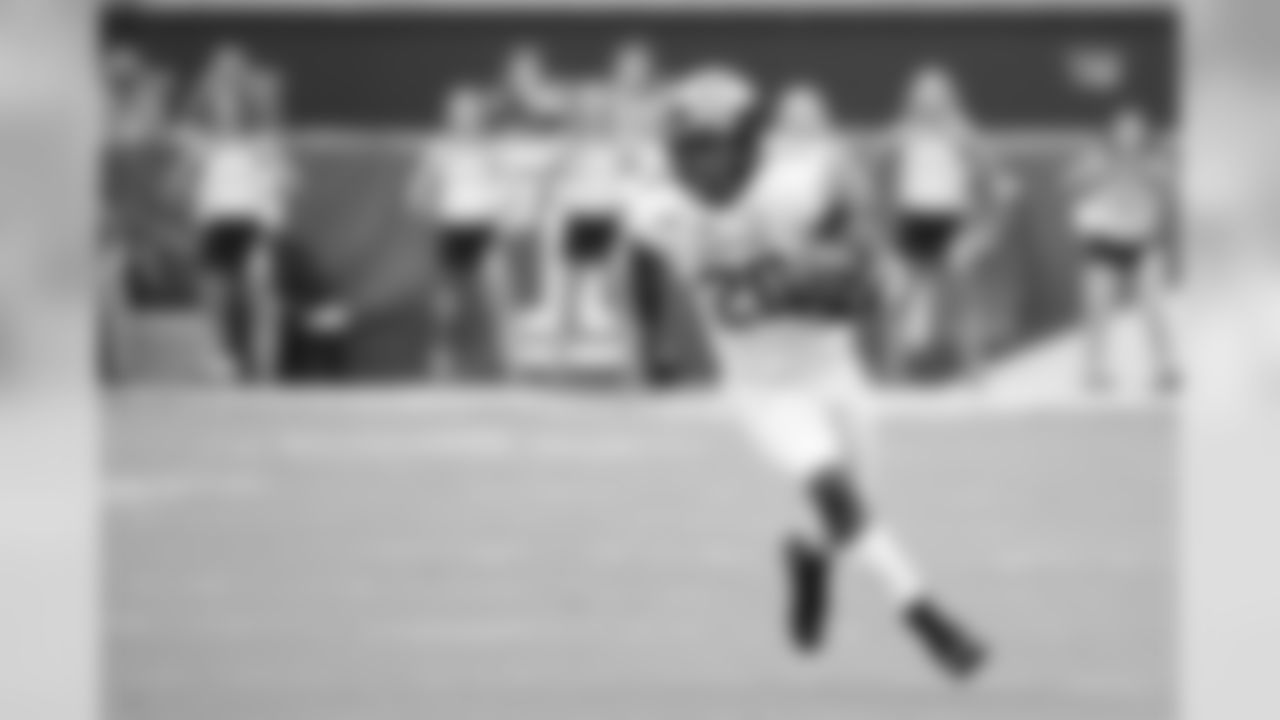
RB Javon Leake (AP Photo/Chris Szagola)

RB Sandro Platzgummer (allocated to Giants as part of NFL International Player Pathway Program) (via NFL International)

WR Sterling Shepard

WR Golden Tate (AP Photo/Adam Hunger)

WR Darius Slayton (AP Photo/Vera Nieuwenhuis)

WR Cody Core (Margaret Bowles via AP)

WR Corey Coleman (Al Tielemans via AP)

WR Da'Mari Scott (AP Photo/Alex Brandon)

WR David Sills V (Evan Pinkus via AP)

WR Alex Bachman (Matthew Swensen, New York Football Giants)

WR Austin Mack (AP Photo/Charles Rex Arbogast)

WR Derrick Dillon (AP Photo/Ross D. Franklin)

WR Binjimen Victor (AP Photo/Michael Conroy)

TE Evan Engram (Damian Strohmeyer via AP)

TE Kaden Smith (Kevin Terrell via AP)

TE Levine Toilolo (G. Newman Lowrance via AP)
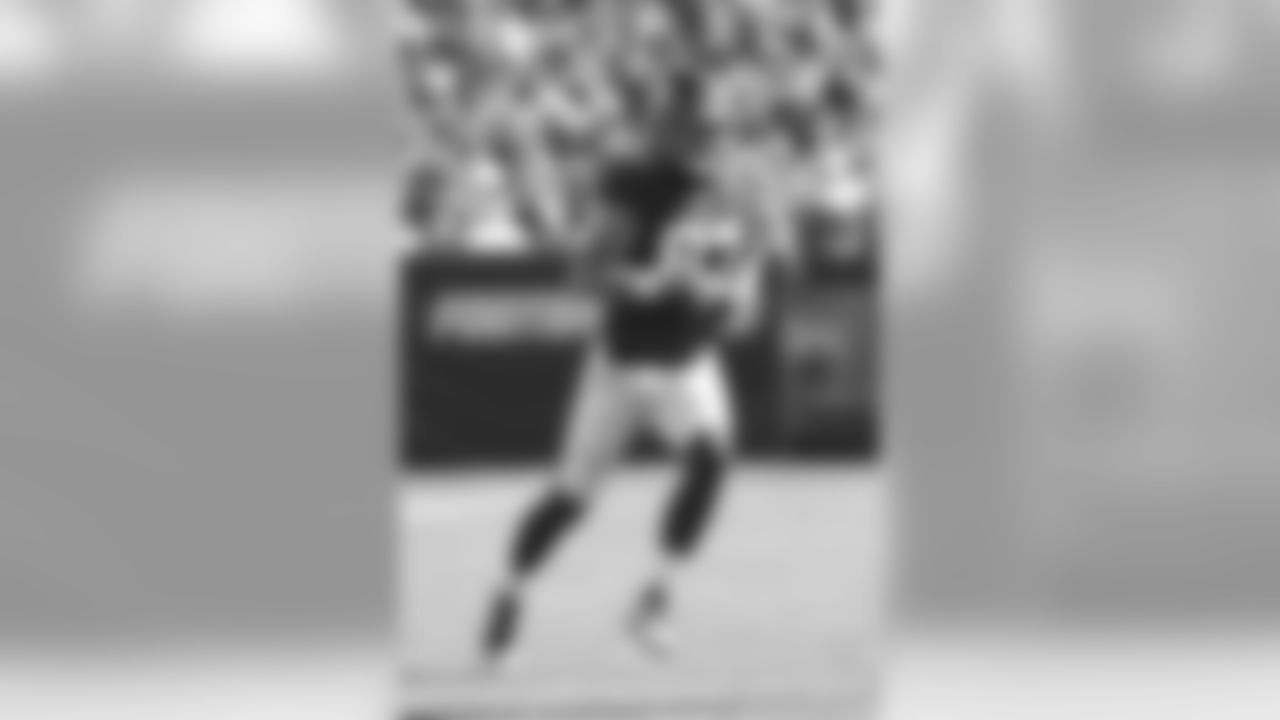
TE Eric Tomlinson (Evan Pinkus via AP)

TE Garrett Dickerson (Evan Pinkus, New York Football Giants)

TE Kyle Markway (AP Photo/Sean Rayford)

TE Rysen John

(Matthew Swensen, New York Football Giants)

RB Saquon Barkley (26) takes part in a Week 3 game against the Tampa Bay Buccaneers at Raymond James Stadium on Sunday September 22, 2019 in East Rutherford, New Jersey (Evan Pinkus, New York Football Giants)

RB Saquon Barkley (26) takes part in a Week 15 regular season game against the Miami Dolphins at MetLife Stadium on Sunday December 15, 2019 in East Rutherford, New Jersey (Evan Pinkus, New York Football Giants)

RB Saquon Barkley (26) during a Week 9 game against the Dallas Cowboys at MetLife Stadium in East Rutherford, NJ (Jack Tumen, New York Football Giants)

RB Saquon Barkley (26) takes part in a Week 1 game against the Dallas Cowboys at AT&T Stadium on Sunday September 8th, 2019 in Arlington, Texas (Evan Pinkus, New York Football Giants)

RB Dion Lewis warms up before an NFL football game between the Titans and the Houston Texans Sunday, Dec. 15, 2019, in Nashville, Tenn. (AP Photo/James Kenney)

RB Dion Lewis (33) runs for yardage during an NFL football game against the Carolina Panthers Sunday, Nov. 3, 2019 in Charlotte, N.C. The Panthers defeated the Titans 30-20. (Damian Strohmeyer via AP)

RB Dion Lewis (33) before an NFL football game against the Jacksonville Jaguars Thursday, Sept. 19, 2019, in Jacksonville, Fla. (AP Photo/Chris O'Meara)

RB Dion Lewis (33) during an NFL football game against the Cleveland Browns, Sunday, Sept. 8, 2019, in Cleveland. Tennessee won 43-13. (Aaron Doster via AP)

RB Dion Lewis warms up before a preseason NFL football game against the New England Patriots Saturday, Aug. 17, 2019, in Nashville, Tenn. (AP Photo/Mark Zaleski)
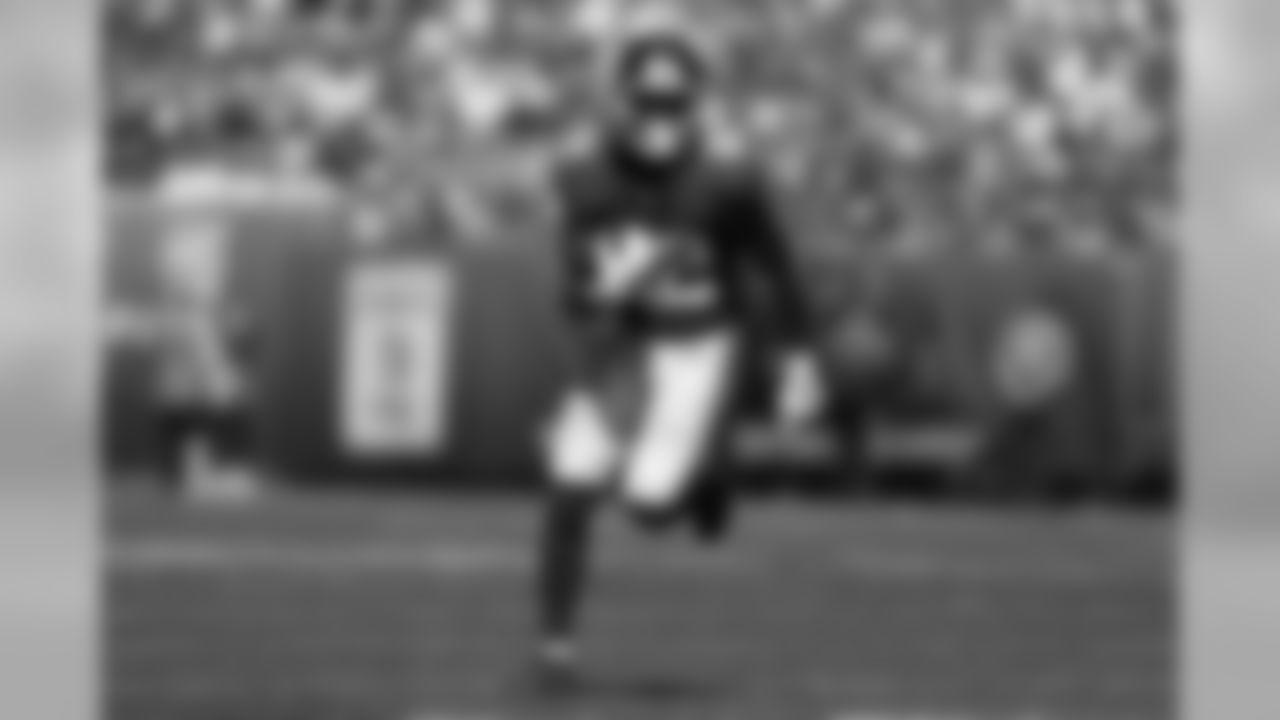
RB Wayne Gallman runs the ball during the first half of an NFL football game against the Washington Redskins, Sunday, Sept. 29, 2019, in East Rutherford, N.J. (AP Photo/Adam Hunger)
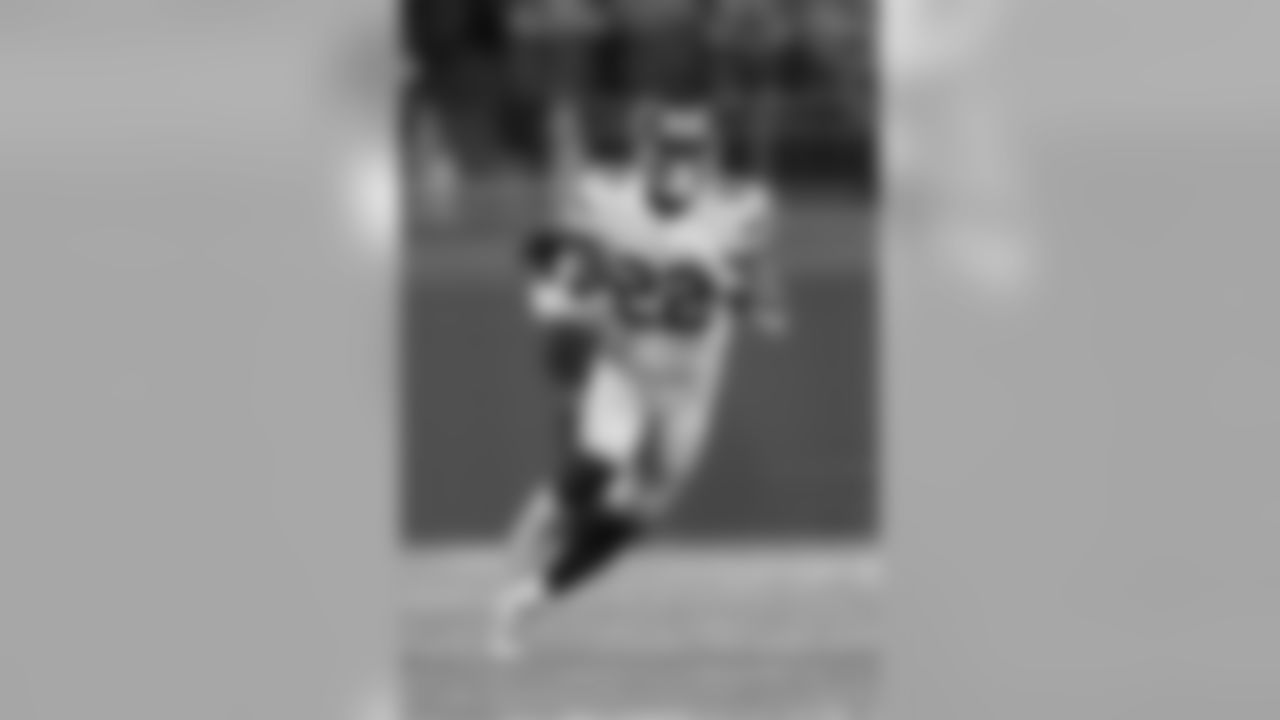
RB Wayne Gallman runs the ball against the Detroit Lions during an NFL football game in Detroit, Sunday, Oct. 27, 2019. (AP Photo/Paul Sancya)

RB Wayne Gallman Jr. (22) runs during an NFL football game against the Dallas Cowboys, Sunday Sept. 8, 2019 in Arlington, Texas. (Greg Trott via AP)

RB Wayne Gallman carries the ball in the first half of an NFL preseason football game against the New England Patriots, Thursday, Aug. 29, 2019, in Foxborough, Mass. (AP Photo/Elise Amendola)
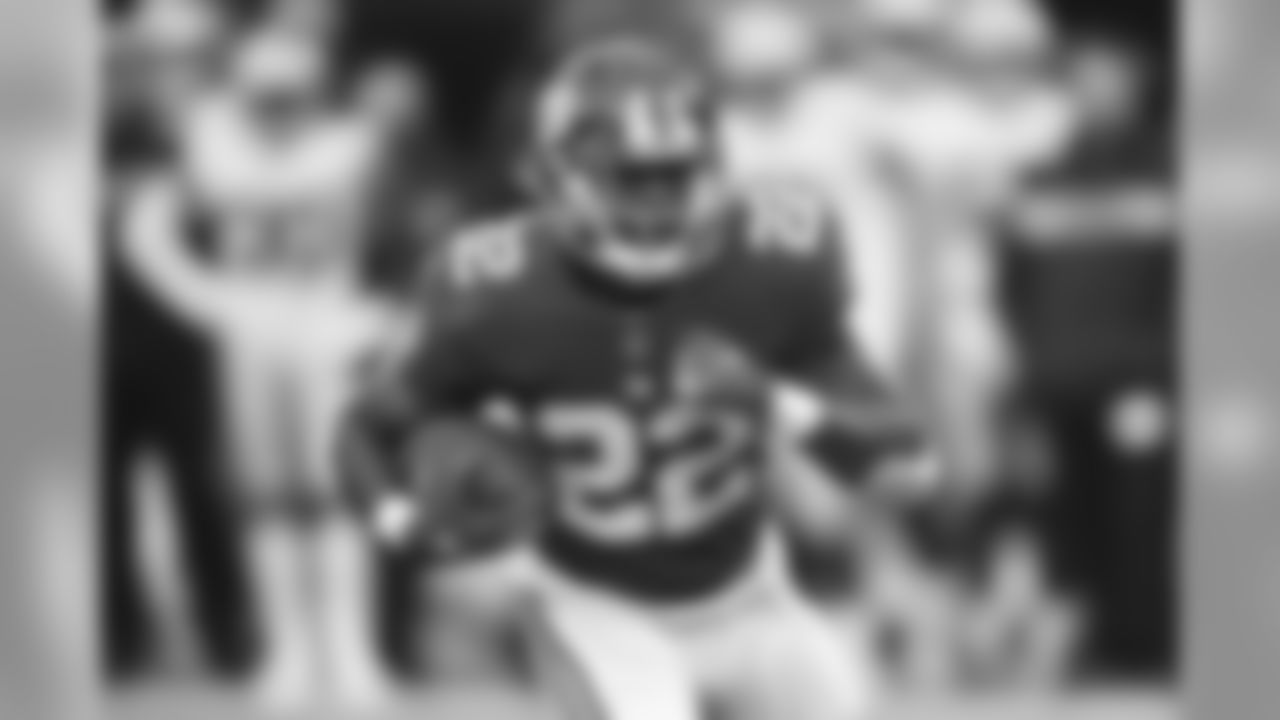
RB Wayne Gallman (22) carries the ball during a week 17 NFL football game against the Dallas Cowboys on Sunday December 30, 2018 in East Rutherford, NJ. (Evan Pinkus via AP)

RB Jon Hilliman (28) during an NFL football game against the Washington Redskins Sunday September 29, 2019 in East Rutherford, NJ (Evan Pinkus via AP)

RB Jon Hilliman goes in motion before the snap in the first half of an NFL football game against the New England Patriots, Thursday, Oct. 10, 2019, in Foxborough, Mass. (AP Photo/Elise Amendola)

New York Giants running back Jon Hilliman warms up before an NFL football game against the Minnesota Vikings, Sunday, Oct. 6, 2019, in East Rutherford, N.J. (AP Photo/Adam Hunger)
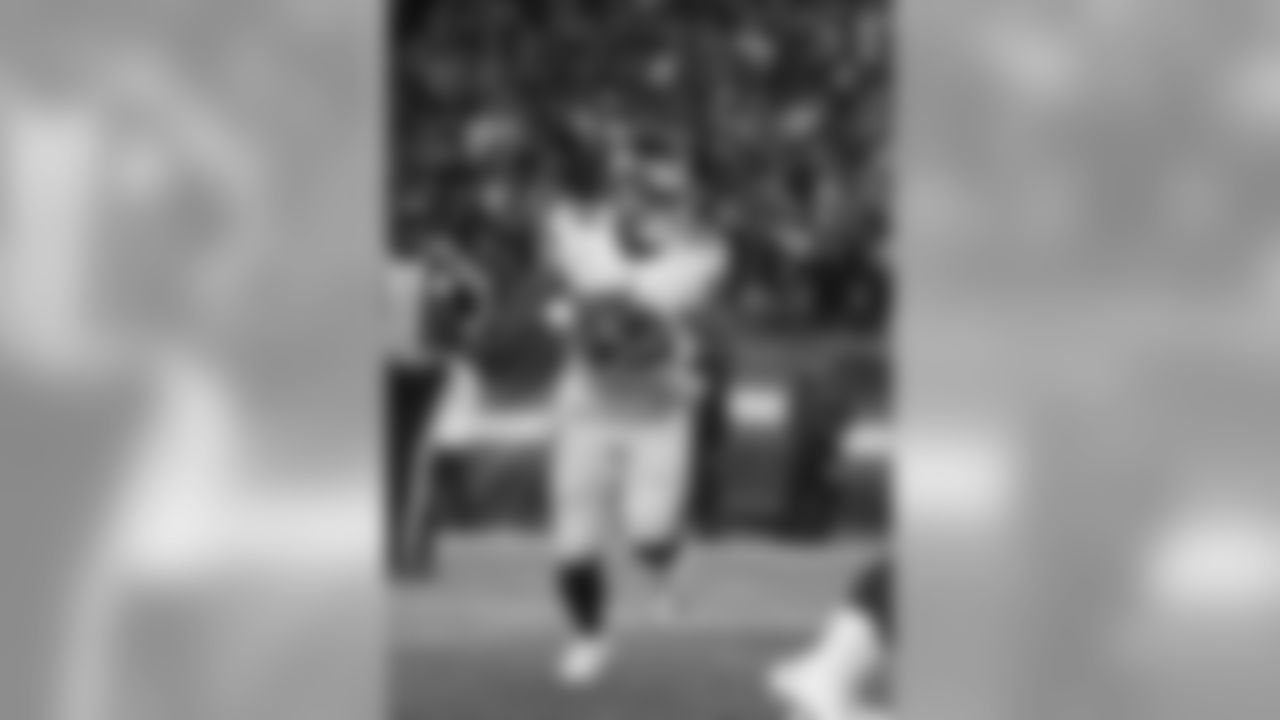
RB Elijhaa Penny runs the ball against the New England Patriots during an NFL football game, Thursday, Oct. 10, 2019 in Foxborough, Mass. (Winslow Townson/AP Images for Panini)

RB Elijhaa Penny (39) takes part in a Week 4 regular season game against the Minnesota Vikings at MetLife Stadium on Sunday October 6th, 2019 in East Rutherford, New Jersey (Jack Tumen, New York Football Giants)

RB Elijhaa Penny (39) during an NFL football game against the Chicago Bears Sunday November 24, 2019 in Chicago (Evan Pinkus via AP)
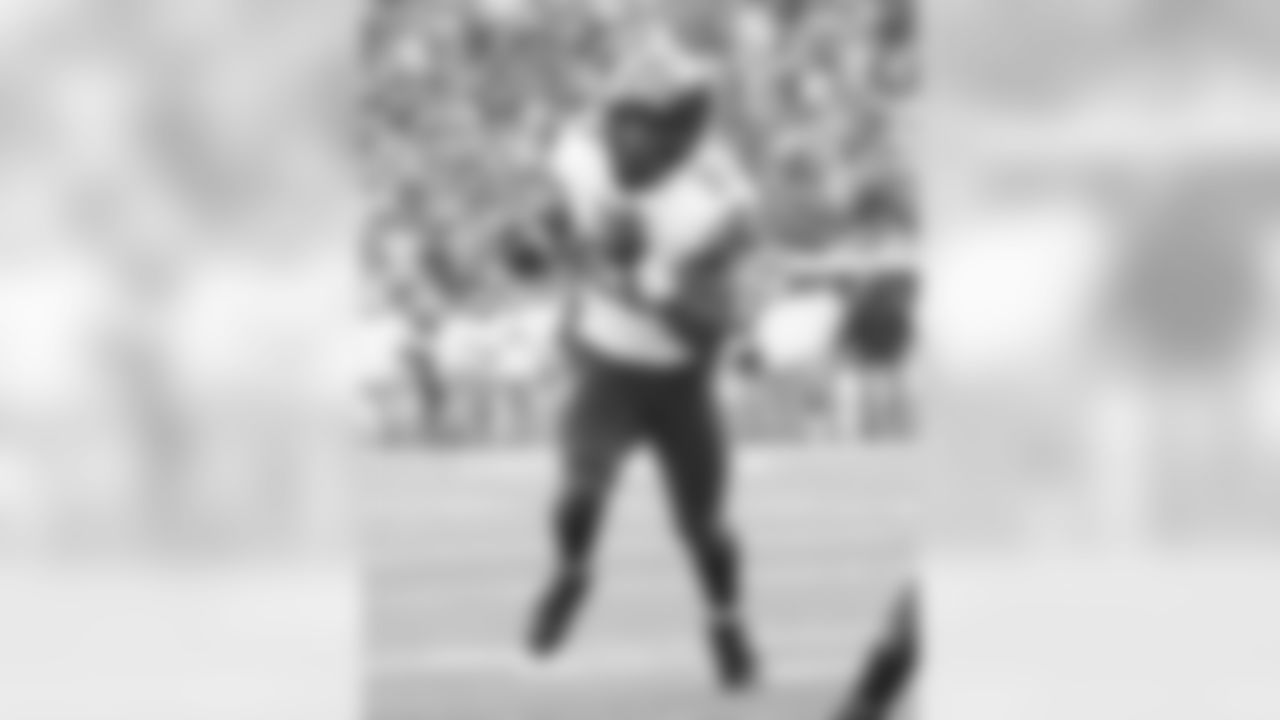
RB Javon Leake (20) scores on a one-yard touchdown run in the second half of an NCAA football game against Michigan in Ann Arbor, Mich., Saturday, Oct. 6, 2018. (AP Photo/Paul Sancya)

RB Javon Leake (20) runs with the ball during the second half of an NCAA football game against Indiana, Saturday, Oct. 19, 2019, in College Park, Md. (AP Photo/Nick Wass)
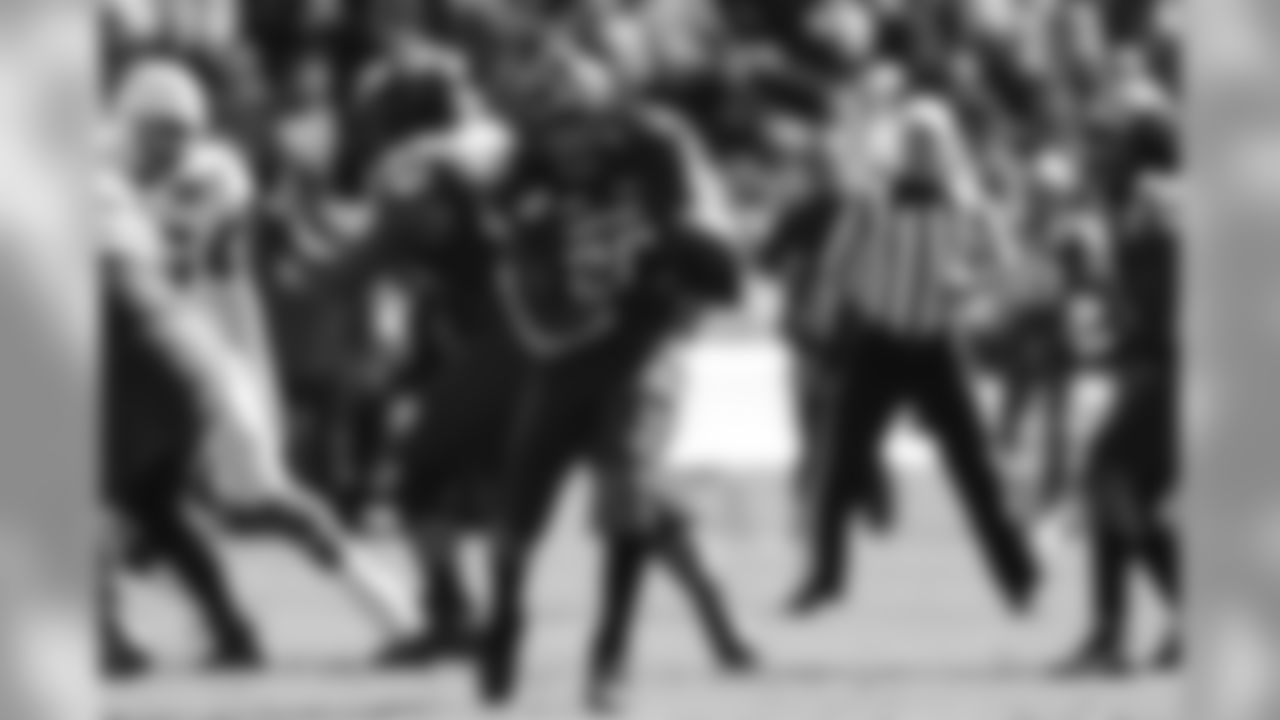
RB Javon Leake (20) runs against Purdue during the first half of an NCAA college football game in West Lafayette, Ind., Saturday, Oct. 12, 2019. (AP Photo/Michael Conroy)

WR Sterling Shepard (87) during an NFL football game against the Green Bay Packers Sunday December 1st, 2019 in East Rutherford, New Jersey (Evan Pinkus via AP)

WR Sterling Shepard runs with the ball during the second half of an NFL football game against the Philadelphia Eagles, Sunday, Nov. 25, 2018, in Philadelphia. (AP Photo/Michael Perez)

WR Sterling Shepard (87) looks on before an NFL football game against the Dallas Cowboys, Sunday, Sept. 8, 2019, in Arlington, Texas. (Cooper Neill via AP)

WR Sterling Shepard (87) carries the ball in an NFL game against the Philadelphia Eagles, Monday, Dec. 9, 2019, in Philadelphia. (Margaret Bowles via AP)

WR Sterling Shepard (87) finds running room in the first half of a NFL football game against the Dallas Cowboys in Arlington, Texas, Sunday, Sept. 8, 2019. (AP Photo/Michael Ainsworth)

WR Golden Tate (15) makes a catch during an NFL football game against the Washington Redskins Sunday December 22nd, 2019 in Landover, Md (Evan Pinkus via AP)

WR Golden Tate (15) runs a route during an NFL football game against the Philadelphia Eagles, Monday, Dec. 9, 2019, in Philadelphia. (Ryan Kang via AP)

WR Golden Tate (15) signals during an NFL football game against the Miami Dolphins, Sunday, Dec. 15, 2019, in East Rutherford, N.J. (AP Photo/Adam Hunger)
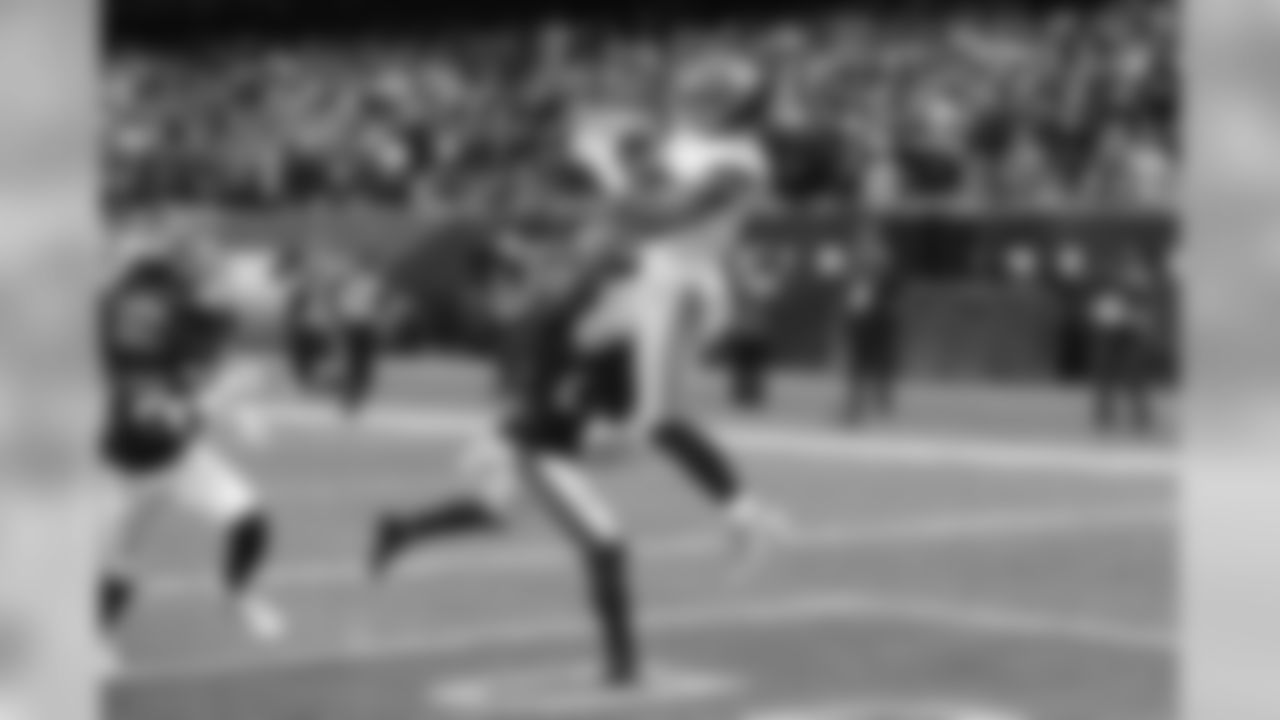
WR Golden Tate (15) makes a catch for a touchdown over Chicago Bears cornerback Buster Skrine (24) during the second half of an NFL football game in Chicago, Sunday, Nov. 24, 2019. (AP Photo/Charles Rex Arbogast)

WR Golden Tate (15) plays against the Chicago Bears during the second half of an NFL football game in Chicago, Sunday, Nov. 24, 2019. (AP Photo/Paul Sancya)

WR Darius Slayton, right, runs away from New York Jets' Nate Hairston for a touchdown during the first half of an NFL football game Sunday, Nov. 10, 2019, in East Rutherford, N.J. (AP Photo/Bill Kostroun)

WR Darius Slayton (86) makes a catch during an NFL football game against the Green Bay Packers Sunday December 1st, 2019 in East Rutherford, New Jersey (Evan Pinkus via AP)

WR Darius Slayton (86) carries the ball in an NFL game against the Philadelphia Eagles, Monday, Dec. 9, 2019, in Philadelphia. (Margaret Bowles via AP)
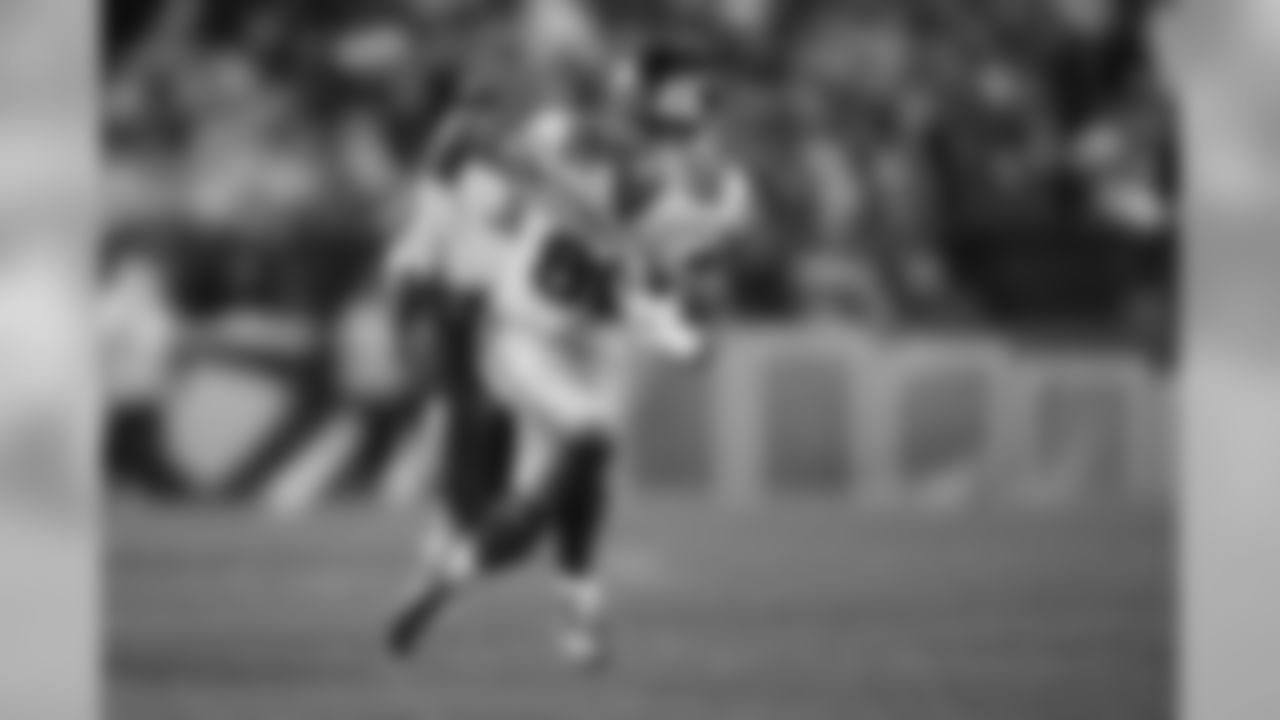
WR Darius Slayton (86) runs to score a touchdown during the first half of an NFL football game against the Philadelphia Eagles, Monday, Dec. 9, 2019, in Philadelphia. (AP Photo/Michael Perez)

WR Darius Slayton (86) runs after a catch against the Chicago Bears during the first half of an NFL football game in Chicago, Sunday, Nov. 24, 2019. (AP Photo/Paul Sancya)

WR Cody Core (17) during an NFL football game against the Tampa Bay Buccaneers, Sunday September 22, 2019 in Tampa, Fla. (Evan Pinkus via AP)

WR Cody Core (17) during an NFL football game against the Philadelphia Eagles Sunday December 29th, 2019 in East Rutherford, New Jersey (Evan Pinkus via AP)

WR Cody Core (17) catches a pass during warm-ups prior to an NFL game against the New York Giants, Thursday, Oct. 10, 2019, in Foxborough, Mass. (Margaret Bowles via AP)

WR Corey Coleman (19) returns a kickoff in action against the Tennessee Titans Sunday December 16, 2018 in East Rutherford, N.J. (Damian Strohmeyer via AP)

WR Corey Coleman (19) catches a pass during an NFL game against the Washington Redskins, Sunday, Dec. 9, 2018, Landover, MD. (Al Tielemans via AP)

WR Corey Coleman (19) runs during an NFL football game against the Indianapolis Colts, Sunday, Dec. 23, 2018 in Indianapolis. (Scott Boehm via AP)

WR Da'Mari Scott (18) during an NFL football game against the Philadelphia Eagles Sunday December 29th, 2019 in East Rutherford, New Jersey (Evan Pinkus via AP)

WR Da'Mari Scott (18) walks on the field before an NFL football game against the Miami Dolphins, Sunday, Dec. 15, 2019, in East Rutherford, N.J. (AP Photo/Adam Hunger)

WR Da'Mari Scott (18) makes a catch before an NFL football game against the Miami Dolphins Sunday December 15th, 2019 in East Rutherford, New Jersey (Evan Pinkus via AP)

WR David Sills V runs a drill during the NFL football scouting combine, Saturday, March 2, 2019, in Indianapolis. (AP Photo/Darron Cummings)

WR David Sills V runs a drill during the NFL football scouting combine, Saturday, March 2, 2019, in Indianapolis. (AP Photo/Darron Cummings)
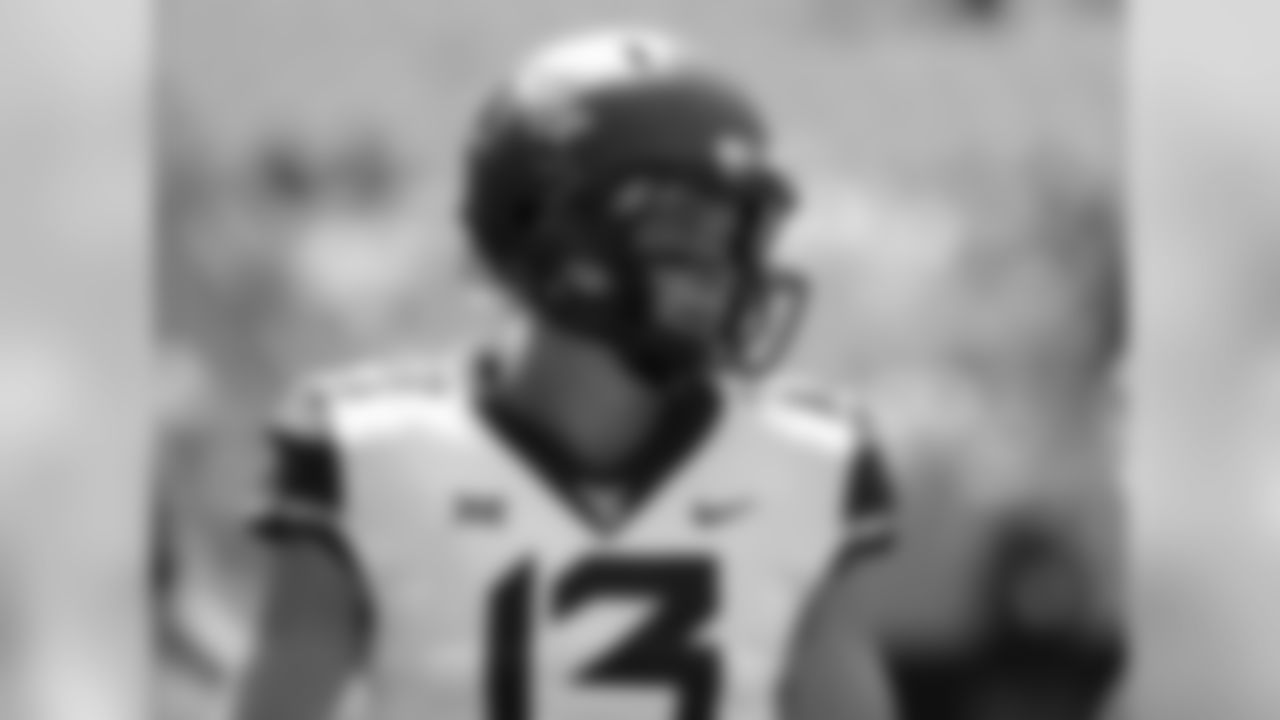
WR David Sills (13) warms up before an NCAA college football game against Tennessee in Charlotte, N.C., Saturday, Sept. 1, 2018. (AP Photo/Chuck Burton)

WR Alex Bachman runs a play during the second half of a preseason NFL football game against the Dallas Cowboys Saturday, Aug. 17, 2019, in Honolulu. (AP Photo/Mark J. Terrill)

WR Alex Bachman runs against the Oakland Raiders during the first half of a preseason NFL football game Saturday, Aug. 10, 2019, in Oakland, Calif. (AP Photo/D. Ross Cameron)

WR Alex Bachman (15) runs during an NFL preseason football game against the Oakland Raiders on Saturday, Aug. 10, 2019 in Oakland, Calif. (Ric Tapia via AP)

WR Austin Mack (11) celebrates after scoring on a 16-yard touchdown reception against Michigan in the second half of an NCAA college football game in Ann Arbor, Mich., Saturday, Nov. 30, 2019. (AP Photo/Paul Sancya)

WR Austin Mack, top, makes a catch against Oklahoma defender Robert Barnes during an NCAA college football game Saturday, Sept. 10, 2017, in Columbus, Ohio. (AP Photo/Paul Vernon)

WR Austin Mack runs a drill at the NFL football scouting combine in Indianapolis, Thursday, Feb. 27, 2020. (AP Photo/Michael Conroy)

WR Derrick Dillon (19) in the first half during the Fiesta Bowl NCAA college football game against UCF, Tuesday, Jan. 1, 2019, in Glendale, AZ. (AP Photo/Rick Scuteri)

WR Derrick Dillon (19) carries in the first half of an NCAA college football game against Utah State in Baton Rouge, La., Saturday, Oct. 5, 2019. (AP Photo/Gerald Herbert)

WR Derrick Dillon (19) in the first half during the Fiesta Bowl NCAA college football game against UCF, Tuesday, Jan. 1, 2019, in Glendale, AZ. (AP Photo/Rick Scuteri)

WR Binjimen Victor, right, catches a touchdown during the second half of an NCAA college football game Saturday, Oct. 6, 2018, in Columbus, Ohio. (AP Photo/Jay LaPrete)

WR Binjimen Victor makes a catch for a touchdown against Florida Atlantic during an NCAA football game on Saturday, Aug. 31, 2019 in Columbus, Ohio. (AP Photo/Paul Vernon)

WR Binjimen Victor (9) fends off Wisconsin cornerback Semar Melvin (20) after making a catch during the first half of the Big Ten championship Saturday, Dec. 7, 2019, in Indianapolis. (AP Photo/Michael Conroy)

TE Evan Engram (88) during an NFL football game against the Washington Redskins Sunday September 29, 2019 in East Rutherford, NJ (Evan Pinkus via AP)

TE Evan Engram (88) runs the ball during an NFL football game against the Tampa Bay Buccaneers, Sunday September 22, 2019 in Tampa, Fla. ( Tom DiPace via AP)

TE Evan Engram, right, scores a touchdown during the second half of an NFL football game against the Dallas Cowboys, Sunday, Dec. 30, 2018, in East Rutherford, N.J. (AP Photo/Bill Kostroun)

TE Evan Engram (88) runs the ball against the Dallas Cowboys during the second quarter of an NFL football game, Monday, Nov. 4, 2019, in East Rutherford, N.J. (AP Photo/Adam Hunger)

TE Evan Engram, right, leaps over Tampa Bay Buccaneers' Brent Grimes during the second half of an NFL football game, Sunday, Nov. 18, 2018, in East Rutherford, N.J. (AP Photo/Julio Cortez)

TE Kaden Smith (82) runs in for a touchdown in front of Chicago Bears strong safety Ha Ha Clinton-Dix (21) during the first half of an NFL football game in Chicago, Sunday, Nov. 24, 2019. (AP Photo/Paul Sancya)

TE Kaden Smith (82) runs with the ball after making a catch during an NFL football game against the Green Bay Packers Sunday December 1st, 2019 in East Rutherford, New Jersey (Evan Pinkus via AP)

TE Kaden Smith (82) catches a pass during warm-ups prior to an NFL game against the New York Giants, Thursday, Oct. 10, 2019, in Foxborough, Mass. (Margaret Bowles via AP)

TE Kaden Smith (82) runs with the ball in the second half of an NFL football game against the Philadelphia Eagles, Sunday, Dec. 29, 2019, in East Rutherford, N.J. (AP Photo/Seth Wenig)

TE Kaden Smith (82) celebrates a touchdown against the Chicago Bears during the first half of an NFL football game in Chicago, Sunday, Nov. 24, 2019. (AP Photo/Paul Sancya)

TE Levine Toilolo (83) warms up before an NFL football game against the Seattle Seahawks in Santa Clara, Calif., Monday, Nov. 11, 2019. (AP Photo/Tony Avelar)

TE Levine Toilolo (83) goes in motion during an NFL football game against the Arizona Cardinals, Thursday, Oct. 31, 2019 in Glendale, Ariz. (Paul Spinelli via AP)

TE Levine Toilolo (83) catches a pass before an NFL game against the Los Angeles Rams, Sunday, Oct. 13, 2019, in Los Angeles. (Kevin Terrell via AP)
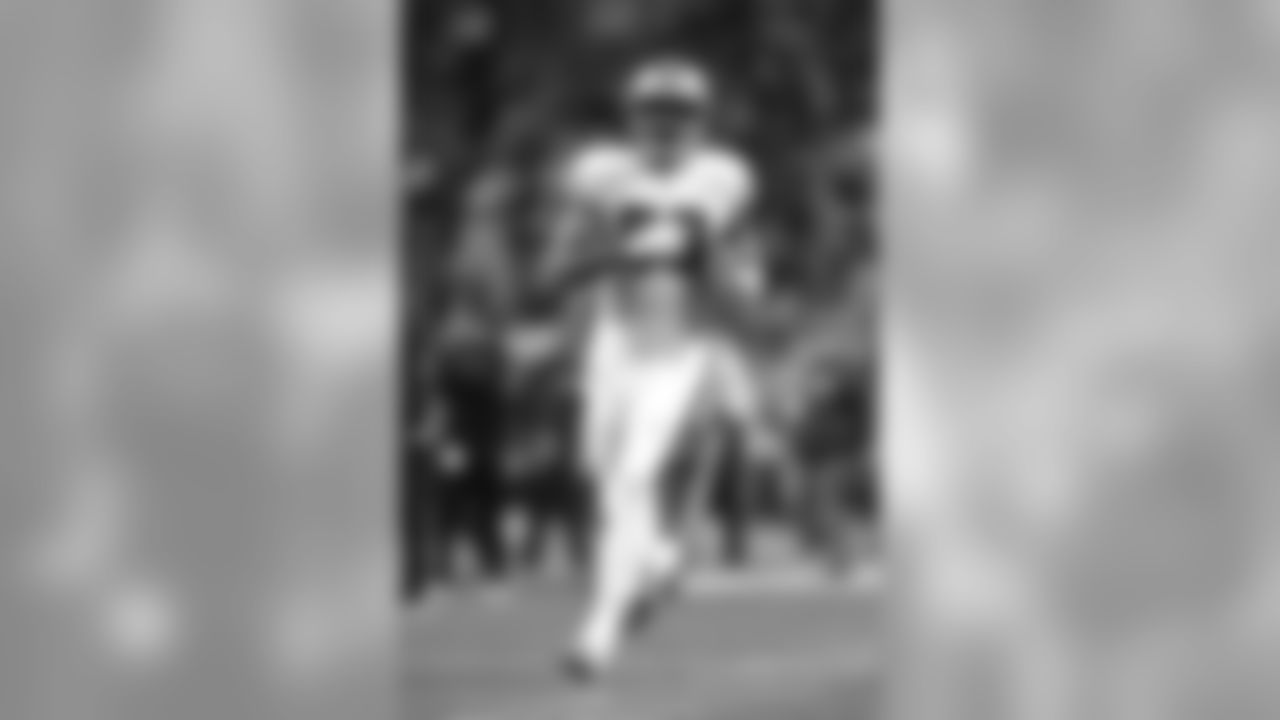
TE Levine Toilolo (83) runs in pregame during an NFL game against the Seattle Seahawks, Sunday Dec. 29, 2019 in Seattle. (Greg Trott via AP)

TE Levine Toilolo (83) during an NFL football game against the Cincinnati Bengals, Sunday, Sept. 15, 2019, in Cincinnati (Aaron Doster via AP)

TE Eric Tomlinson (83) during an NFL football game against the Dallas Cowboys, Sunday September 8, 2019 in Arlington,Texas. (Evan Pinkus via AP)

TE Eric Tomlinson (83) during an NFL football game against the Buffalo Bills, Sunday September 15, 2019 in East Rutherford, NJ (Evan Pinkus via AP)

TE Eric Tomlinson runs with the football as he warms up against the Dallas Cowboys during a NFL football game, Sunday, Sept. 8, 2019, in Arlington, Texas. (G. Newman Lowrance via AP)

TE Garrett Dickerson (89) during an NFL football preseason game against the Cincinnati Bengals, Thursday, August 22, 2019 in Cincinnati. (Evan Pinkus via AP)

TE Garrett Dickerson (89) catches a pass during warm-ups prior to an NFL game against the New York Giants, Thursday, Oct. 10, 2019, in Foxborough, Mass. (Margaret Bowles via AP)

TE Garrett Dickerson (89) runs with the football during an NFL preseason football game against the Cincinnati Bengals, Thursday, Aug. 22, 2019 in Cincinnati. (Scott Boehm via AP)

Kyle Markway runs with the ball against Vanderbilt defensive back BJ Anderson (16) during the first half of an NCAA college football game Saturday, Nov. 2, 2019, in Columbia, S.C. (AP Photo/Sean Rayford)

Kyle Markway runs for yardage in the first half of an NCAA college football game against Tennessee, Saturday, Oct. 26, 2019, in Knoxville, Tenn. (AP Photo/Wade Payne)

Kyle Markway runs with the ball against Vanderbilt defensive back BJ Anderson (16) during the first half of an NCAA college football game Saturday, Nov. 2, 2019, in Columbia, S.C. (AP Photo/Sean Rayford)
Lance Medow: Following the draft, the team signed two wide receivers from Ohio State - Austin Mack (6-2) and Binjimen Victor (6-4), who bring length and size to the room. The Giants already have a great deal of versatility with their top three wideouts - Golden Tate, Sterling Shepard and Darius Slayton - but if there's one facet missing, it's size. That's why I think Mack and Victor could surprise many and compete for roster spots.
Both rookie receivers are coming off career years at OSU, mainly because their playing time increased after having to patiently wait for opportunities. Mack has a knack for working the sidelines and came through with some nifty grabs last season as he posted career highs in receptions (27), receiving yards (361) and touchdowns (3), but Victor's even a bit more intriguing because he can assume the role of a skyscraper for Daniel Jones. Victor hauled in 17 touchdowns over the last three seasons, primarily serving as a red zone target. The Buckeyes constantly turned to him when they were in scoring position and more often than not, he won jump balls against various corners.
It's easy to classify Victor as a typical tall, red zone receiver, but don't overlook his subtle speed and stride. On several occasions, the Buckeyes found ways to get Victor into open space and his ability to collect yardage after the catch and elude defenders can go unnoticed. Last October against Michigan State, he turned a short pass up the sideline for a 60-yard touchdown. The Buckeyes also targeted him deep downfield. I think Victor could serve as the perfect complement to the main receiving corps and provide more options for Jones.
View photos of every undrafted free agent signed by the Giants.


WR Austin Mack, Ohio State

DB Jaquarius Landrews, Mississippi State

DE Dana Levine, Temple
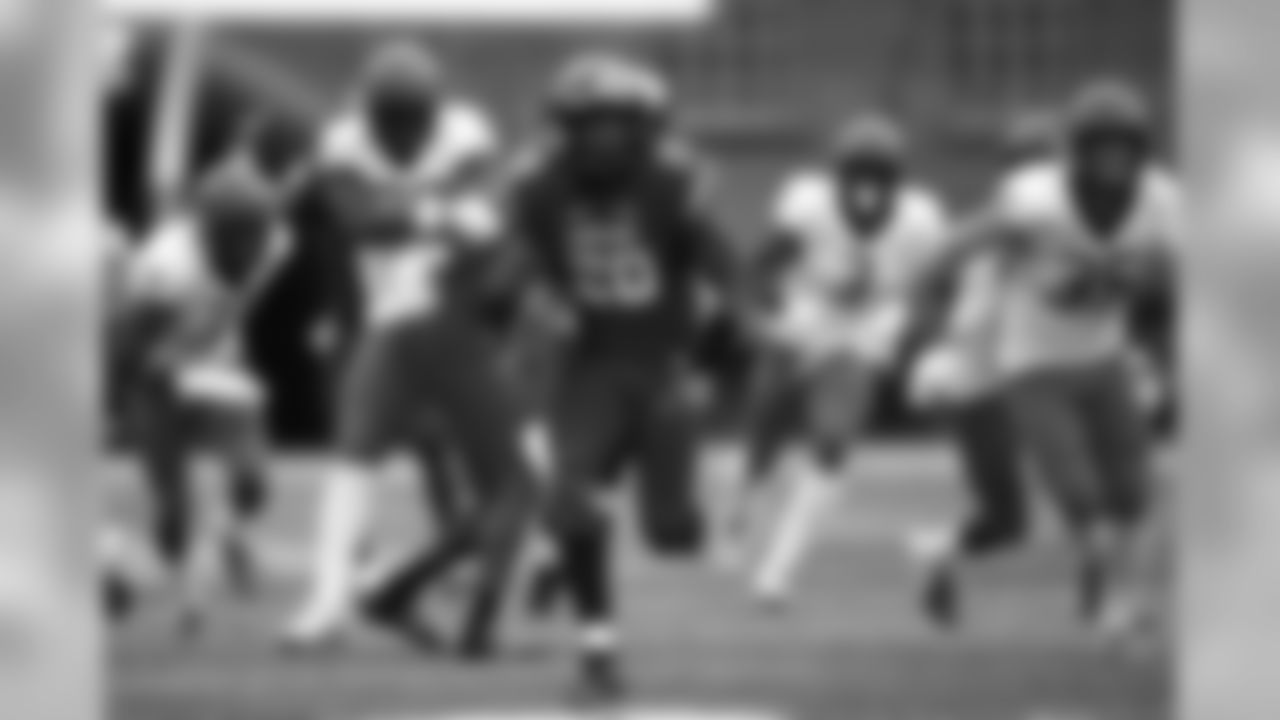
RB Javon Leake, Maryland

OT Kyle Murphy, Rhode Island

TE Kyle Markway, South Carolina

WR Binjimen Victor, Ohio State

LB Dominique Ross, UNC

WR Derrick Dillon, LSU

Michigan's Shea Patterson runs the ball as Illinois' Tony Adams (6) and Oluwole Betiku, Jr. (47) close in during the second half of an NCAA college football game, Saturday, Oct.12, 2019, in Champaign, Ill. (AP Photo/Holly Hart)

OT Tyler Haycraft (60), Louisville


QB Case Cookus, Northern Arizona

DE Niko Lalos, Dartmouth

TE Rysen John
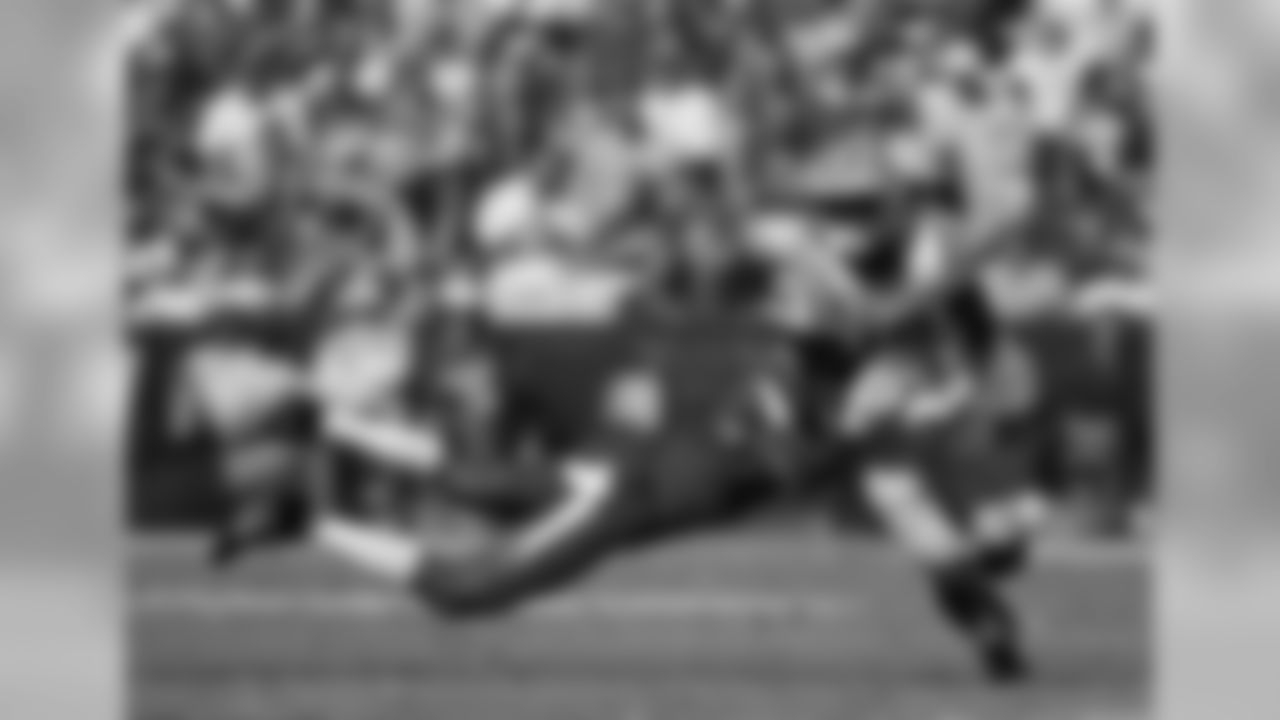
LSU wide receiver Derrick Dillon (19) carries as Arkansas defensive back Santos Ramirez tries to tackle in the first half of an NCAA college football game in Baton Rouge, La., Saturday, Nov. 11, 2017. (AP Photo/Gerald Herbert)
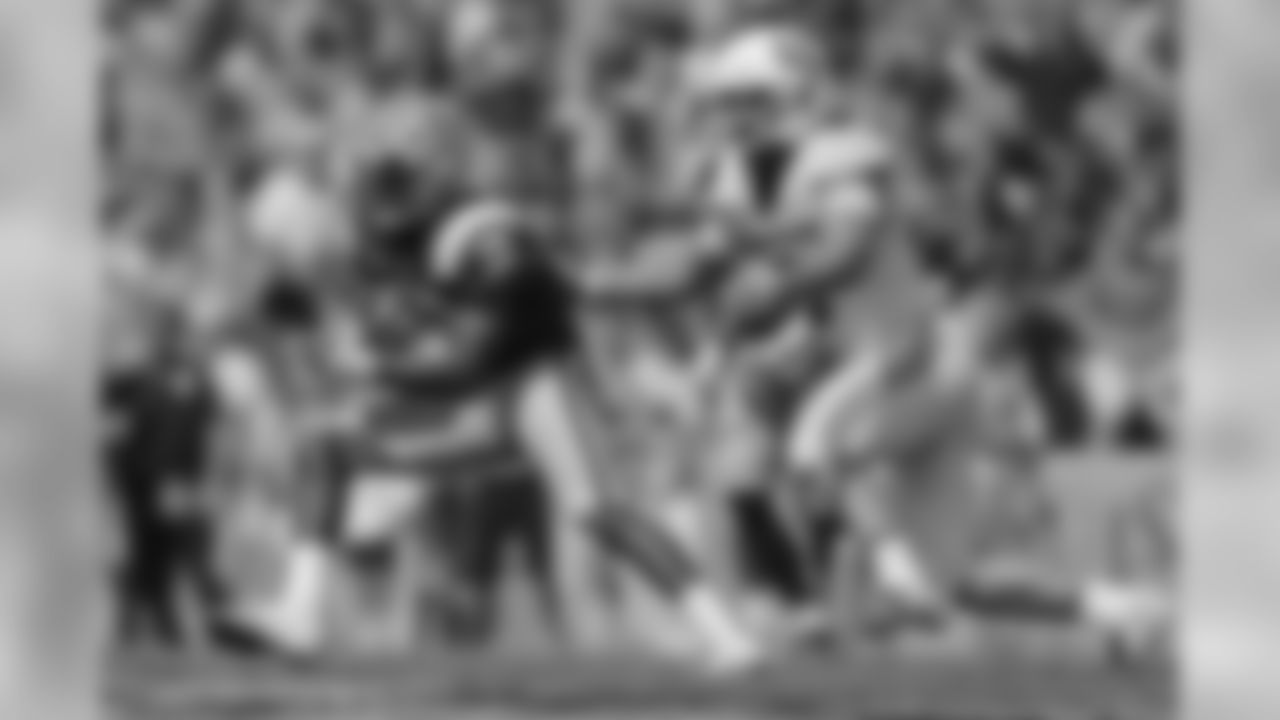
LSU wide receiver Derrick Dillon (19) carries against Utah State linebacker David Woodward (9) in the first half of an NCAA college football game against Utah State in Baton Rouge, La., Saturday, Oct. 5, 2019. LSU won 42-6. LSU won 42-6. (AP Photo/Gerald Herbert)

LSU wide receiver Derrick Dillon (19) in the first half during the Fiesta Bowl NCAA college football game against UCF, Tuesday, Jan. 1, 2019, in Glendale, AZ. (AP Photo/Rick Scuteri)

LSU wide receiver Derrick Dillon (19) in the first half during the Fiesta Bowl NCAA college football game against UCF, Tuesday, Jan. 1, 2019, in Glendale, AZ. (AP Photo/Rick Scuteri)

LSU wide receiver Derrick Dillon (19) catches a pass over the outstretched arms of Auburn linebacker Deshaun Davis (57) and runs in for a touchdown during the second half of an NCAA college football game, Saturday, Sept. 15, 2018, in Auburn, Ala. (AP Photo/Butch Dill)
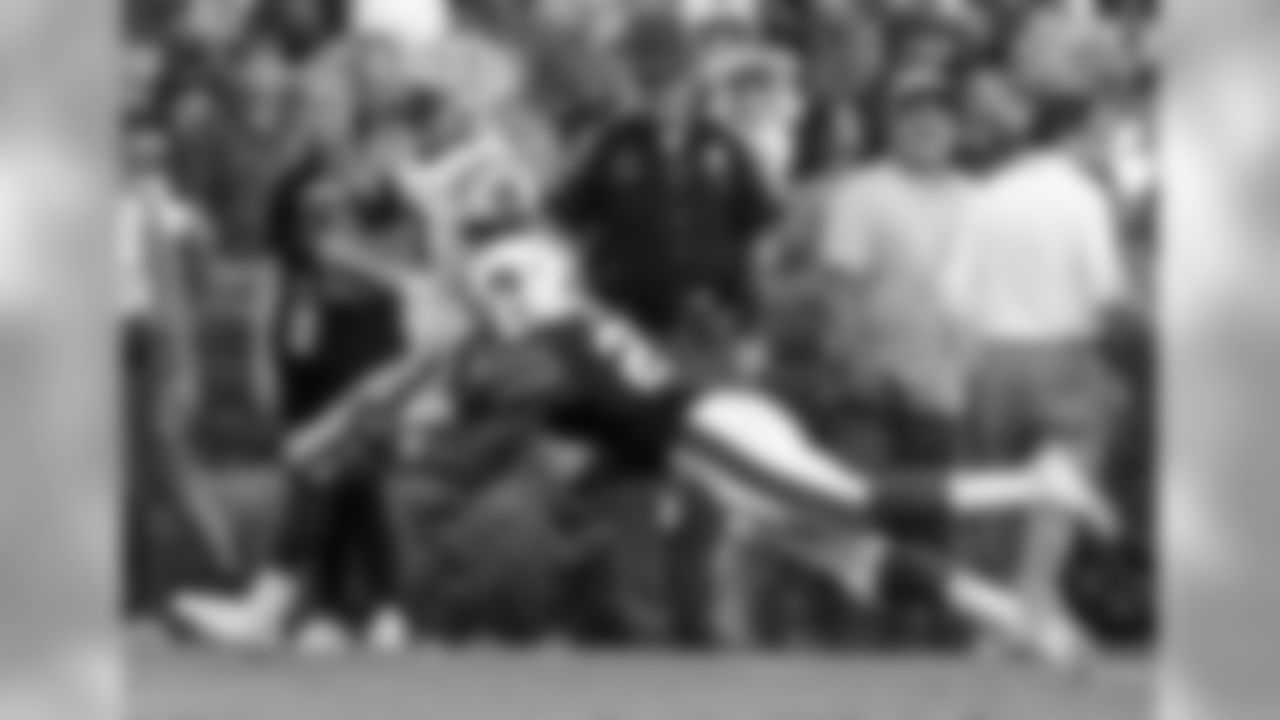
LSU wide receiver Derrick Dillon (19) escapes the attempted tackle of Auburn defensive back Jeremiah Dinson (20) and runs for a touchdown during the second half of an NCAA college football game, Saturday, Sept. 15, 2018, in Auburn, Ala. (AP Photo/Butch Dill)

LSU wide receiver Derrick Dillon (19) scores a touchdown against UCF during the first half of the Fiesta Bowl NCAA college football game, Tuesday, Jan. 1, 2019, in Glendale, AZ. (AP Photo/Rick Scuteri)

Louisville head coach Scott Satterfield gets dunked with water by offensive lineman Tyler Haycraft (60) in the final moments of the fourth quarter of Louisville's win over Mississippi State in the Music City Bowl NCAA college football game Monday, Dec. 30, 2019, in Nashville, Tenn. Louisville won 38-28. (AP Photo/Mark Humphrey)
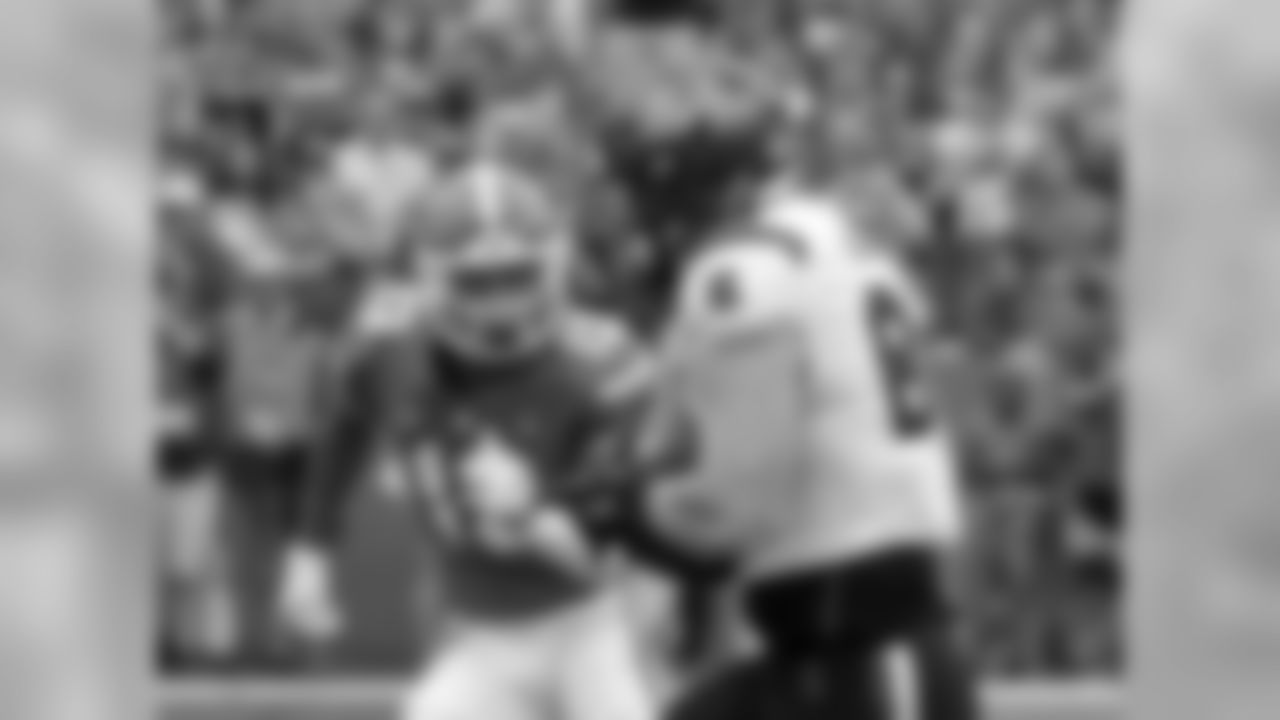
South Carolina tight end Kyle Markway (84) catches a 19-yard pass for a touchdown in front of Florida safety Donovan Stiner (13) during the first half of an NCAA college football game, Saturday, Nov. 10, 2018, in Gainesville, Fla. (AP Photo/John Raoux)
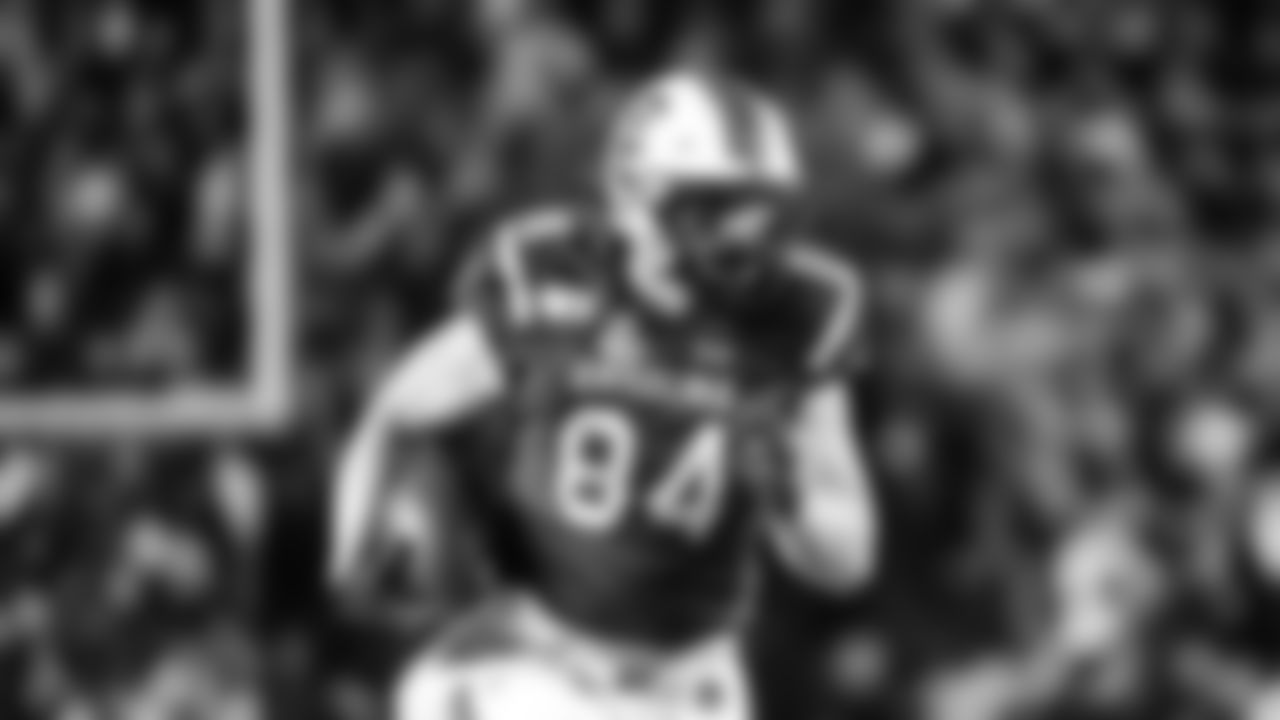
South Carolina tight end Kyle Markway (84) runs with the ball during the first half of an NCAA college football game Saturday, Nov. 2, 2019, in Columbia, S.C. (AP Photo/Sean Rayford)

South Carolina tight end Kyle Markway (84) runs for yardage in the first half of an NCAA college football game against Tennessee, Saturday, Oct. 26, 2019, in Knoxville, Tenn. (AP Photo/Wade Payne)

South Carolina tight end Kyle Markway (84) runs with the ball against Vanderbilt defensive back BJ Anderson (16) during the first half of an NCAA college football game Saturday, Nov. 2, 2019, in Columbia, S.C. South Carolina defeated Vanderbilt 24-7. (AP Photo/Sean Rayford)

South Carolina's Kyle Markway (84) and Bailey Hart (16) celebrate after defeating Georgia 20-17 in double overtime of an NCAA college football game Saturday, Oct. 12, 2019, in Athens, Ga. (AP Photo/John Bazemore)

South Carolina tight end Kyle Markway (84) runs for yardage as he's defended by Tennessee defensive back Jaylen McCollough (22) in the first half of an NCAA college football game Saturday, Oct. 26, 2019, in Knoxville, Tenn. (AP Photo/Wade Payne)

South Carolina tight end Kyle Markway (84) holds a piece of the Sanford Stadium hedge in his teeth as he celebrates defeating Georgia 20-17 in double overtime of an NCAA college football game Saturday, Oct. 12, 2019, in Athens, Ga. (AP Photo/John Bazemore)

North Carolina's Khadry Jackson (8) and Dominique Ross (3) tackle Mercer's Chris Ellington (88) during the second half of an NCAA college football game in Chapel Hill, N.C., Saturday, Nov. 23, 2019. (AP Photo/Ben McKeown)

Mercer's Tyray Devezin (34) is tackled by North Carolina's Dominique Ross (3) and Tomon Fox (12) during the first half of an NCAA college football game in Chapel Hill, N.C., Saturday, Nov. 23, 2019. (AP Photo/Ben McKeown)

North Carolina's Dominique Ross (3) reacts after a play during the second half of an NCAA college football game against Mercer in Chapel Hill, N.C., Saturday, Nov. 23, 2019. (AP Photo/Ben McKeown)

Ohio State receiver Binjimen Victor, top, celebrates his touchdown against Maryland with teammate Billy Price during the first half of an NCAA college football game Saturday, Oct. 7, 2017, in Columbus, Ohio. (AP Photo/Jay LaPrete)

West wide receiver Binjimen Victor, of Ohio State, (19) pulls in a touchdown pass against the East during the second half of the East West Shrine football game Saturday, Jan. 18, 2020, in St. Petersburg, Fla. (AP Photo/Chris O'Meara)

Ohio State coach Ryan Day, right, celebrates with defensive tackle wide receiver Binjimen Victor (9) following the team's 34-21 win over Wisconsin in the Big Ten championship NCAA college football game, early Sunday, Dec. 8, 2019, in Indianapolis. AP Photo/AJ Mast)

West wide receiver Binjimen Victor, of Ohio State, (19) pulls in a touchdown pass in front of East cornerback Stantley Thomas-Oliver III, of Florida International University, (39) during the second half of the East West Shrine football game Saturday, Jan. 18, 2020, in St. Petersburg, Fla. (AP Photo/Chris O'Meara)
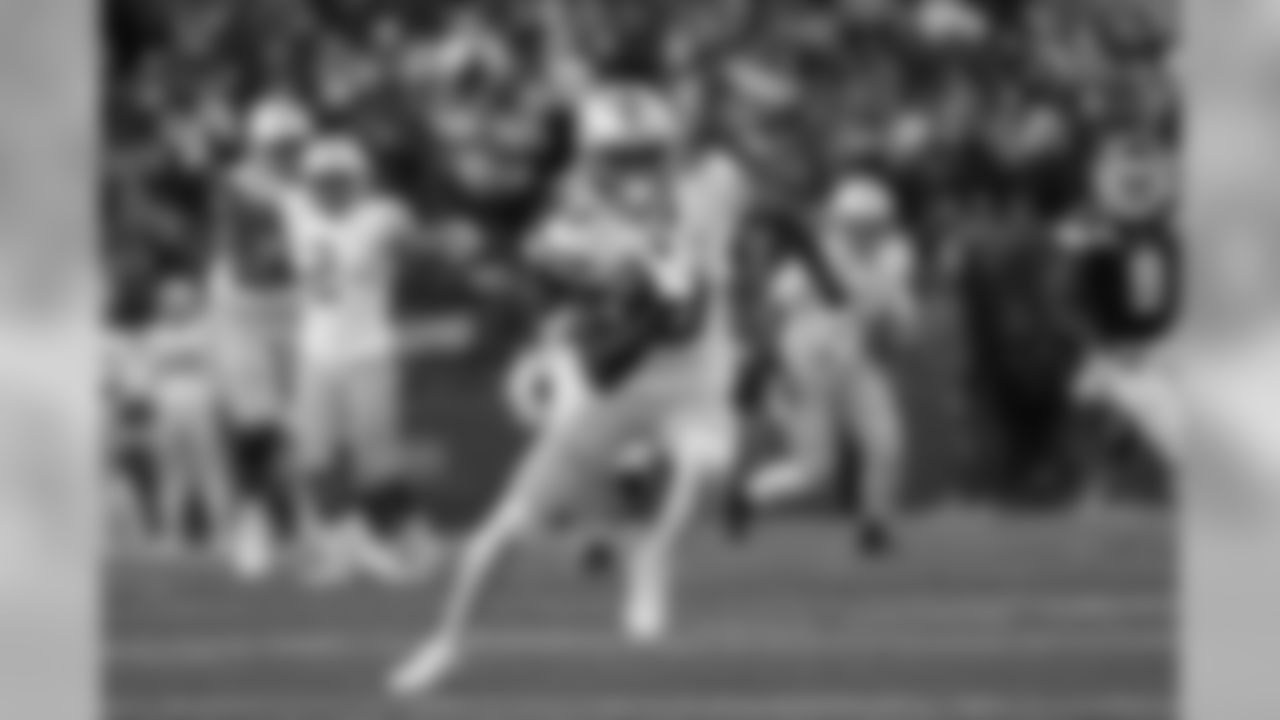
Ohio State wide receiver Binjimen Victor (9) rushes against Rutgers during the first half of an NCAA college football game Saturday, Nov. 16, 2019, in Piscataway, N.J. Ohio State won 56-21. (AP Photo/Adam Hunger)

Ohio State wide receiver Binjimen Victor (9) runs during the second half of the Big Ten championship NCAA college football game against Wisconsin, Saturday, Dec. 7, 2019, in Indianapolis. (AP Photo/AJ Mast)

Ohio State wide receiver Binjimen Victor (9) celebrates following the team's 34-21 win over Wisconsin in the Big Ten championship NCAA college football game, Saturday, Dec. 7, 2019, in Indianapolis. Ohio State won 34-21. (AP Photo/Michael Conroy)

Ohio State wide receiver Binjimen Victor (9) runs during the first half of the Big Ten championship NCAA college football game against Wisconsin, Saturday, Dec. 7, 2019, in Indianapolis. (AP Photo/Michael Conroy)

Ohio State wide receiver Binjimen Victor (9) rushes against Rutgers during the first half of an NCAA college football game Saturday, Nov. 16, 2019, in Piscataway, N.J. Ohio State won 56-21. (AP Photo/Adam Hunger)
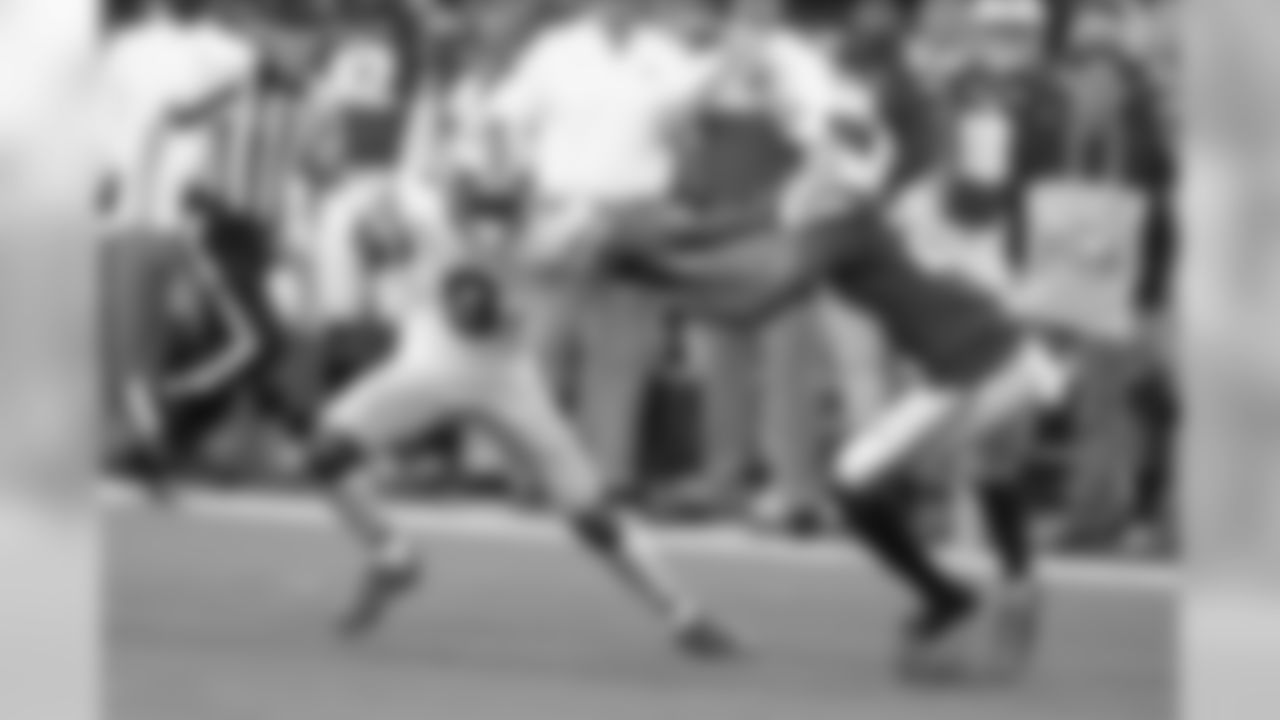
Ohio State wide receiver Binjimen Victor (9) fends off Wisconsin cornerback Semar Melvin (20) after making a catch during the first half of the Big Ten championship NCAA college football game Saturday, Dec. 7, 2019, in Indianapolis. (AP Photo/Michael Conroy)

Ohio State wide receiver Binjimen Victor (9) is tackled by Wisconsin linebacker Leo Chenal (45) during the second half of the Big Ten championship NCAA college football game Saturday, Dec. 7, 2019, in Indianapolis. (AP Photo/Michael Conroy)

Ohio State wide receiver Binjimen Victor (9) runs past Wisconsin linebacker Leo Chenal (45) during the second half of the Big Ten championship NCAA college football game Saturday, Dec. 7, 2019, in Indianapolis. (AP Photo/AJ Mast)

Ohio State wide receiver Binjimen Victor makes a catch for a touchdown against Florida Atlantic during an NCAA football game on Saturday, Aug. 31, 2019 in Columbus, Ohio. (AP Photo/Paul Vernon)

Ohio State quarterback Justin Fields (1) congratulates wide receiver Binjimen Victor (9) on scoring a touchdown during the first half of an NCAA college football game against Rutgers on Saturday, Nov. 16, 2019, in Piscataway, N.J. (AP Photo/Adam Hunger)
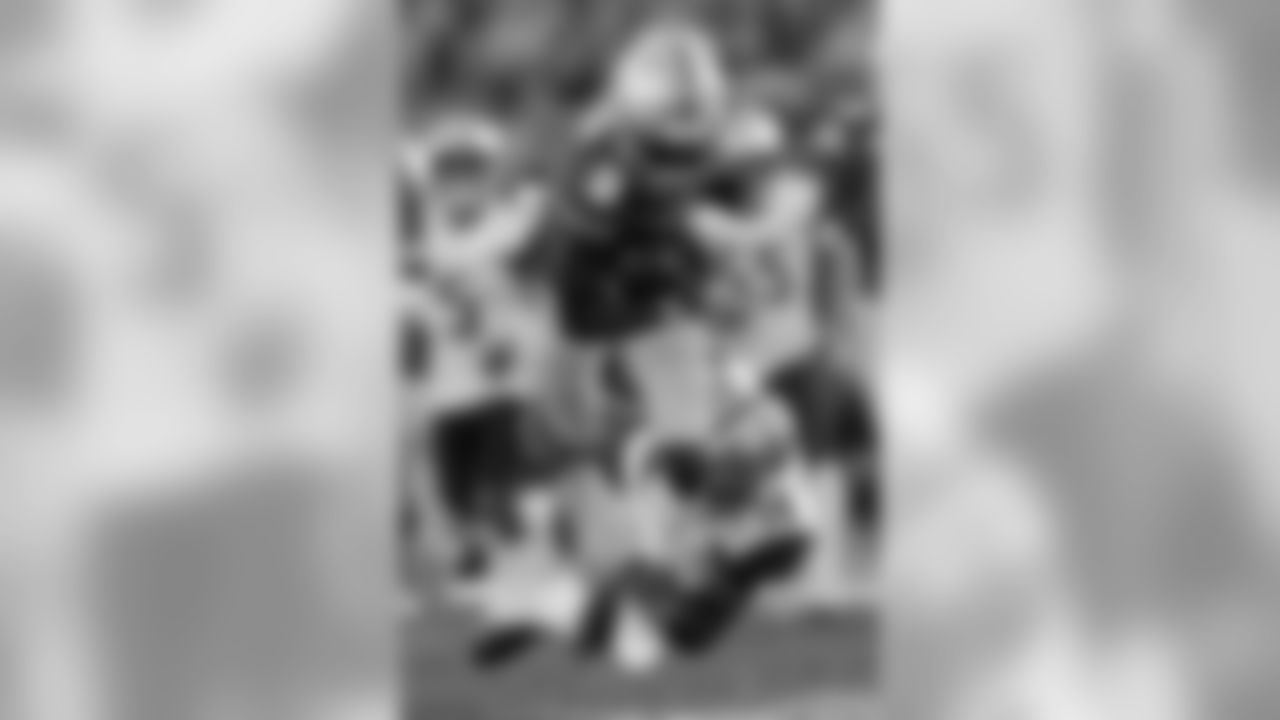
Ohio State wide receiver Binjimen Victor is tackled by Washington defensive back JoJo McIntosh during the first half of the Rose Bowl NCAA college football game Tuesday, Jan. 1, 2019, in Pasadena, Calif. (AP Photo/Marcio Jose Sanchez)

Ohio State wide receiver Binjimen Victor is seen against Florida Atlantic during an NCAA football game on Saturday, Aug. 31, 2019 in Columbus, Ohio. (AP Photo/Paul Vernon)

Ohio State wide receiver Binjimen Victor (9) makes a catch during the first half of the Big Ten championship NCAA college football game against Northwestern, Saturday, Dec. 1, 2018, in Indianapolis. (AP Photo/AJ Mast)


Ohio State receiver Binjimen Victor plays against Tulane during an NCAA college football game Saturday, Sept. 22, 2018, in Columbus, Ohio. (AP Photo/Jay LaPrete)

Ohio State wide receiver Binjimen Victor (9) catches a pass for a touchdown as Rutgers defensive back Damon Hayes (22) defends during the second half of an NCAA college football game Saturday, Sept. 30, 2017, in Piscataway, N.J. (AP Photo/Mel Evans)

Ohio State's Binjimen Victor (9) catches a pass in front of Penn State's Amani Oruwariye (21) and runs in for a touchdown during the second half of an NCAA college football game in State College, Pa., Saturday, Sept. 29, 2018. Ohio State won 27-26. (AP Photo/Chris Knight)

Ohio State wide receiver Binjimen Victor (9) catches a pass for a touchdown as Rutgers defensive back Damon Hayes (22) defends during the second half of an NCAA college football game Saturday, Sept. 30, 2017, in Piscataway, N.J. (AP Photo/Mel Evans)

Ohio State receiver Binjimen Victor plays against Michigan State during an NCAA college football game Saturday, Nov. 11, 2017, in Columbus, Ohio. (AP Photo/Jay LaPrete)

Ohio State receiver Binjimen Victor, right, tries to avoid Rutgers defensive back Damon Hayes during the second half of an NCAA college football game Saturday, Sept. 8, 2018, in Columbus, Ohio. Ohio State beat Rutgers 52-3. (AP Photo/Jay LaPrete)

Ohio State receiver Binjimen Victor runs after a catch as Michigan State linebacker Tyriq Thompson makes the tackle during the second half of an NCAA college football game Saturday, Nov. 11, 2017, in Columbus, Ohio. Ohio State beat Michigan State 48-3. (AP Photo/Jay LaPrete)

Ohio State receiver Binjimen Victor, top, catches a touchdown against Illinois defensive back Frank Sumpter during the second half of an NCAA college football game Saturday, Nov. 18, 2017, in Columbus, Ohio. (AP Photo/Jay LaPrete)

Ohio State receiver Austin Mack, right, stiff arms UNLV defensive back Dalton Baker during the first half of an NCAA college football game Saturday, Sept. 23, 2017, in Columbus, Ohio. (AP Photo/Jay LaPrete)

Ohio State wide receiver Austin Mack (11) scores on a 16-yard touchdown reception against Michigan in the second half of an NCAA college football game in Ann Arbor, Mich., Saturday, Nov. 30, 2019. (AP Photo/Paul Sancya)

Ohio State wide receiver Austin Mack catches a pass during the second half of an NCAA college football game against Northwestern Friday, Oct. 18, 2019, in Evanston, Il. Ohio State won 52-3. (AP Photo/Charles Rex Arbogast)

Ohio State receiver Austin Mack plays against Miami (Ohio) during an NCAA college football game Saturday, Sept. 21, 2019, in Columbus, Ohio. (AP Photo/Jay LaPrete)

Ohio State wide receiver Austin Mack is lifted after scoring on a pass from quarterback Justin Fields during the second half of the team's NCAA college football game against Northwestern on Friday, Oct. 18, 2019, in Evanston, Ill. Ohio State won 52-3. (AP Photo/Charles Rex Arbogast)

Ohio State wide receiver Austin Mack (11) makes a reception, defended by Michigan defensive backs Tyree Kinnel (23) and Brandon Watson (28), in the third quarter of an NCAA college football game in Ann Arbor, Mich., Saturday, Nov. 25, 2017. Ohio State won 31-20. (AP Photo/Tony Ding)

Ohio State wide receiver Austin Mack runs a drill at the NFL football scouting combine in Indianapolis, Thursday, Feb. 27, 2020. (AP Photo/Michael Conroy)

Ohio State wide receiver Austin Mack runs a drill at the NFL football scouting combine in Indianapolis, Thursday, Feb. 27, 2020. (AP Photo/Michael Conroy)

Ohio State wide receiver Austin Mack catches the ball during the NFL football scouting combine, Thursday, Feb. 27, 2020, in Indianapolis. (Aaron M. Sprecher via AP)

Ohio State wide receiver Austin Mack runs a drill at the NFL football scouting combine in Indianapolis, Thursday, Feb. 27, 2020. (AP Photo/Michael Conroy)

Ohio State wide receiver Austin Mack runs a drill at the NFL football scouting combine in Indianapolis, Thursday, Feb. 27, 2020. (AP Photo/Michael Conroy)

Ohio State wide receiver Austin Mack runs the 40-yard dash at the NFL football scouting combine in Indianapolis, Thursday, Feb. 27, 2020. (AP Photo/Michael Conroy)
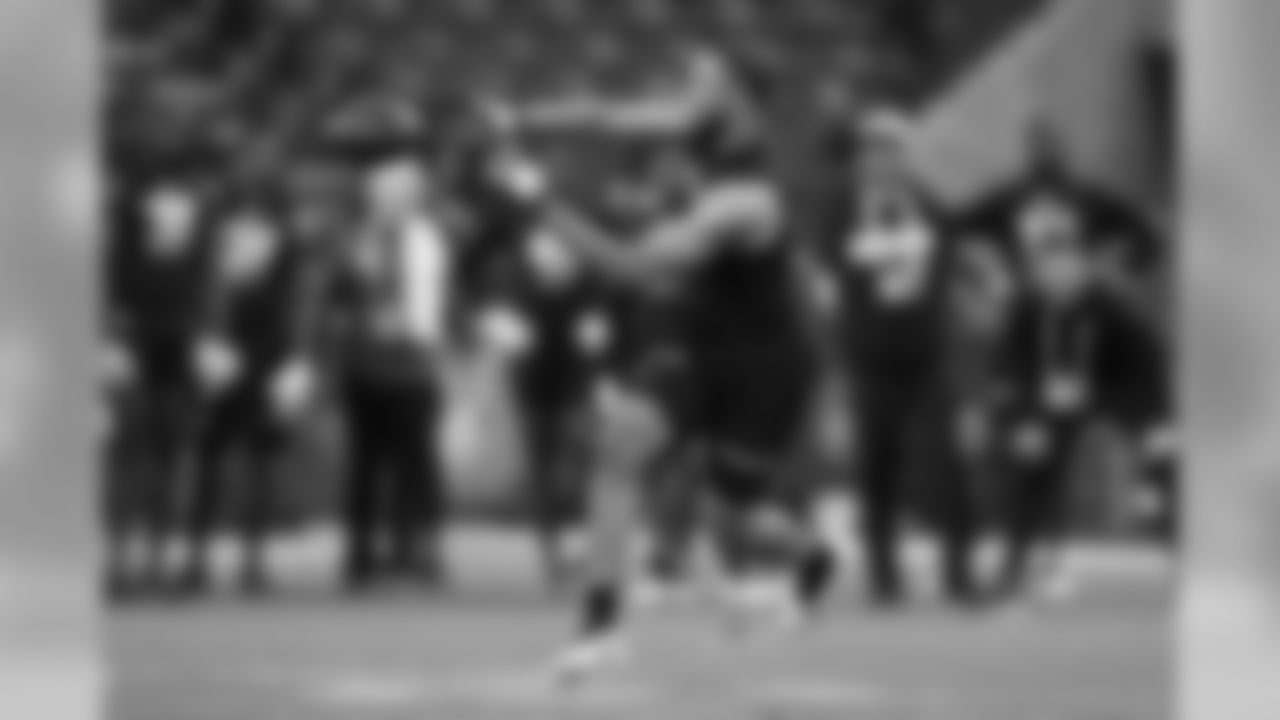
Ohio State wide receiver Austin Mack runs a drill at the NFL football scouting combine in Indianapolis, Thursday, Feb. 27, 2020. (AP Photo/Charlie Neibergall)

Ohio State wide receiver Austin Mack runs a drill at the NFL football scouting combine in Indianapolis, Thursday, Feb. 27, 2020. (AP Photo/Michael Conroy)
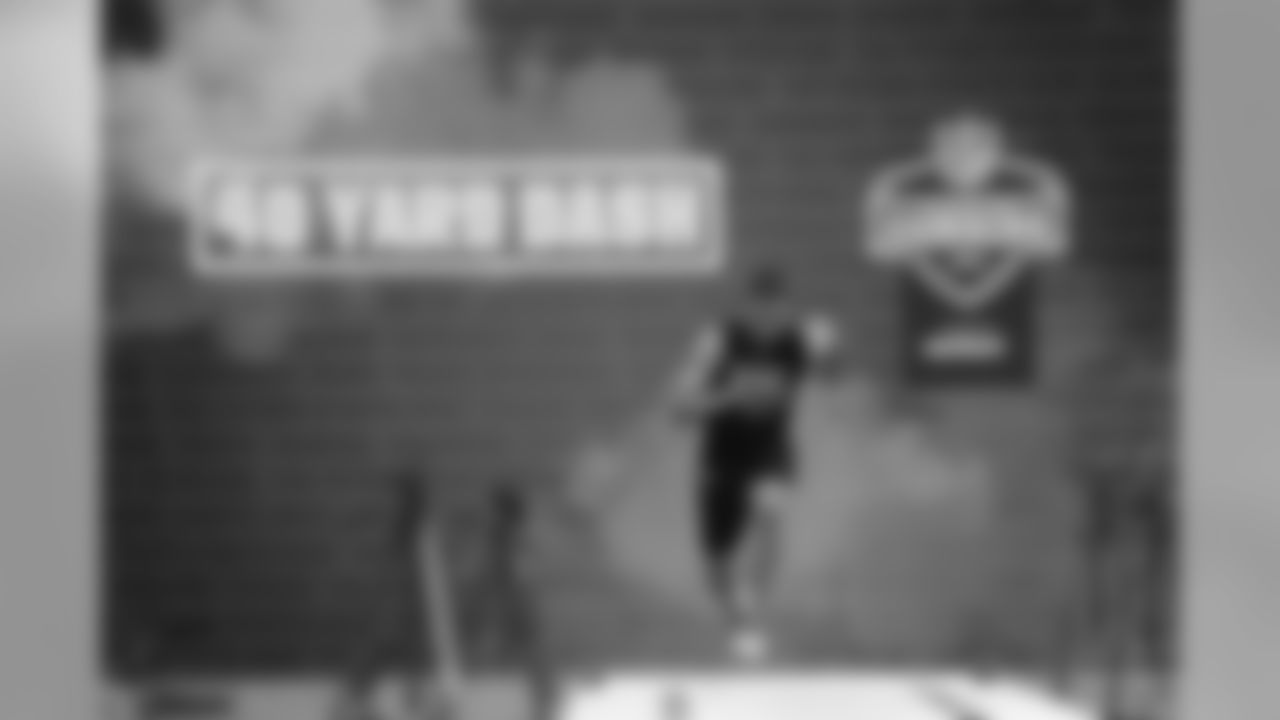
Ohio State wide receiver Austin Mack runs the 40 yard dash during the NFL football scouting combine, Thursday, Feb. 27, 2020, in Indianapolis. (Aaron M. Sprecher via AP)

Ohio State wide receiver Austin Mack (11) during the first half of the Fiesta Bowl NCAA college football game against Clemson, Saturday, Dec. 28, 2019, in Glendale, Ariz. (AP Photo/Rick Scuteri).

Ohio State receiver Austin Mack plays against Cincinnati during an NCAA college football game Saturday, Sept. 7, 2019, in Columbus, Ohio. (AP Photo/Jay LaPrete)

Ohio State wide receiver Austin Mack, top, makes a catch against Oklahoma defender Robert Barnes during an NCAA college football game Saturday, Sept. 10, 2017, in Columbus, Ohio. Oklahoma won 31-16. (AP Photo/Paul Vernon)

Ohio State wide receiver Austin Mack plays in Ohio State's NCAA college football spring game Saturday, April 16, 2016, in Columbus, Ohio. (AP Photo/Jay LaPrete)

Maryland running back Javon Leake (20) checks over his shoulder for the Indiana defense as he rushes the ball into the end zone to score during the second half of an NCAA college football game Saturday, Nov. 10, 2018, in Bloomington, Ind. Indiana won 34-32. (AP Photo/Doug McSchooler)

Maryland running back Javon Leake runs the 40-yard dash at the NFL football scouting combine in Indianapolis, Friday, Feb. 28, 2020. (AP Photo/Charlie Neibergall)

Maryland running back Javon Leake runs a drill at the NFL football scouting combine in Indianapolis, Friday, Feb. 28, 2020. (AP Photo/Charlie Neibergall)

Maryland running back Javon Leake runs a drill at the NFL football scouting combine in Indianapolis, Friday, Feb. 28, 2020. (AP Photo/Michael Conroy)

Maryland running back Javon Leake (20) runs with the ball during the second half of an NCAA football game against Indiana, Saturday, Oct. 19, 2019, in College Park, Md. Indiana won 34-28. (AP Photo/Nick Wass)

Maryland running back Javon Leake runs the 40-yard dash at the NFL football scouting combine in Indianapolis, Friday, Feb. 28, 2020. (AP Photo/Charlie Neibergall)

Maryland running back Javon Leake runs the 40-yard dash at the NFL football scouting combine in Indianapolis, Friday, Feb. 28, 2020. (AP Photo/Michael Conroy)

Maryland running back Javon Leake runs a drill at the NFL football scouting combine in Indianapolis, Friday, Feb. 28, 2020. (AJ Mast via AP Images)
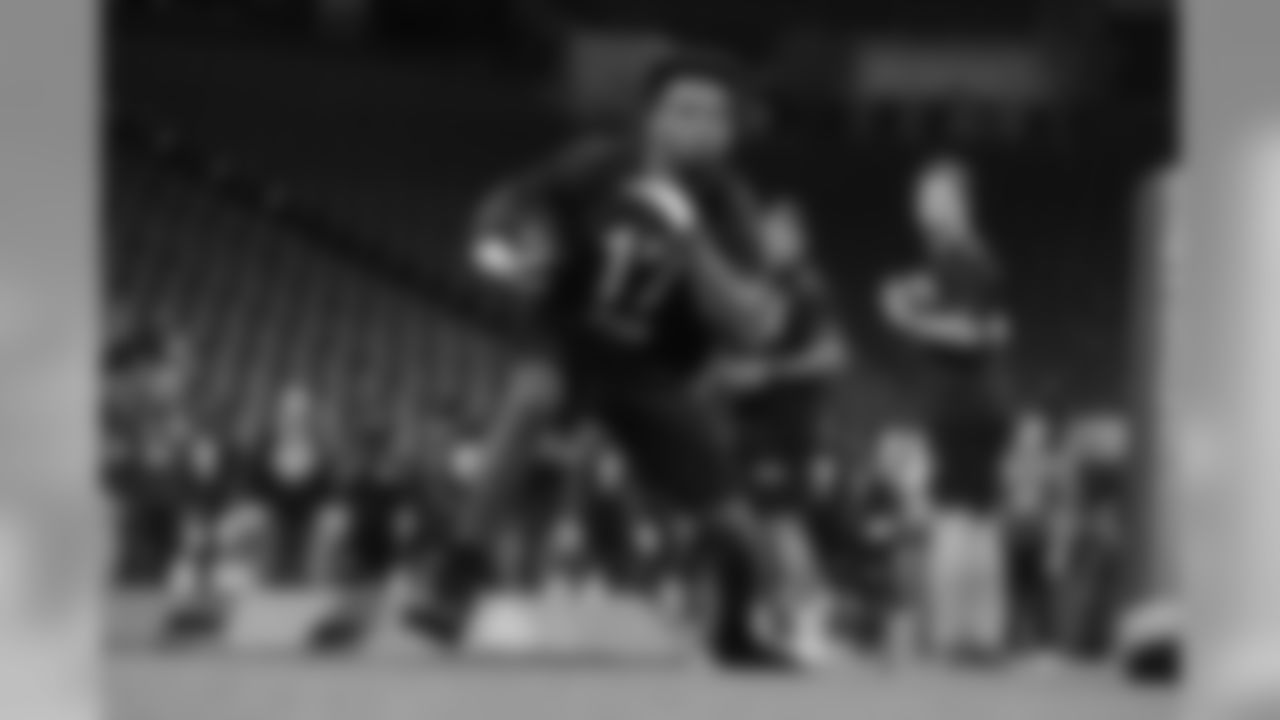
Maryland running back Javon Leake runs a drill at the NFL football scouting combine in Indianapolis, Friday, Feb. 28, 2020. (AP Photo/Michael Conroy)

Maryland running back Javon Leake (20) runs against Purdue during the first half of an NCAA college football game in West Lafayette, Ind., Saturday, Oct. 12, 2019. (AP Photo/Michael Conroy)

Maryland running back Javon Leake runs a drill at the NFL football scouting combine in Indianapolis, Friday, Feb. 28, 2020. (AJ Mast via AP Images)

Maryland running back Javon Leake (20) runs in for a touchdown against Purdue during the first half of an NCAA college football game in West Lafayette, Ind., Saturday, Oct. 12, 2019. (AP Photo/Michael Conroy)
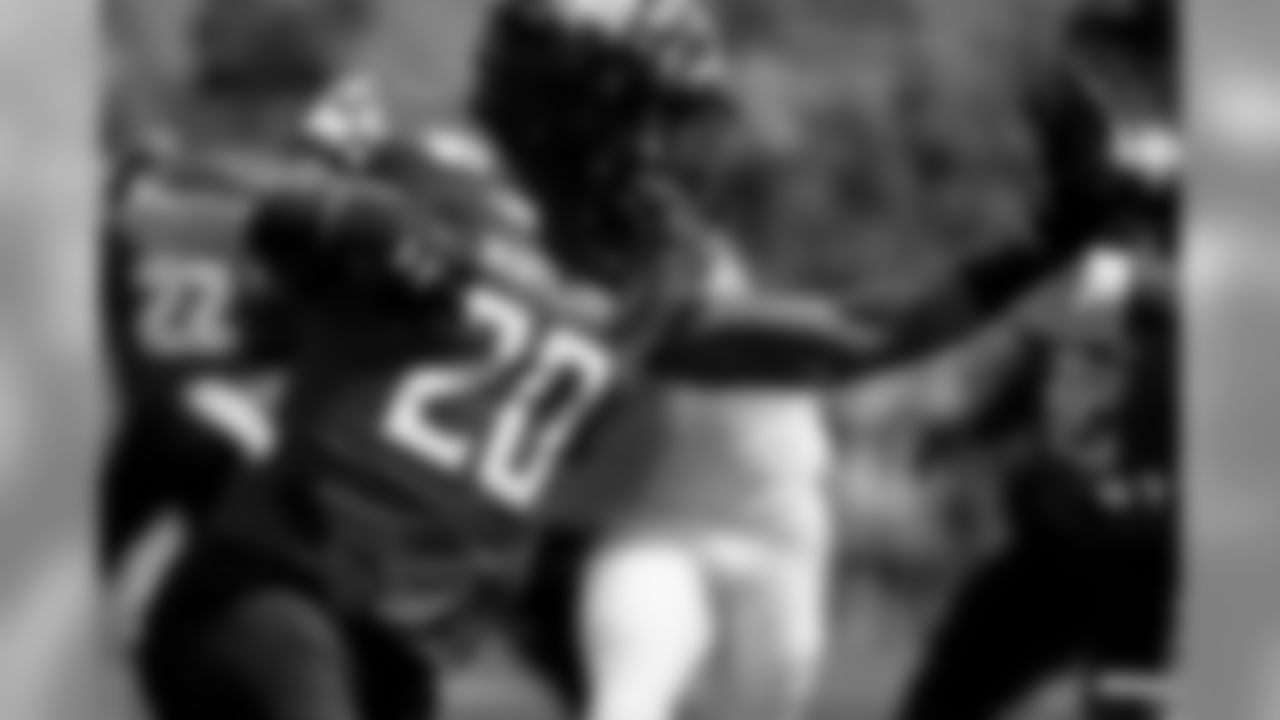
FILE - In this Sept. 7, 2019, file photo, Maryland running back Javon Leake (20) runs against Syracuse during the first half of an NCAA college football game, in College Park, Md. Leake was selected to The Associated Press All-Big Ten Conference team, Wednesday, Dec. 11, 2019. (AP Photo/Will Newton, File)

Maryland running back Javon Leake (20) strides into the end zone to score during the second half of an NCAA college football game Saturday, Nov. 10, 2018, in Bloomington, Ind. Indiana won 34-32. (AP Photo/Doug McSchooler)

Maryland running back Javon Leake (20) scores on a one-yard touchdown run in the second half of an NCAA football game against Michigan in Ann Arbor, Mich., Saturday, Oct. 6, 2018. Michigan 42-21. (AP Photo/Paul Sancya)

Maryland running back Javon Leake (20) in action during the first half of an NCAA college football against Temple, Saturday, Sept. 14, 2019, in Philadelphia. Temple won 20-17. (AP Photo/Chris Szagola)

Rhode Island offensive lineman Kyle Murphy runs a drill at the NFL football scouting combine in Indianapolis, Friday, Feb. 28, 2020. (AP Photo/Michael Conroy)

Rhode Island guard Kyle Murphy runs a drill during the 2020 NFL Scouting Combine, Friday, Feb. 28, 2020 in Indianapolis. (Ben Liebenberg via AP)

Rhode Island offensive lineman Kyle Murphy participates in a drill during the NFL football scouting combine, Friday, Feb. 28, 2020, in Indianapolis. (Aaron M. Sprecher via AP)

Rhode Island offensive lineman Kyle Murphy runs a drill at the NFL football scouting combine in Indianapolis, Friday, Feb. 28, 2020. (AP Photo/Charlie Neibergall)

Rhode Island offensive lineman Kyle Murphy runs a drill at the NFL football scouting combine in Indianapolis, Friday, Feb. 28, 2020. (AP Photo/Michael Conroy)

Rhode Island guard Kyle Murphy runs the 40-yard dash during the 2020 NFL Scouting Combine, Friday, Feb. 28, 2020 in Indianapolis. (Ben Liebenberg via AP)

Mississippi State safety Jaquarius Landrews (11) pushes Louisville wide receiver Tutu Atwell (1) out of bounds in the first half of the Music City Bowl NCAA college football game Monday, Dec. 30, 2019, in Nashville, Tenn. (AP Photo/Mark Humphrey)

Mississippi State safety Jaquarius Landrews (11) spins as he intercepts an Abilene Christian pass during the first half of an NCAA college football game, Saturday, Nov. 23, 2019, in Starkville, Miss. (AP Photo/Rogelio V. Solis)

Abilene Christian wide receiver Kobe Clark (88) has a pass knocked away by Mississippi State safety Jaquarius Landrews (11) during the second half of an NCAA college football game, Saturday, Nov. 23, 2019, in Starkville, Miss. Mississippi State won 45-7. (AP Photo/Rogelio V. Solis)

Mississippi State safety Jaquarius Landrews (11) pursues Mississippi quarterback John Rhys Plumlee (10) during the second half of an NCAA college football game in Starkville, Miss., Thursday, Nov. 28, 2019. (AP Photo/Rogelio V. Solis)

LSU wide receiver Justin Jefferson (2) cradles a pass as he is tackled by Mississippi State safety Jaquarius Landrews (11) during the first half of their NCAA college football game against Mississippi State in Starkville, Miss., Saturday, Oct. 19, 2019. LSU won 36-13. (AP Photo/Rogelio V. Solis)

Temple defensive end Dana Levine (17) celebrates after sacking South Florida quarterback Jordan McCloud during the first half of an NCAA college football game Thursday, Nov. 7, 2019, in Tampa, Fla. (AP Photo/Chris O'Meara)
Dan Salomone: First, let's recap the 10-man draft class:
- Georgia OT Andrew Thomas, Round 1, Pick 4
- Alabama S Xavier McKinney, Round 2, Pick 36
- UConn OT Matt Peart, Round 3, Pick 99
- UCLA CB Darnay Holmes, Round 4, Pick 110
- Oregon G Shane Lemieux, Round 5, Pick 150
- Penn State LB Cam Brown, Round 6, Pick 183
- Minnesota LB Carter Coughlin, Round 7, Pick 218
- South Carolina LB TJ Brunson, Round 7, Pick 238
- Minnesota CB Chris Williamson, Round 7, Pick 247
- Georgia LB Tae Crowder, Round 7, Pick 255
Let's break it down by position, starting with fourth overall pick Andrew Thomas. The tackle was the highest-drafted offensive lineman by the Giants since Ohio State's John Hicks was selected third overall in 1974. The Giants had an opening at right tackle after Mike Remmers, the starter in 2019, signed with the Kansas City Chiefs. Thomas will also get a look on the left side, where Nate Solder started every game the last two seasons. The Giants also signed veteran Cameron Fleming, who has experience at both tackle positions, in addition to close ties to parts of the coaching staff from their time together in Dallas.
"The good thing about all of our tackles is they play on both sides," coach Joe Judge said. "If you look across the board, everyone on our depth chart right now has played on the right and the left. Everyone is going to come in on Day 1 and compete and as they shake out, whether that demonstrates being a starter at whatever position, that's where they'll fall. We went into this with several players we thought had the ability to go on both sides, right or left. We made a decision that we're going to let training camp figure that out."
The Giants didn't end there in the draft. They used three of their top five picks on the offensive line. Matt Peart, a “skinny” 6-foot-7, 318-pound tackle, started all 48 games in his four-year career at UConn – 24 at right tackle in his first two seasons and 24 at left tackle in his final two years. As Judge put it, Peart is not a "developmental" player; he is "developing." He has a lot of upside that intrigues the front office and coaching staff. Guard Shane Lemieux, meanwhile, will cross-train center. Will Hernandez and Kevin Zeitler are the incumbents at guard, but the center competition will be one to watch all summer - with Spencer Pulley the proven veteran at the position.
Onto the secondary. After drafting Xavier McKinney, the Giants picked up the fifth-year option on the rookie contract of fellow safety Jabrill Peppers, virtually ensuring he will be with the team through the 2021 season.
NFL teams are permitted to exercise the fifth-year option on first-round draft choices after they have played three years. When a player has his option exercised, his rookie contract is extended by one year and guaranteed. The player is protected against injury, but isn't eligible to enter unrestricted free agency until after the conclusion of the fifth season.
McKinney, who had a first-round value on the Giants' draft board, first caught Judge's attention a few years ago while scouting a Spring practice at Alabama for the Patriots. McKinney can play low, cover tight ends, and he's a good tackler. Meanwhile, chess master Darnay Holmes is competing for the nickel role, and Chris Williamson has some safety-corner flexibility, as well.
The linebackers. This is one of the team's most intriguing linebacker corps in recent memory. The Giants went heavy at the position on Day 3 of the draft, after signing tackling machine Blake Martinez (unofficially 155 total stops in 2019) and Kyler Fackrell (10.5 sacks in 2018) from Green Bay.
"I think it says a lot more about how our defensive scheme fits together," Judge said of assistant head coach/defensive coordinator Patrick Graham. "That we are going to play with a lot of linebackers throughout the game. You build your defense to build two thirds of your team, that's really your defense and your kicking game for covering kicks. These guys have a lot of impact across the board right there."
John Schmeelk: Since we haven't seen any team practices, thanks to OTAs and minicamps taking place remotely, it is very difficult to tell where the coaching staff stands each position. Therefore, this is going to be a longer list than usual.
Offensive Tackle
It appears to be a three-way battle for two starting spots between veteran Nate Solder, newcomer Cameron Fleming and fourth overall pick Andrew Thomas. Solder hasn't played right tackle since he was a rookie. Thomas played right tackle three seasons ago as a sophomore, but has played on the left side the last two seasons. Fleming has played the right and left side over the course of his career, but has spent most of his recent seasons on the left (backing up Tyron Smith in Dallas). If I had to guess, with Solder more comfortable on the left side, he winds up there - with Thomas winning the right tackle spot. Nick Gates and third-round choice Matt Peart are dark horses in this competition.
Center
Fifth-year pro Spencer Pulley is the only player on the roster with starting experience at center, with 26 starts over the last three seasons with the Chargers and Giants. His main competition will be from rookie guard Shane Lemieux, who never played center in a game at Oregon, but worked there at practice. Nick Gates, a 2018 undrafted free agent, is a potential candidate despite not having played there with the Giants. He started games at right guard and right tackle last season. Finally, there's Jon Halapio, who is unsigned and recovering from an achilles injury he suffered late last December. The Giants have indicated he could be re-signed and enter the fray, if he is healthy. Only because of his experience, Pulley would have to be considered the leader in the clubhouse.
Edge Rusher/3-4 Outside Linebacker
The Giants are returning one of their starters at this position in Lorenzo Carter. He will have to compete with newly arrived Kyler Fackrell and second-year edge rusher Oshane Ximines. There is also a chance that Markus Golden, the team's sack leader from last season, returns given his unrestricted free agent tag. The question for this group is: Who can consistently set the edge and, more importantly, win with some level of consistency against offensive tackles while going after the quarterback. If Golden doesn't re-sign, Carter and Fackrell (10.5 sacks in 2018), seem like logical choices here. I expect this battle to be close and for all of them to rotate, regardless of who starts. Rookies Carter Coughlin and Cameron Brown are the dark horses.
View photos of the Giants' active roster as it currently stands.


OT Jackson Barton

WR C.J. Board

CB James Bradberry

LB Cam Brown

LB TJ Brunson
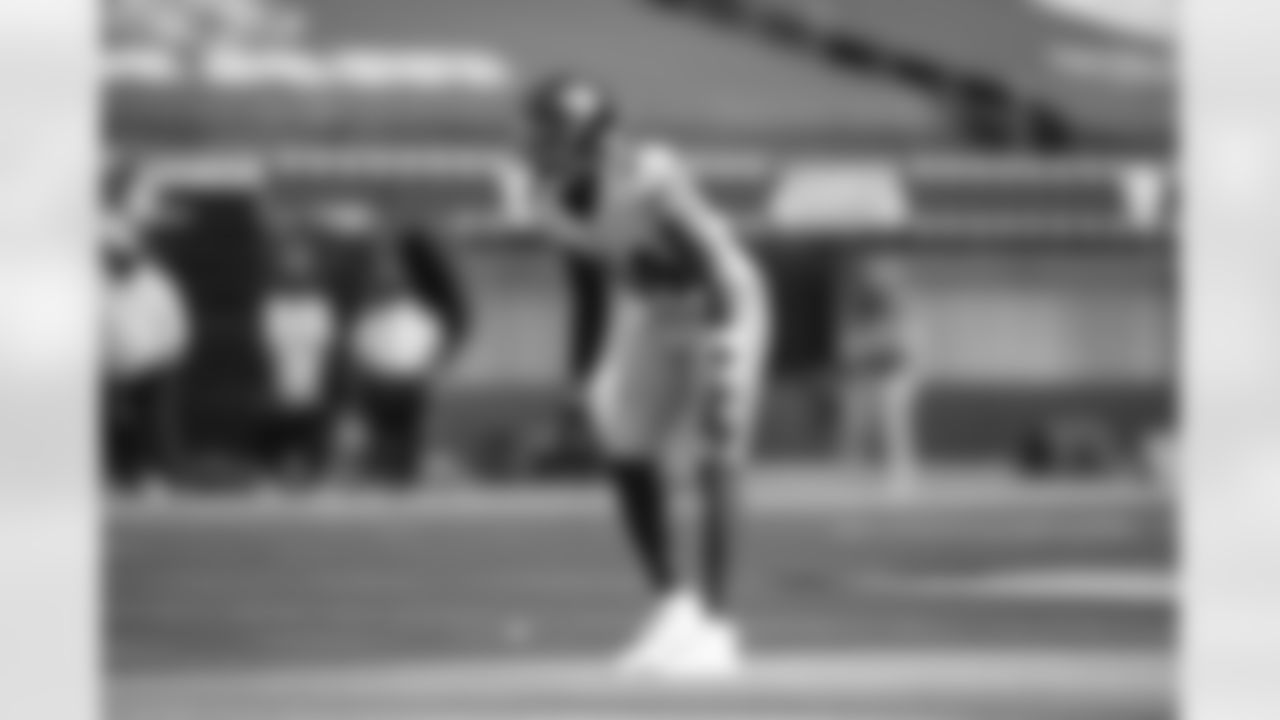
DB Adrian Colbert
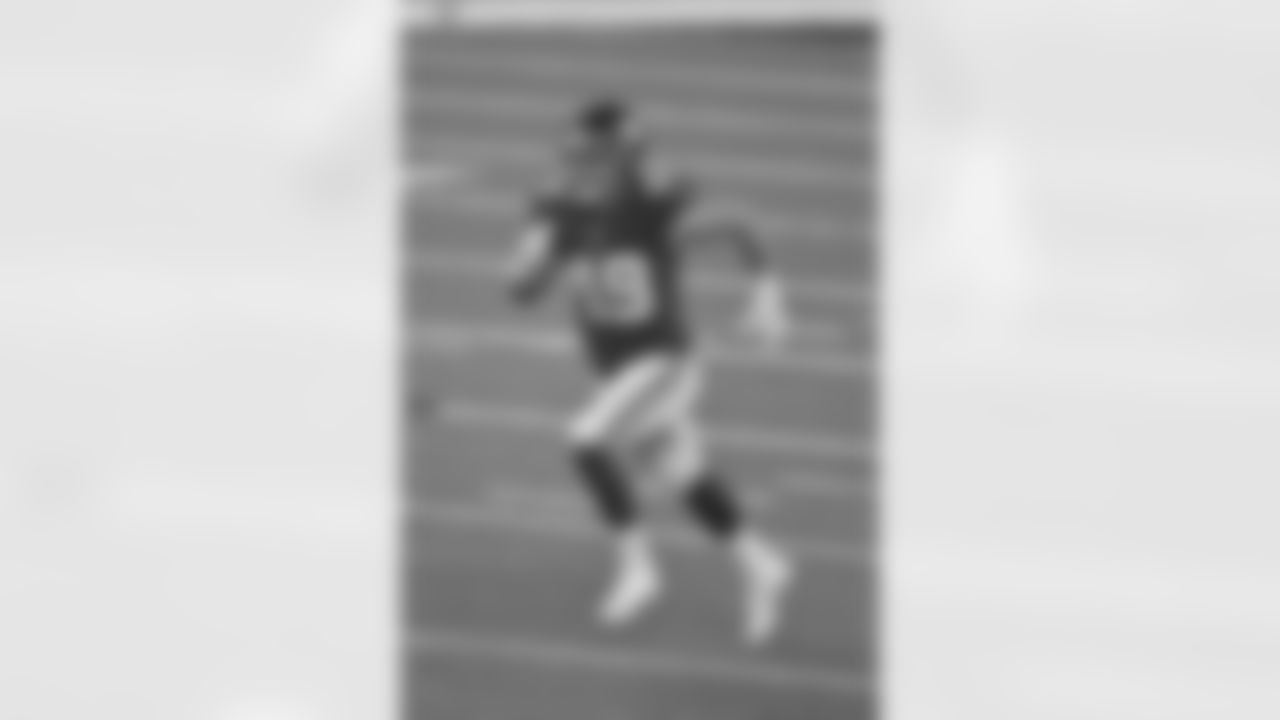
LB Carter Coughlin

LB Tae Crowder

P Riley Dixon

LB Devante Downs
(Kevin Terrell via AP)

DB Nate Ebner

TE Evan Engram

LB Kyler Fackrell

OT Cameron Fleming

RB Wayne Gallman

K Graham Gano

G Nick Gates

DB Madre Harper

G Will Hernandez

DL B.J. Hill
(AP Photo/Bill Kostroun)

DB Darnay Holmes

DT Austin Johnson

QB Daniel Jones

LS Casey Kreiter

DE Niko Lalos

DL Dexter Lawrence
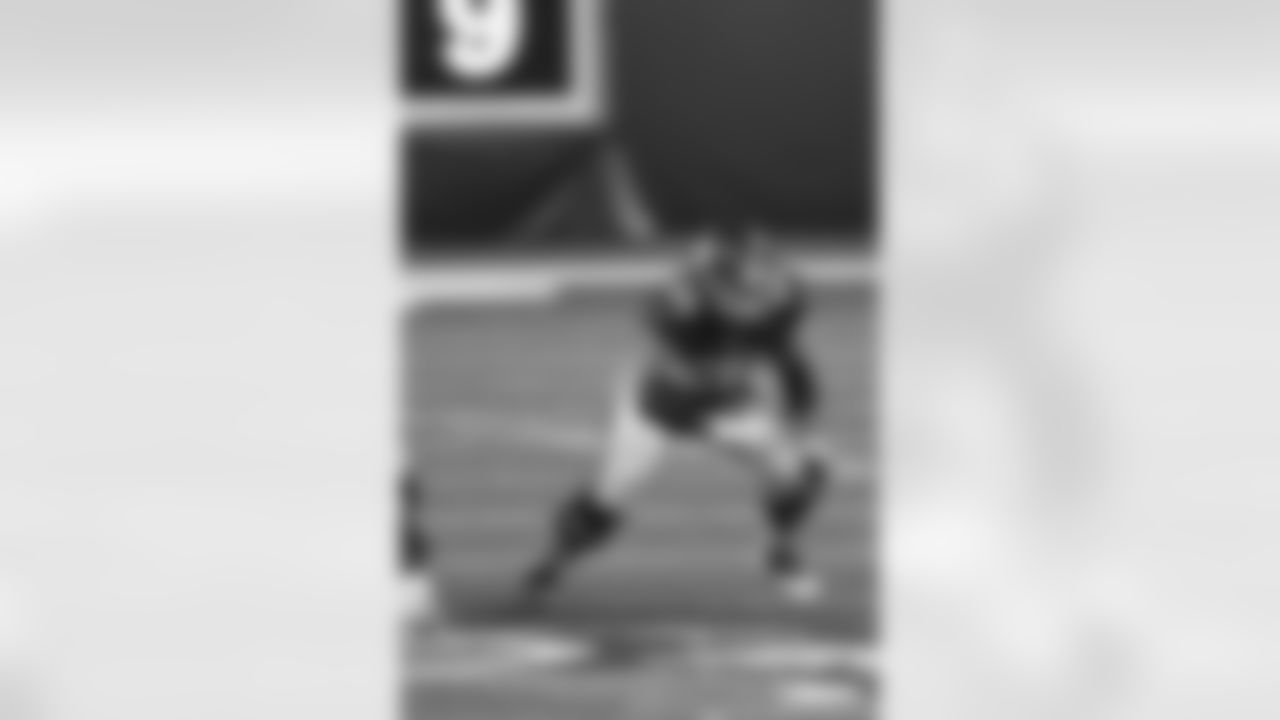
G Shane Lemieux

RB Dion Lewis

CB Julian Love

WR Austin Mack

LB Blake Martinez

LB David Mayo

QB Colt McCoy
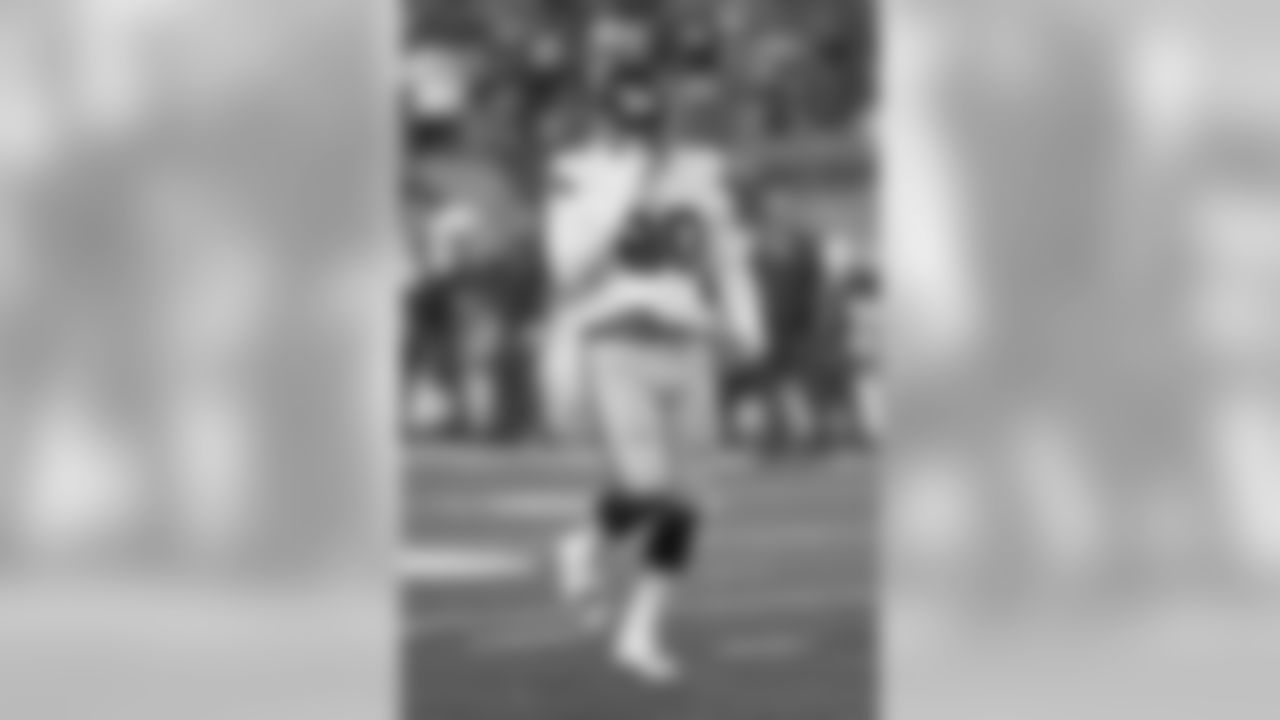
DL R.J. McIntosh
(Scott Boehm via AP)

DB Xavier McKinney

RB Alfred Morris

OL Kyle Murphy

OT Matt Peart

S Jabrill Peppers

WR Dante Pettis

C Spencer Pulley

DB Logan Ryan

DE Jabaal Sheard

WR Sterling Shepard
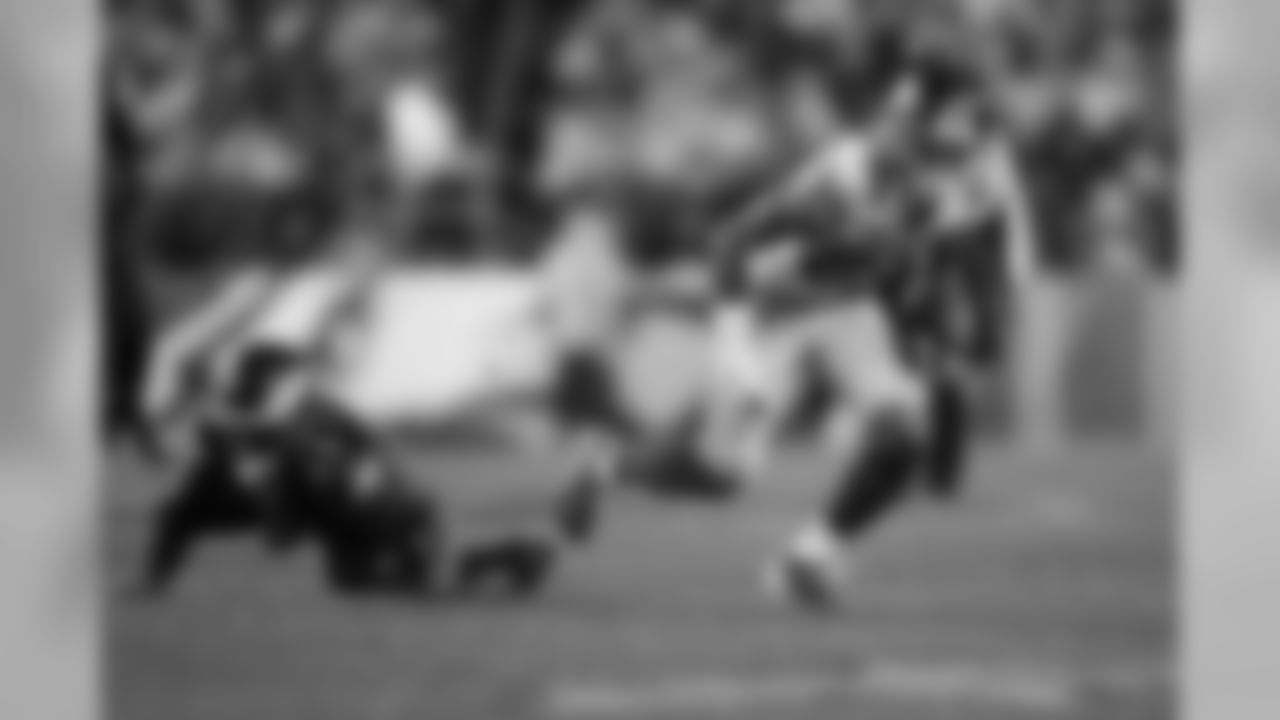
WR Darius Slayton
(AP Photo/Michael Perez)

TE Kaden Smith

WR Golden Tate III

OT Andrew Thomas

TE Levine Toilolo

DL Dalvin Tomlinson

DL Leonard Williams

CB Isaac Yiadom

G Kevin Zeitler
Inside Linebacker
If the Giants play a base 3-4 defense, they need a second inside linebacker to play next to Blake Martinez. They also will probably need a second off-ball linebacker on passing downs. They could use safety Jabrill Peppers in this role, but it's uncertain if that's being considered. Ryan Connelly is entering his second year and coming back from a torn achilles tendon injury and David Mayo was strong against the run last year. Rookies TJ Brunson, Tae Crowder, and 2019 undrafted free agent Josiah Tauaefa could also play themselves into some reps. There's also a possibility Cam Brown or Carter Coughlin move inside to claim one of these roles. Mayo is a reasonable choice on run downs, but the second off-ball linebacker in passing situations is wide open.
Outside Cornerback
James Bradberry is secure in his starting spot on one side, but who plays opposite him? The Giants have invested multiple draft picks at the position in the last few years and each of them - DeAndre Baker, Sam Beal, and Corey Ballentine - will have a chance. Baker is dealing with off-the-field issues, and coming off an up-and-down rookie season as last year's third first-round pick. Beal (shoulder, hamstring) has been unable to stay healthy over his first two seasons after being drafted in the third round of the 2018 supplemental draft. Ballentine struggled playing inside as a rookie but didn't have much of an opportunity to play outside, where he excelled in college and during training camp. One sleeper to watch is Montre Hartage, who was an undrafted free agent with the 2019 Dolphins and bounced between their roster and practice squad under defensive coordinator Patrick Graham. This could be the most important position battle of them all.
Nickel Cornerback
Grant Haley, a 2018 undrafted free agent, is the incumbent, with 12 starts at nickel in his first two seasons. Corey Ballentine started two games at the end of last year but had never played inside prior to arriving with the Giants. In April, the Giants drafted Darnay Holmes, an extremely athletic 5-9 corner from UCLA in the fourth round. His athletic package profiles as someone who should succeed playing inside, where he excelled at the Senior Bowl. It would not surprise me if the rookie figures out a way to win this battle by the end of camp or a few games into the regular season. There's also a possibility that second-year pro Julian Love gets time at slot corner, a position he sometimes played in college. Seventh-round pick Chris Williamson is an under-the-radar player who could compete here.
Safety
I feel fairly confident that Jabrill Peppers will be one of the starting safeties in their base defense. It makes sense to think that second-round pick Xavier McKinney will be the other starter, but Julian Love (a former fourth-round pick) may have something to say about that. All three of these players are versatile, which should give Patrick Graham a lot of options to move them around. This is less of a competition and more of an opportunity to see how he will use their respective talents. I expect all three to be frequently on the field together.

Giants App
Download the Giants' official app for iPhone, iPad and Android devices
















